Learning Across the
Senior School

Learning Across the
Senior School
Last week, our Stage 2 Legal Studies students had the privilege of hearing from Old Scholar Amber Hallett (2024), who returned to share her insights and experiences with the current Legal Studies cohort.
Amber, a Stage 2 Legal Studies Merit recipient, is now studying a double degree in Law and Commerce at the University of Adelaide. She generously offered practical advice on preparing for the external exam, managing the Folio and Inquiry, and maintaining balance during Year 12.
Students found her study tips especially helpful — from time management strategies and healthy revision habits to staying grounded and keeping perspective.
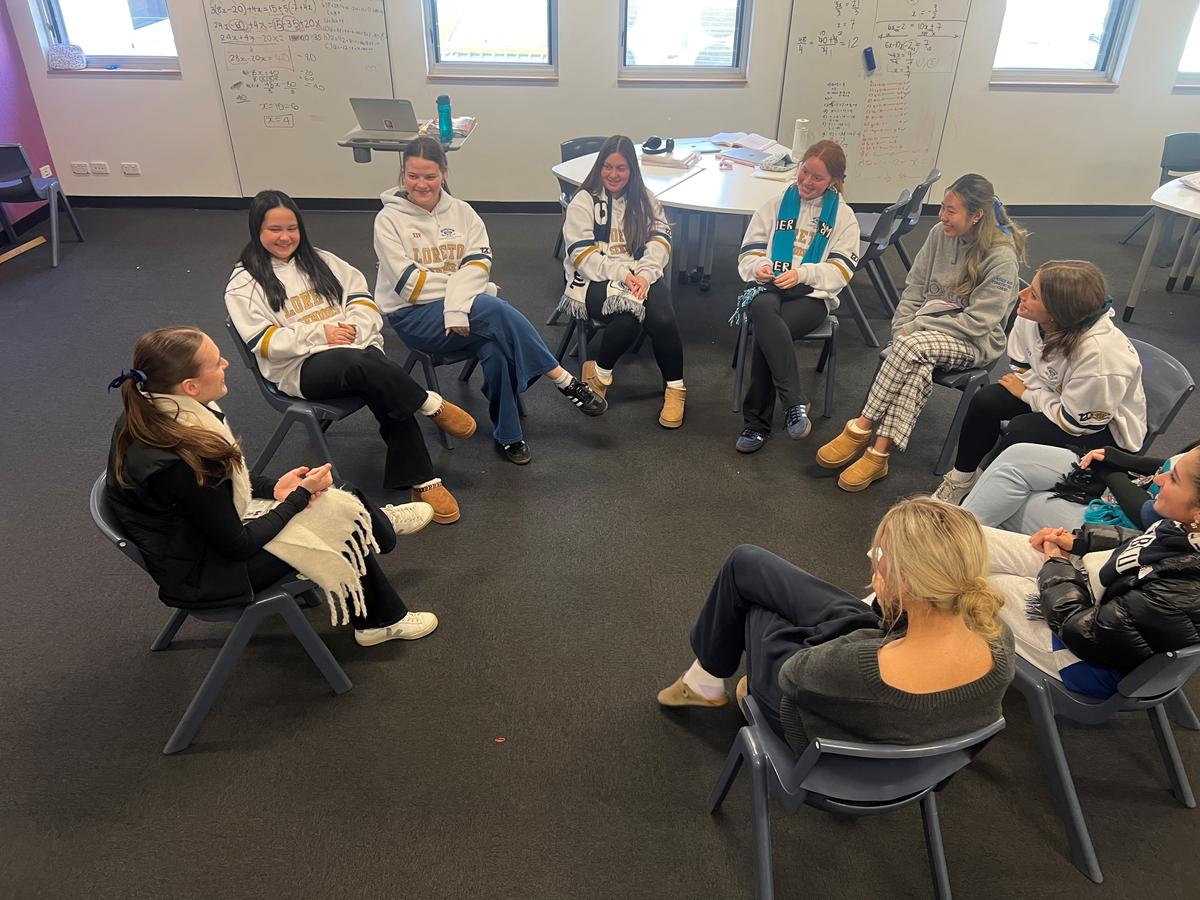
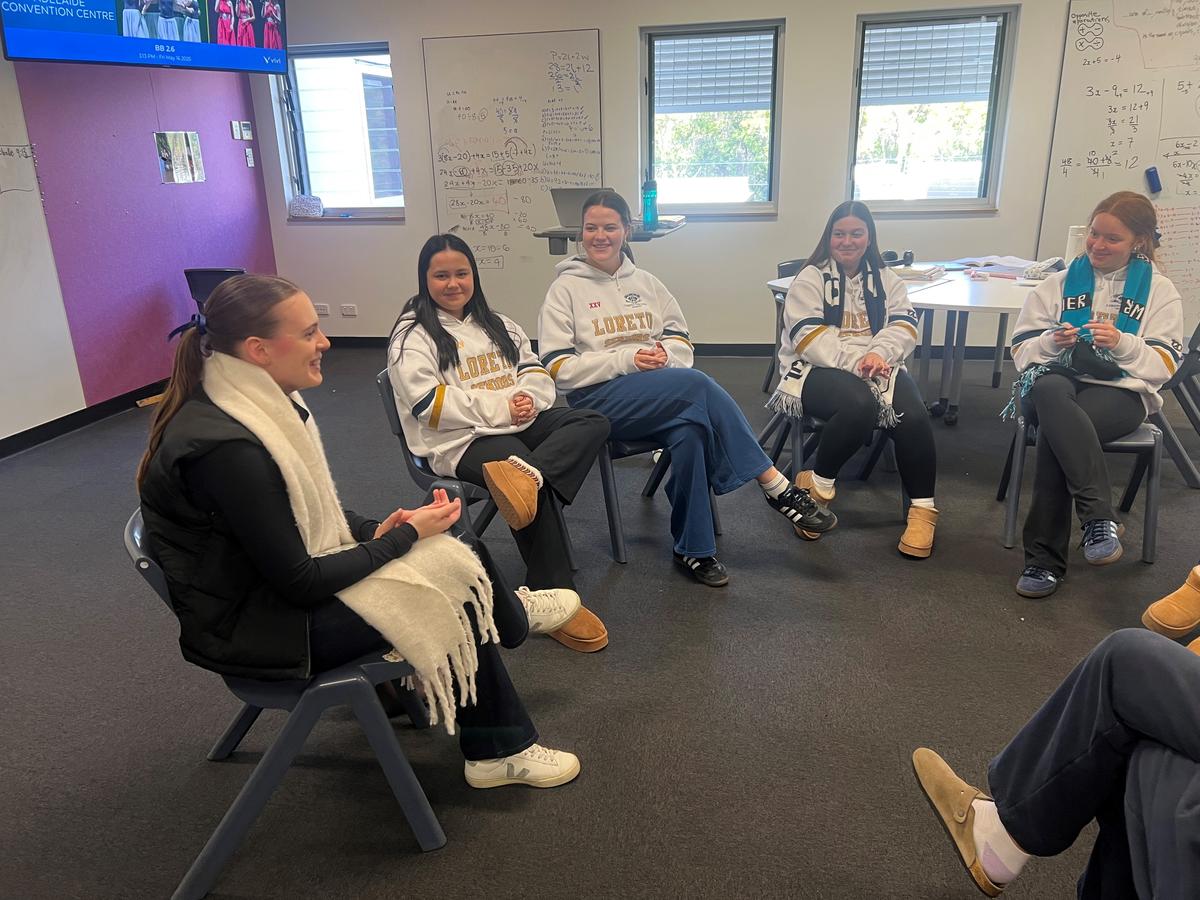
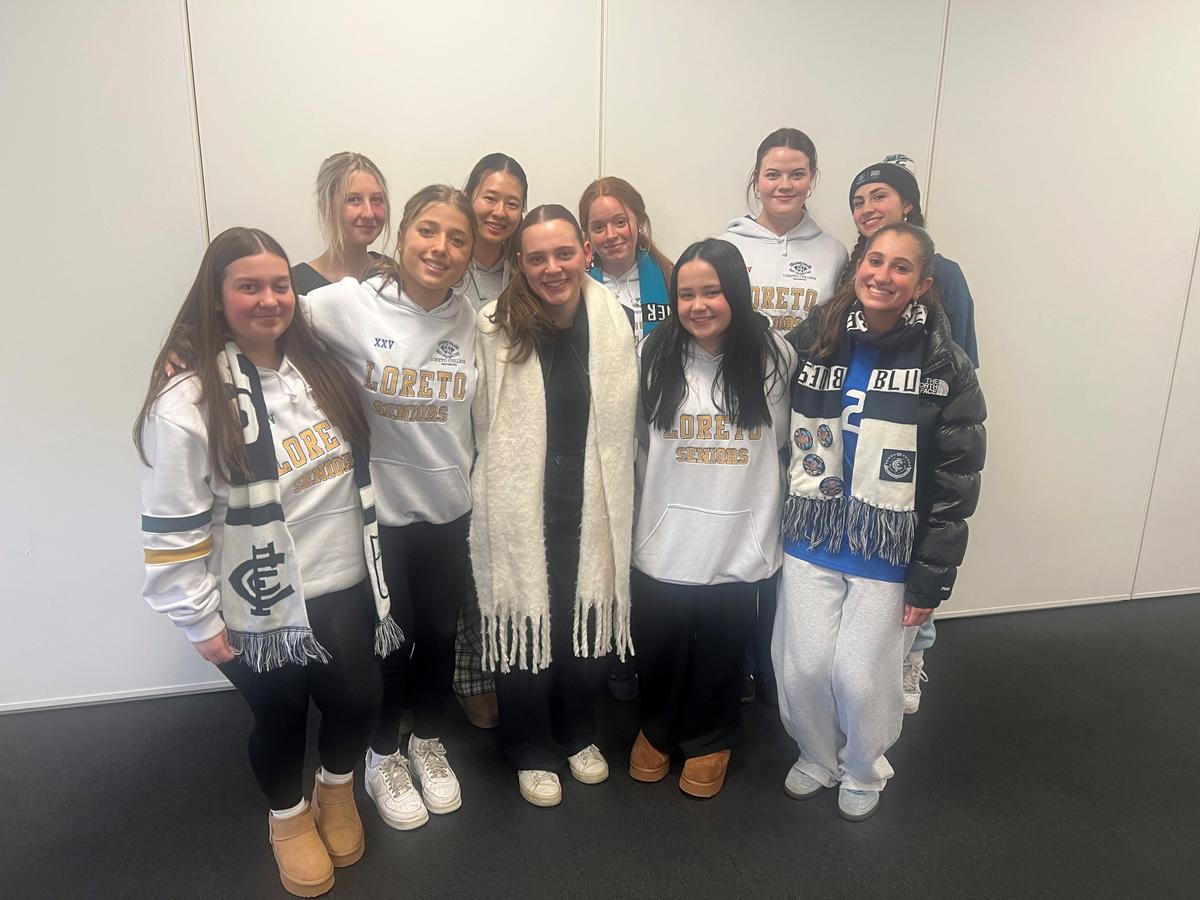
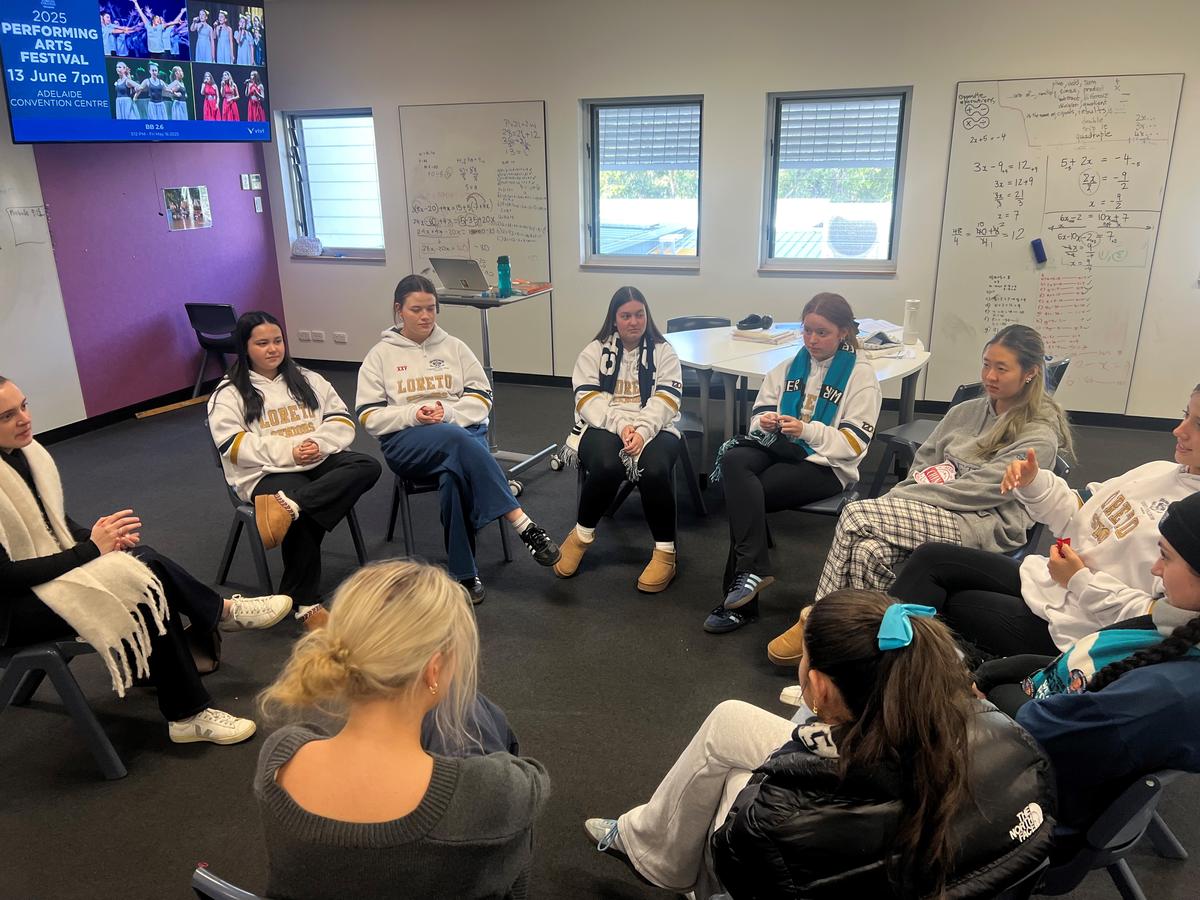
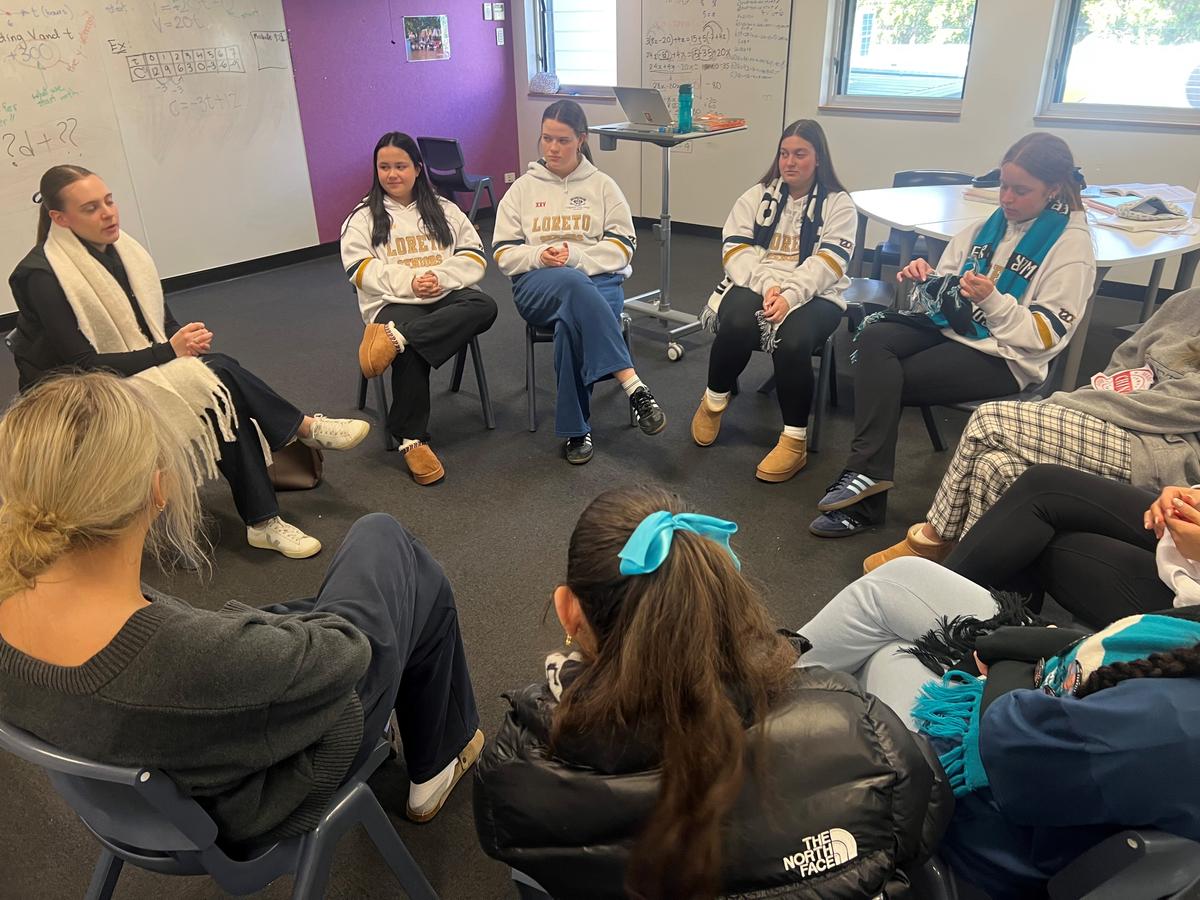





We are incredibly grateful to Amber for giving back to our school community. Her visit left a lasting impression, and the students walked away feeling better equipped for the year ahead.
#MaryWardCircleofFriends!
Sam Ruggiero-Girgolas
Humanities Teacher
Prayer is an important part of our spiritual journey, especially for Year 7 students as they begin to grow in faith and discover their personal connection with God. Prayer offers a quiet space to pause, reflect, and feel grounded in the presence of something greater. It is not just about saying words; it is about opening our hearts, expressing gratitude, seeking guidance, and listening for God in the stillness of our lives.
For poet Mary Oliver, prayer was not confined to formal words or rituals. She believed that attention itself, especially to the beauty of nature, was a form of prayer. In her poem Praying, she writes about “a doorway into thanks,” suggesting that being fully present and aware of the world around us can draw us closer to the sacred. For Oliver, prayer could be as simple as standing still in a field and noticing the movement of light or the call of birds.
Recently, our Year 7 students experienced this kind of prayer in the College gardens. Surrounded by trees, flowers, and fresh air, they were invited to slow down and reflect silently. Some journaled, others simply breathed and observed. The peaceful setting helped students feel calm, connected, and open to God in a new way. This experience reminded them that prayer does not always need to be spoken; it can be found in stillness, in wonder, and in the natural beauty that surrounds us. Through this time in the gardens, students discovered that prayer is not just something we do; it is something we live.
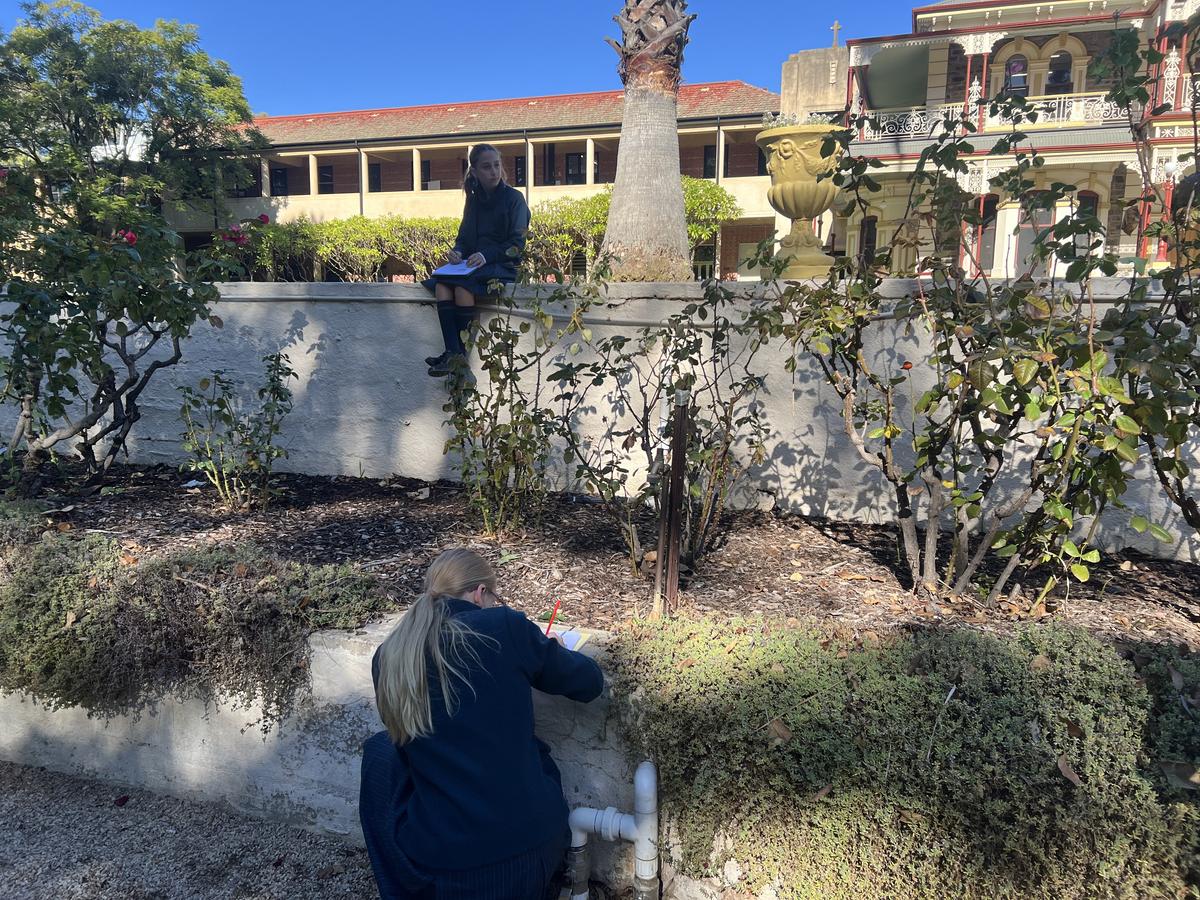
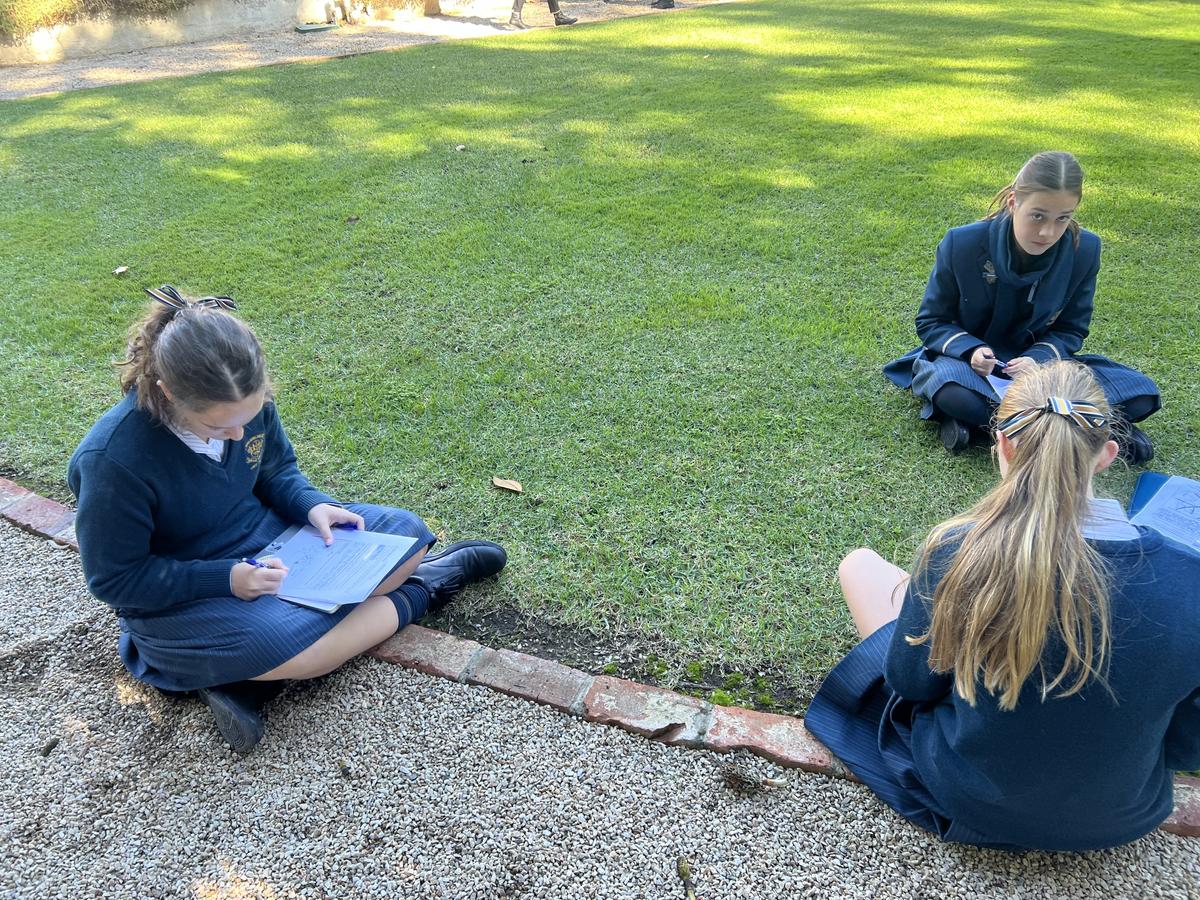
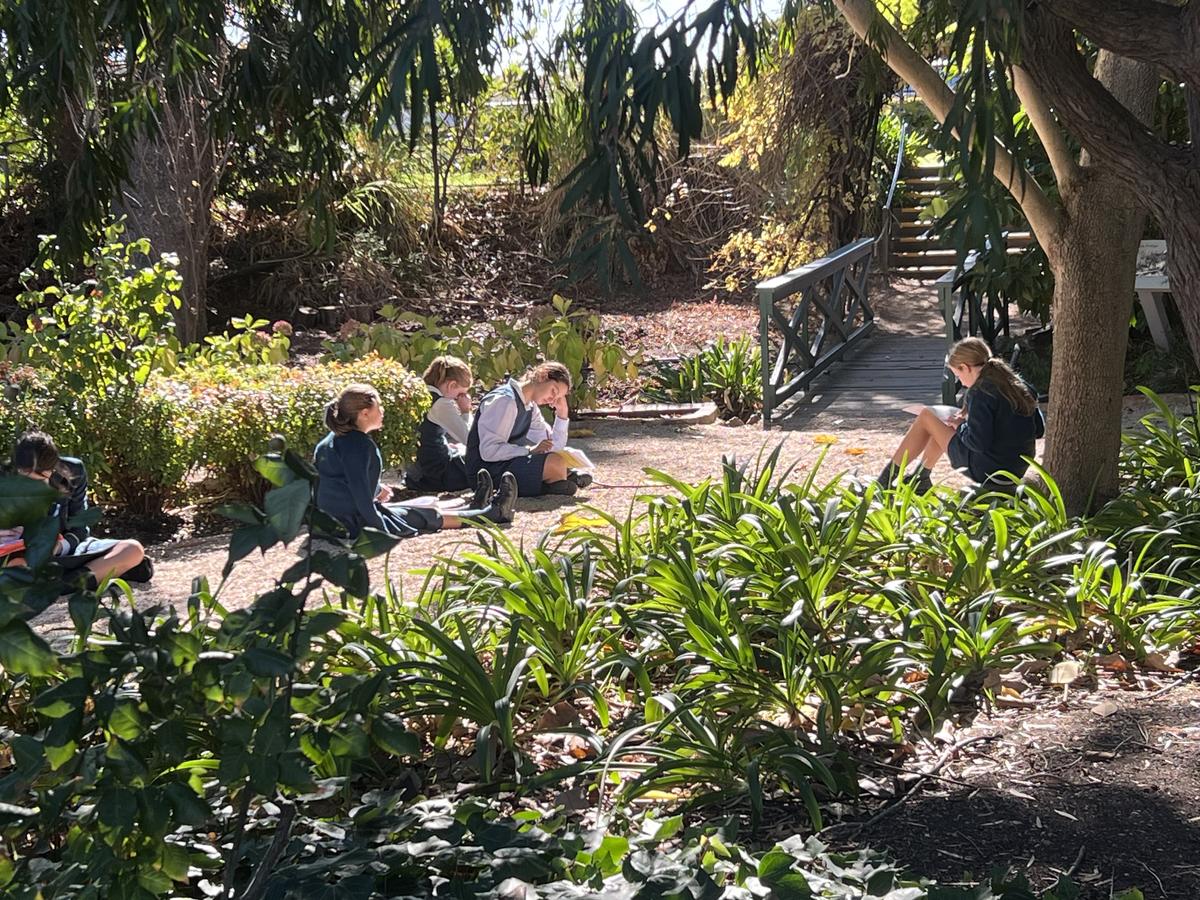
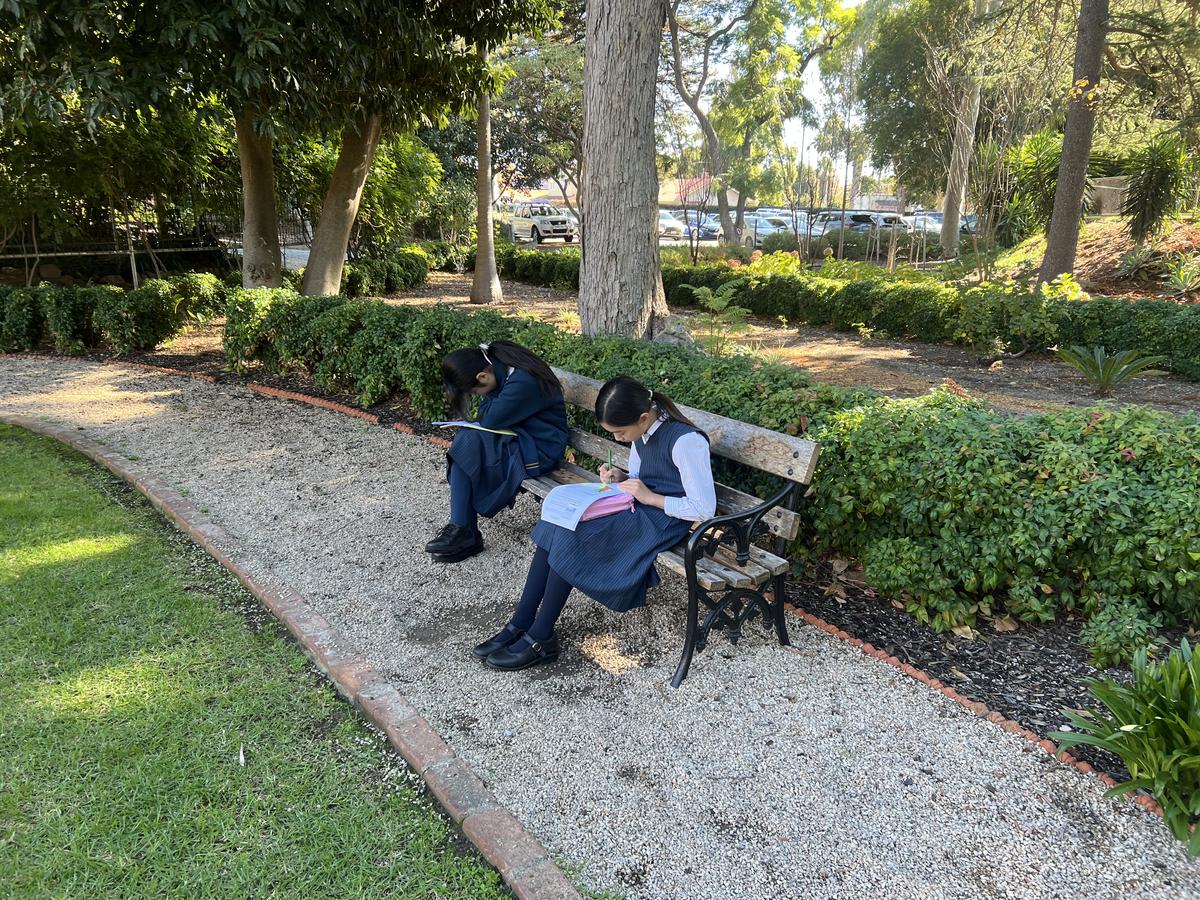
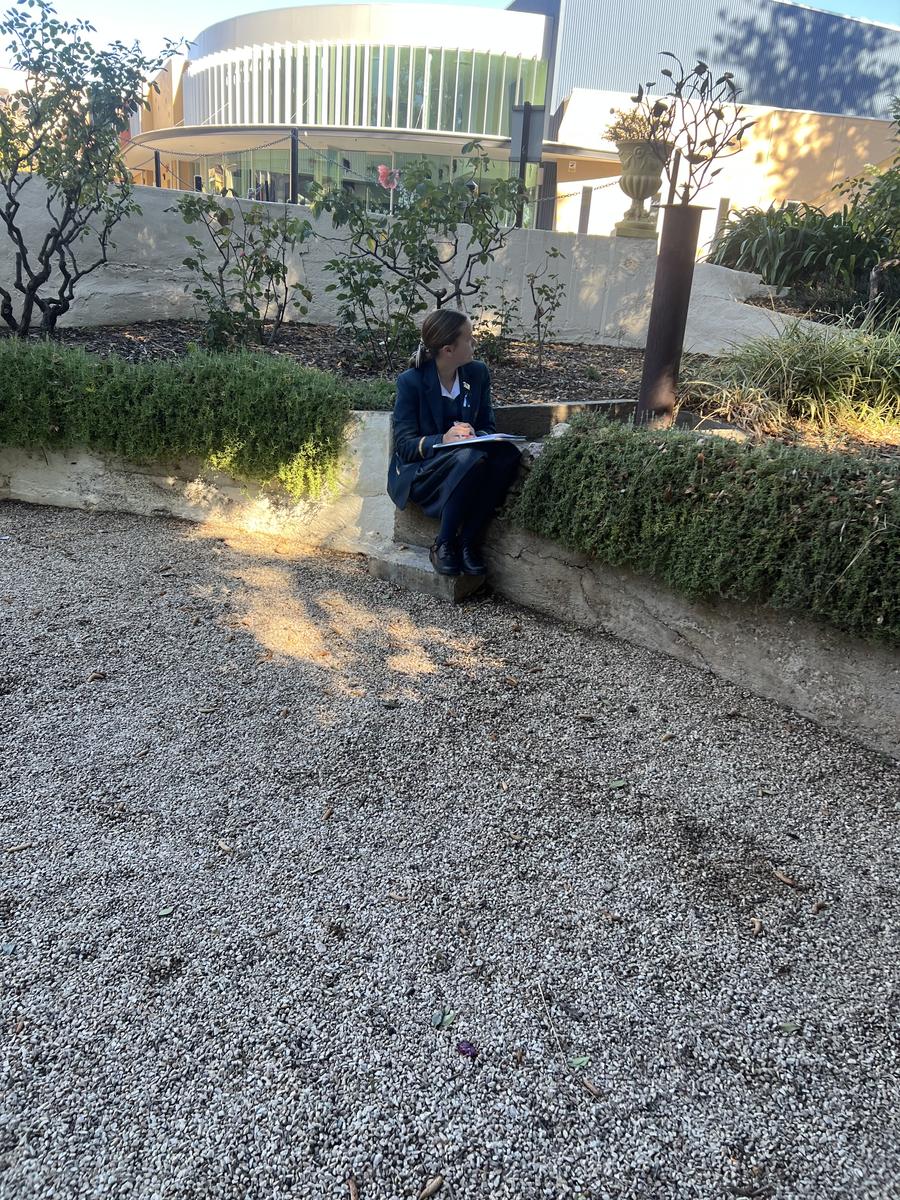





Nancy Rodi
Learning Leader Religious Education 7-12
Visual Art students are in the final stages of refining their major practical works for this year’s ELC to Year 11 Art Exhibition, to be held in August. These artworks are the result of many weeks of creative exploration and persistence.
Throughout the semester, students have been supported by a structured curriculum that focuses on building both technical and conceptual skills. This approach has helped them develop the confidence and independence needed to refine their initial ideas into resolved, expressive artworks.
As part of the creative process, students engage in continuous problem-solving, making decisions regarding imagery, composition, materials, and meaning. This practice fosters resilience, adaptability, and perseverance. In Years 9 and 10, several students have embraced the opportunity to collaborate, mirroring contemporary art practices that value teamwork and shared creativity.
Opportunities like the annual exhibition are an important part of the Visual Arts curriculum. They give students a chance to exhibit, share their ideas, and contribute to the creative spirit of our school. We look forward to welcoming families in August to view the diverse and exciting work on display.
Year 7: Drawing with Colour and Tone
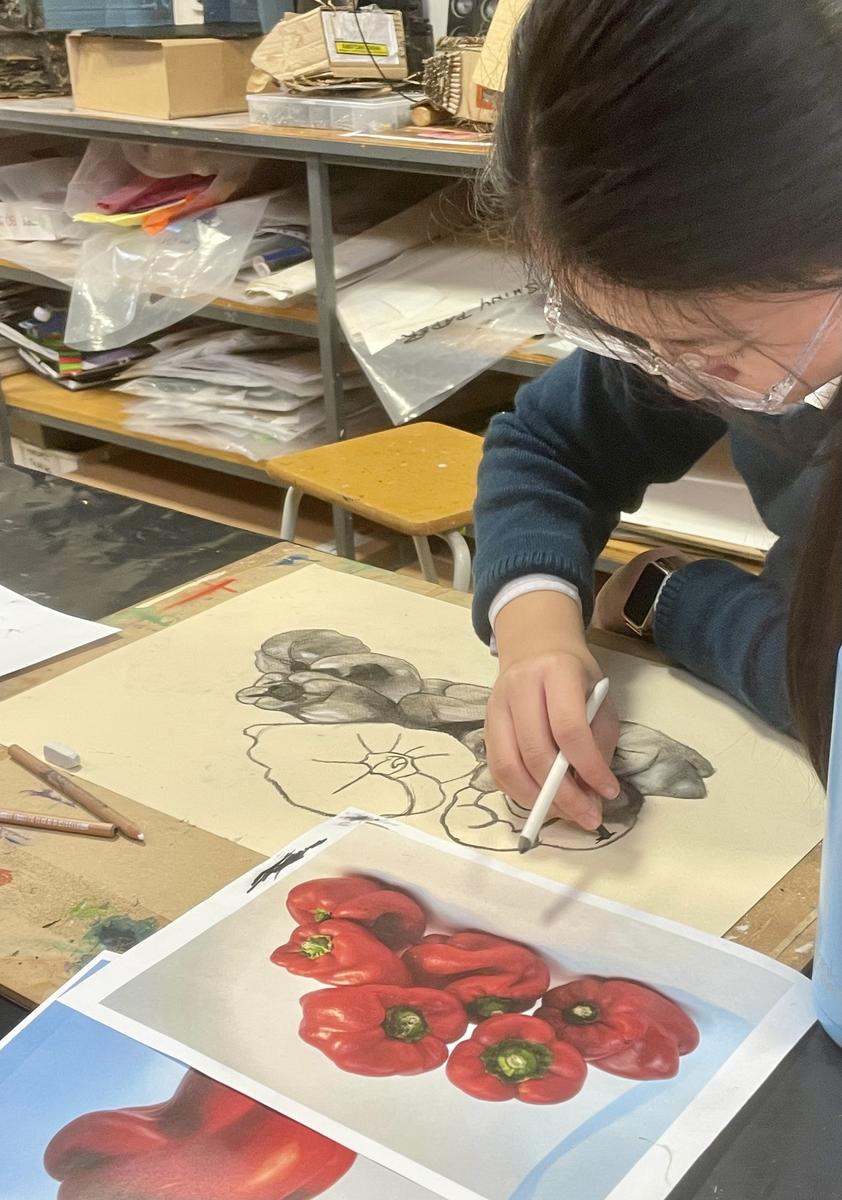
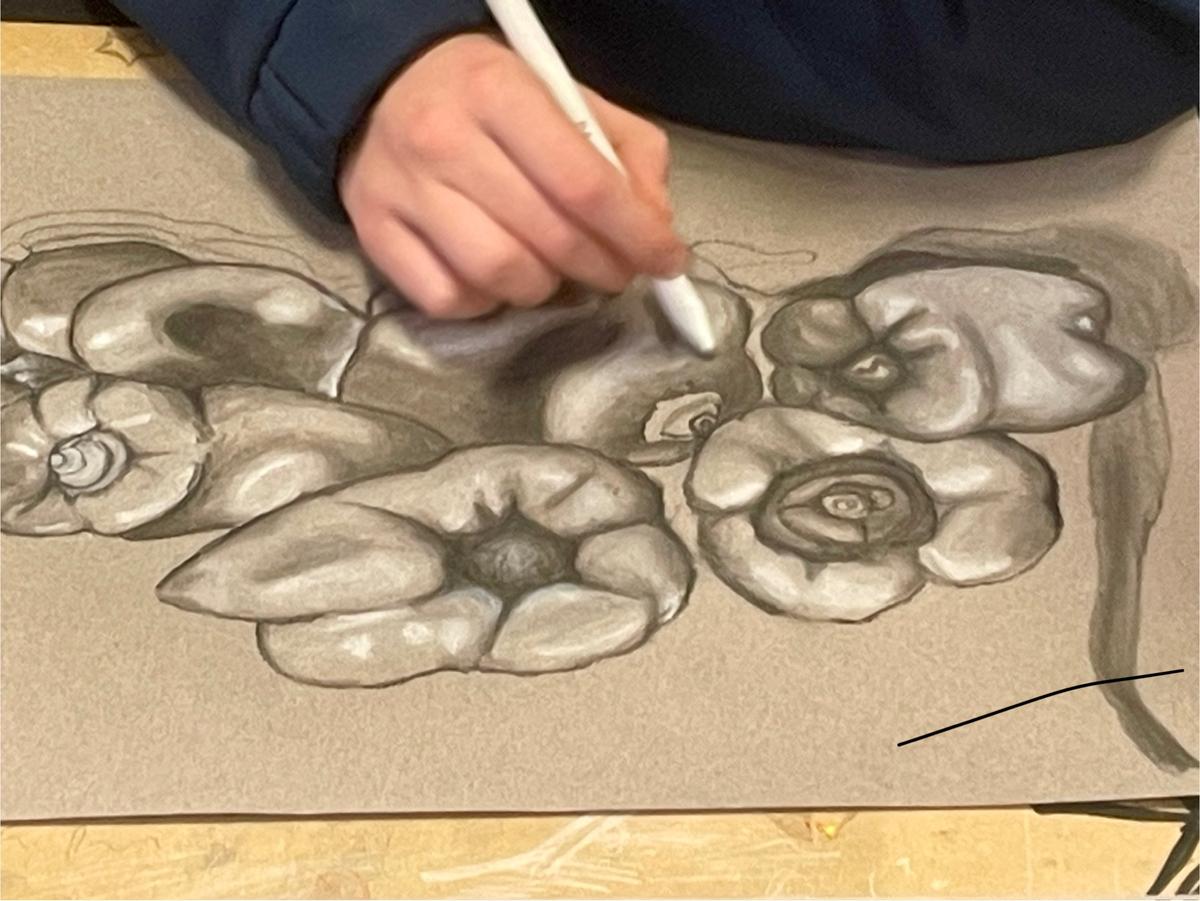
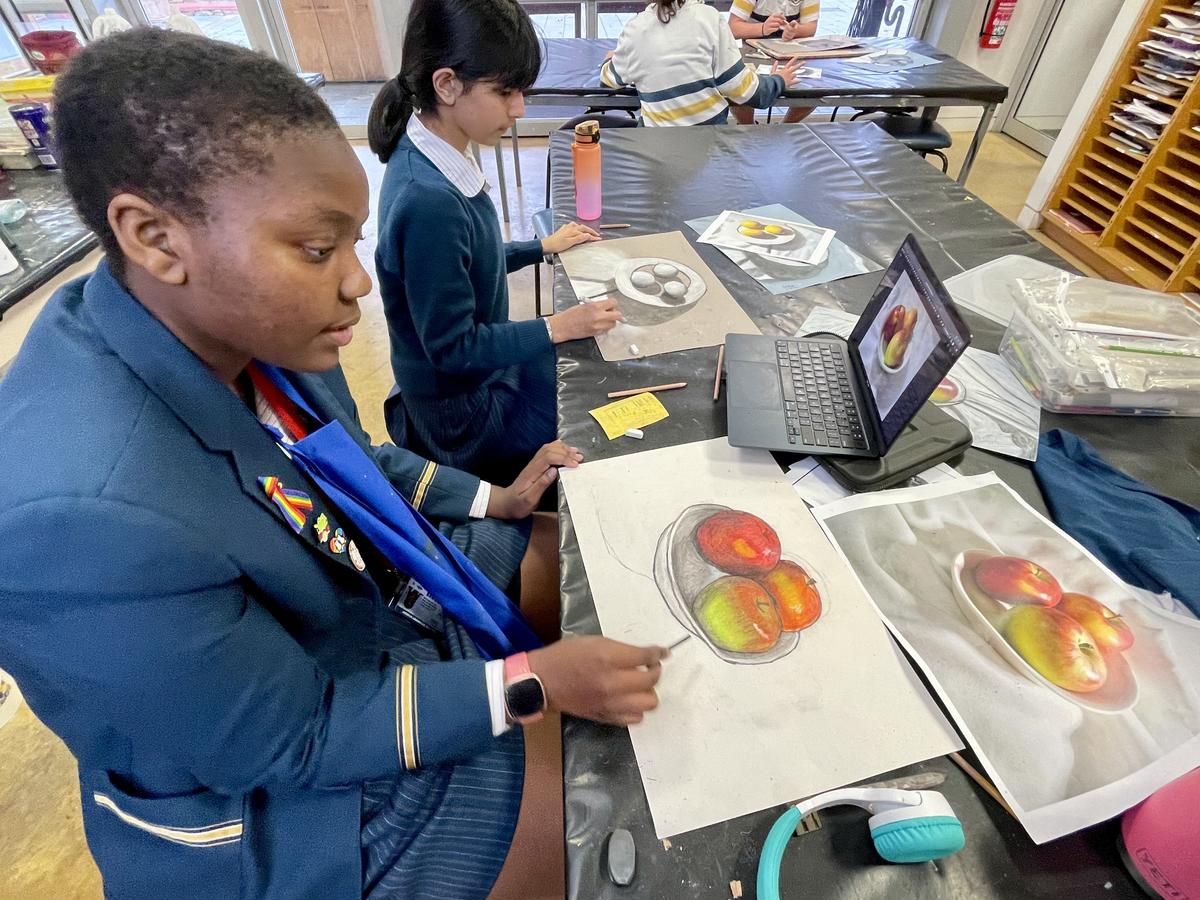
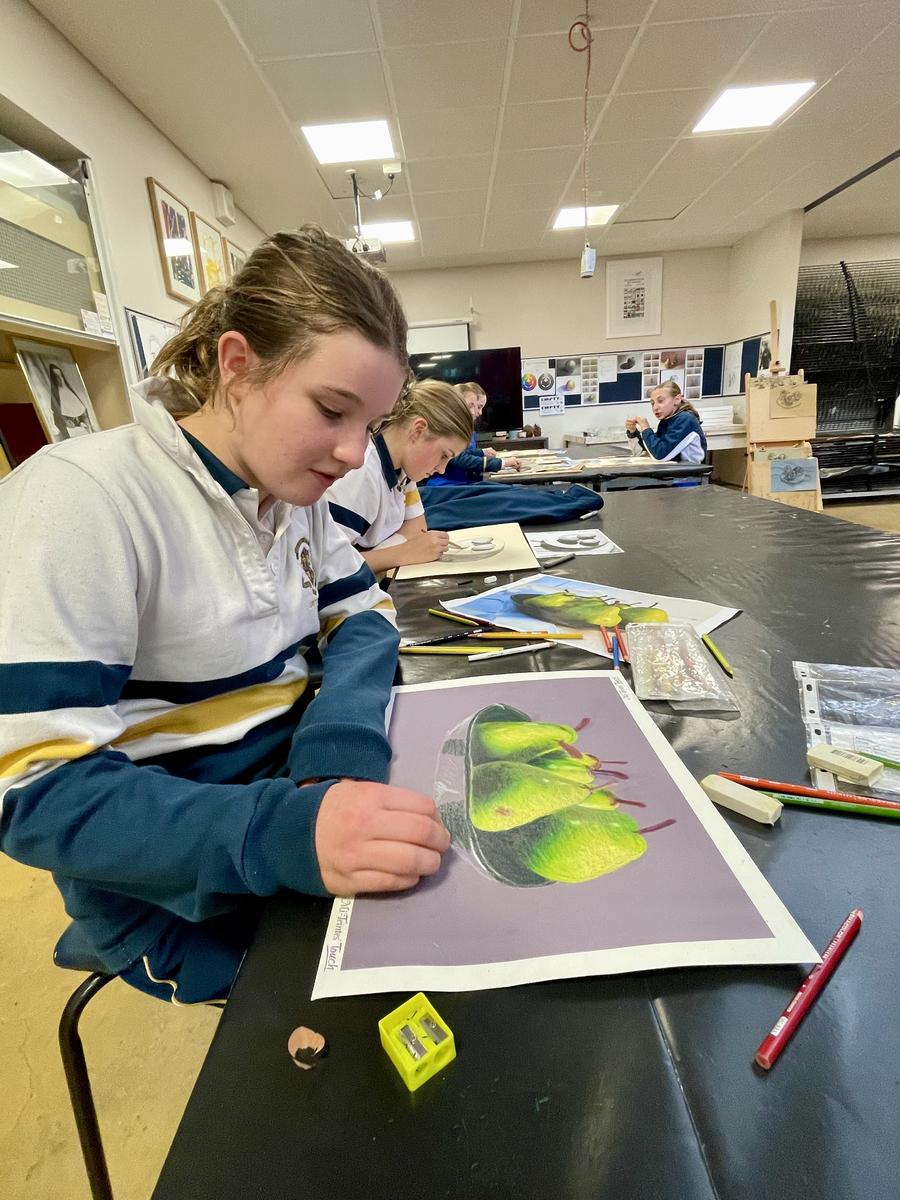

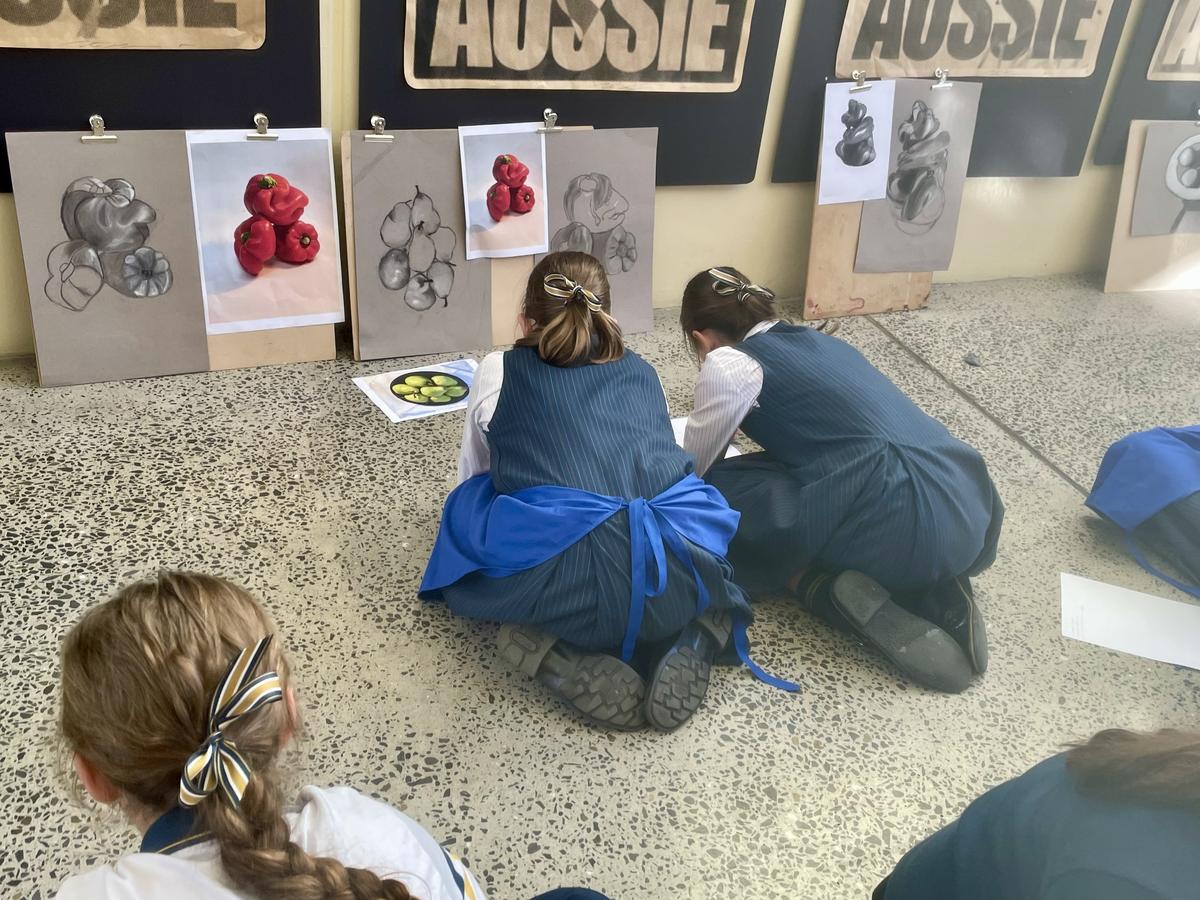
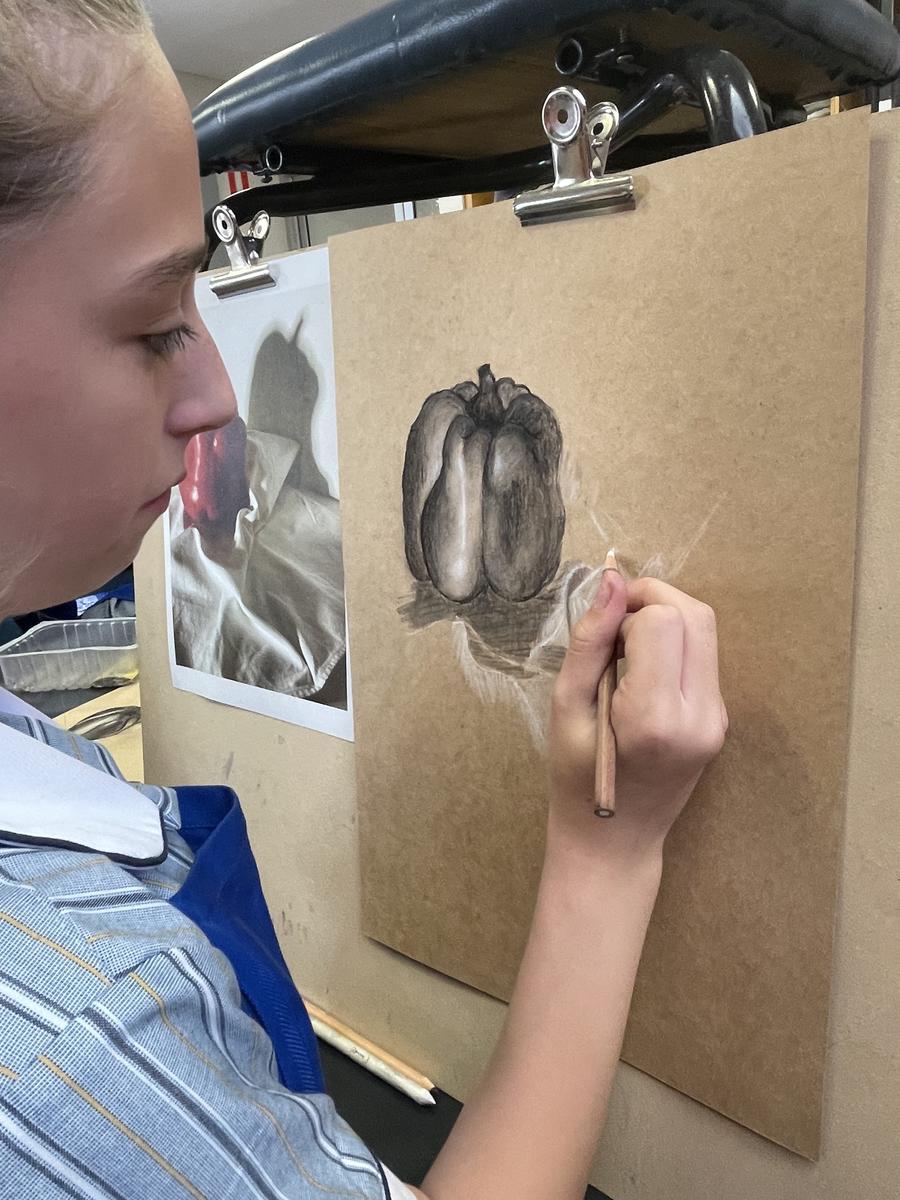
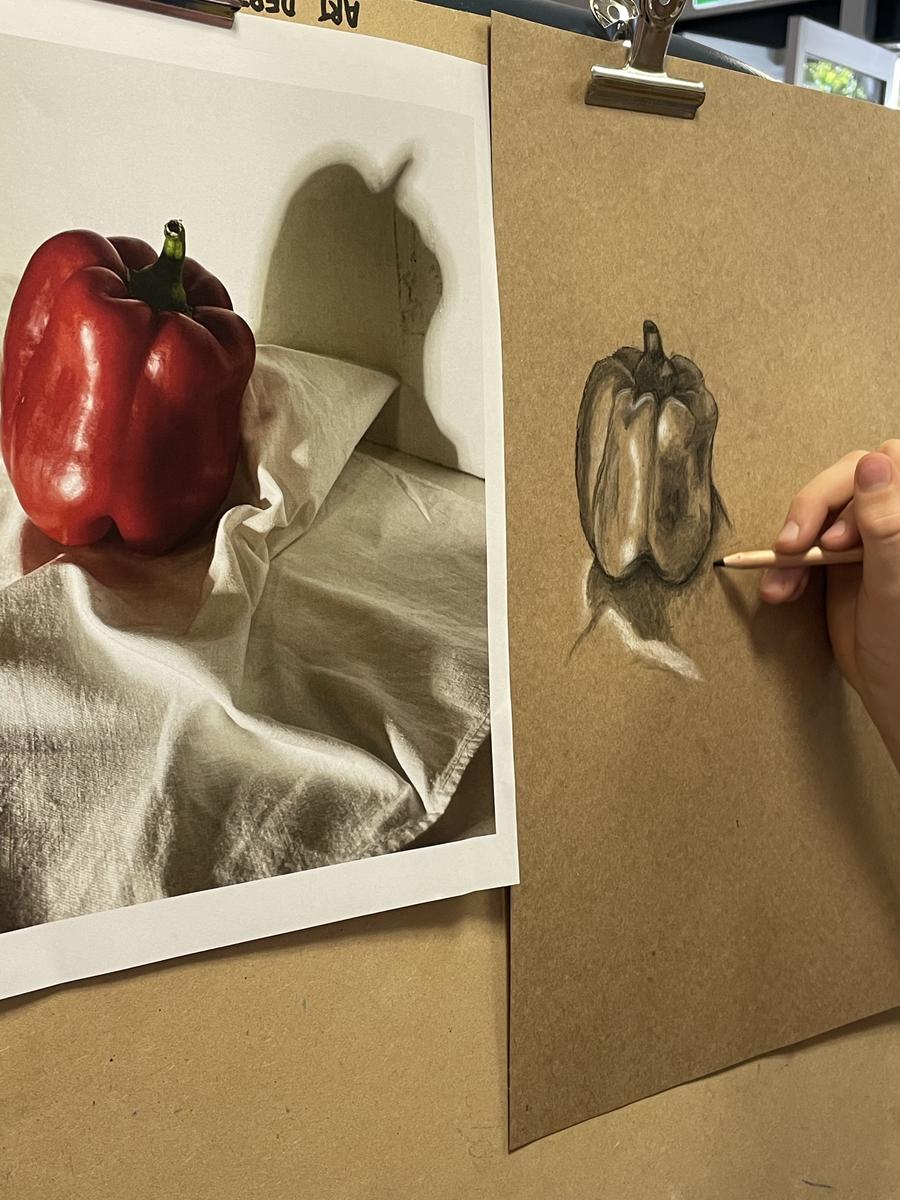
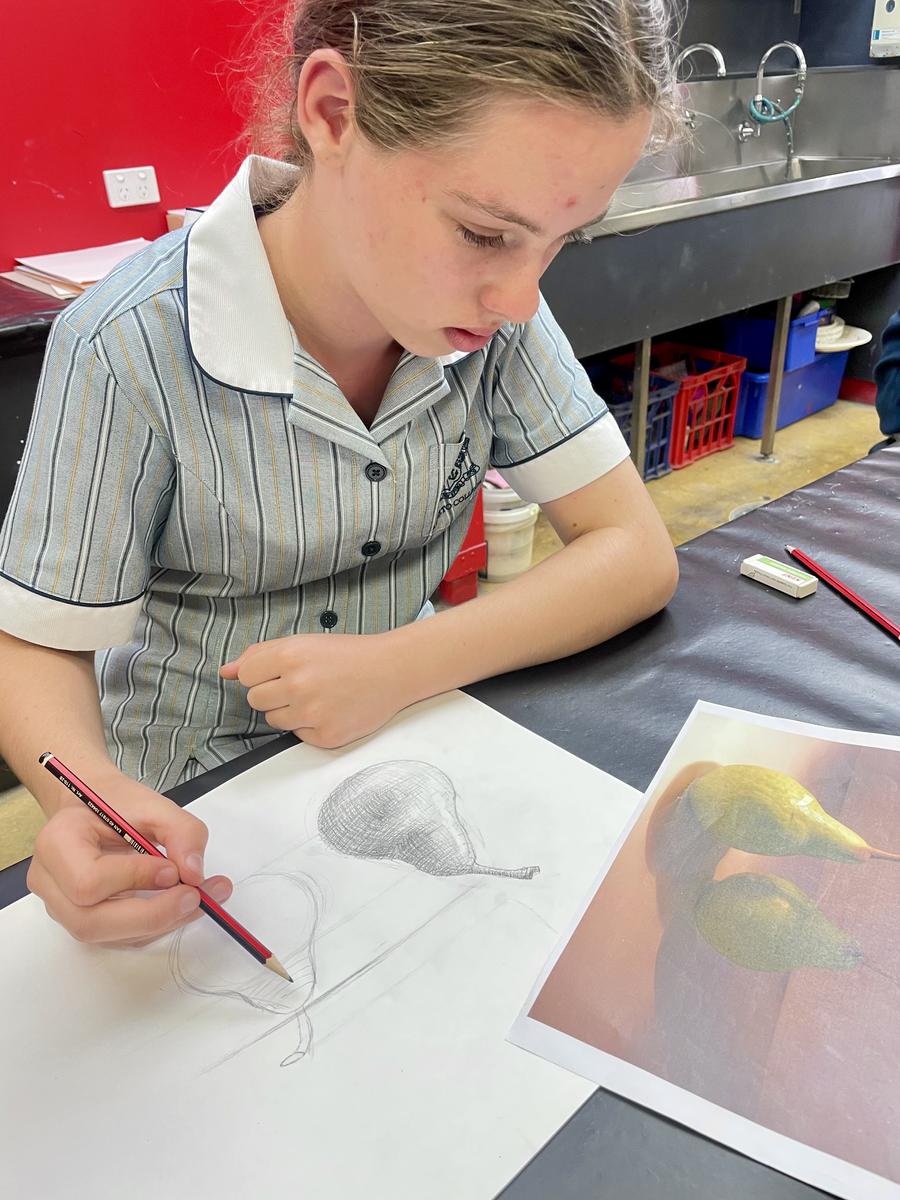
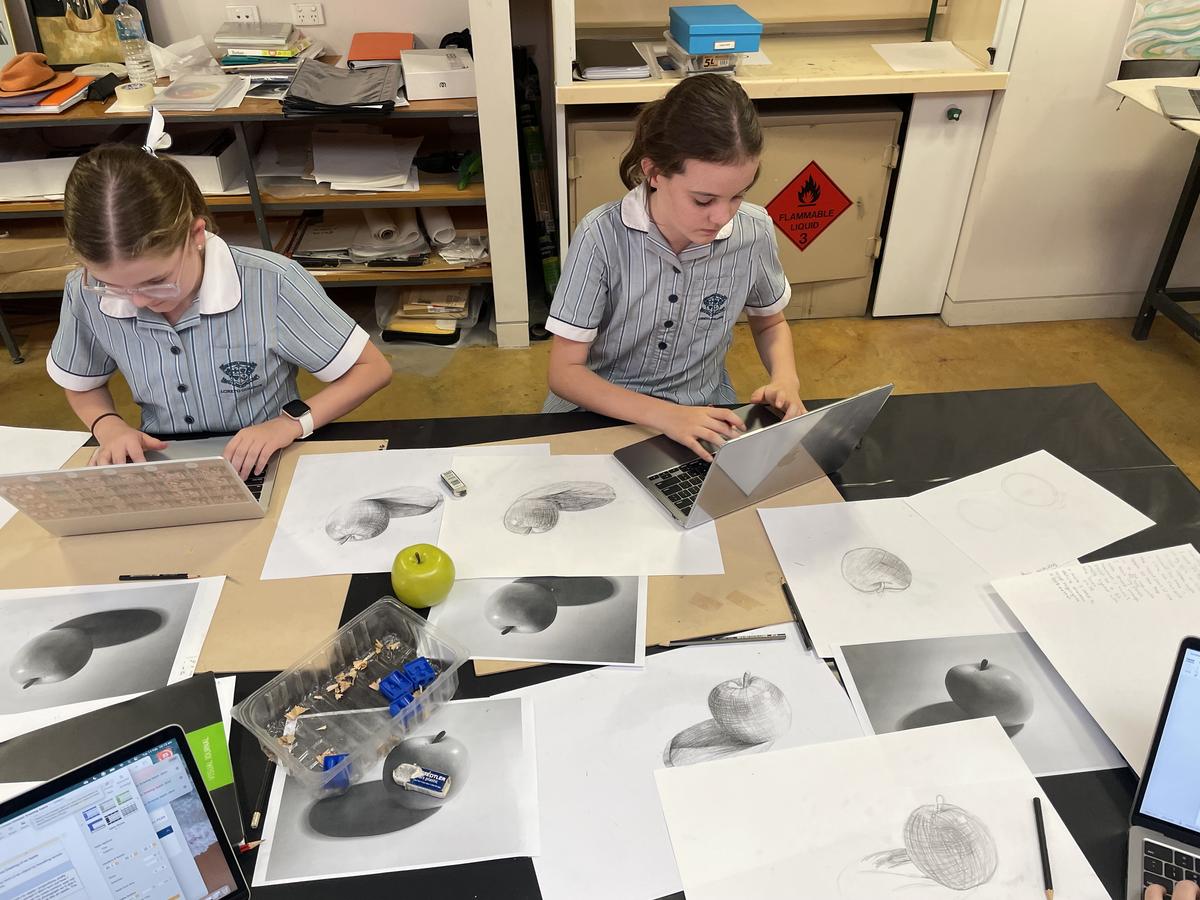
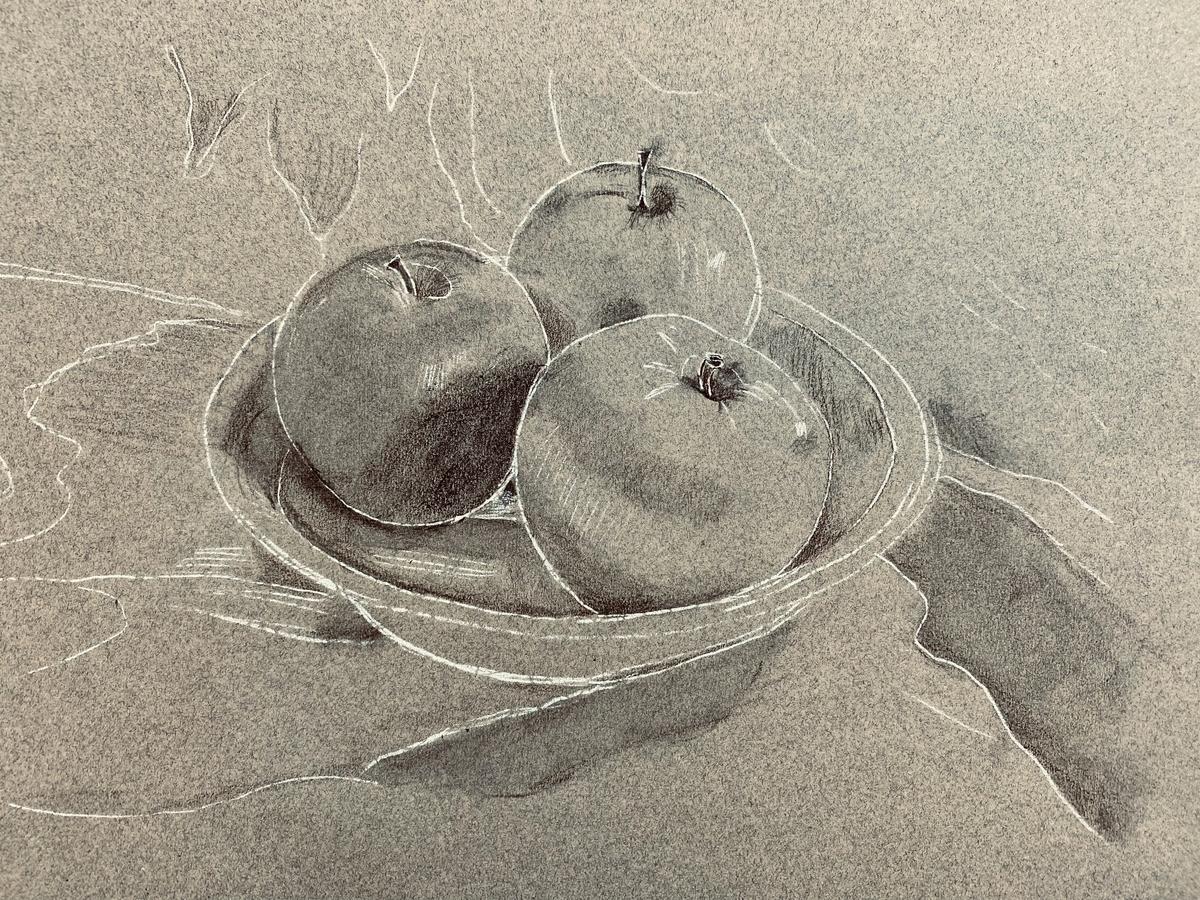
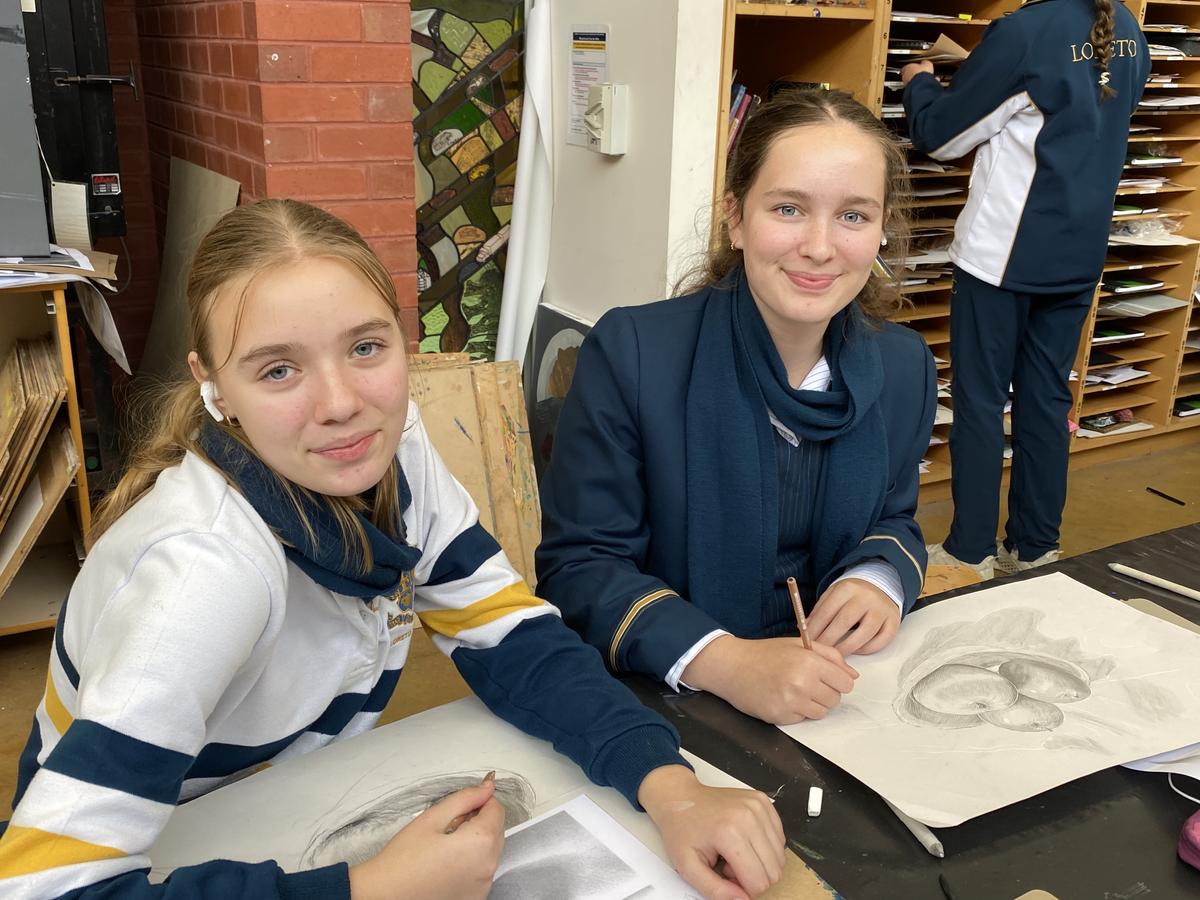
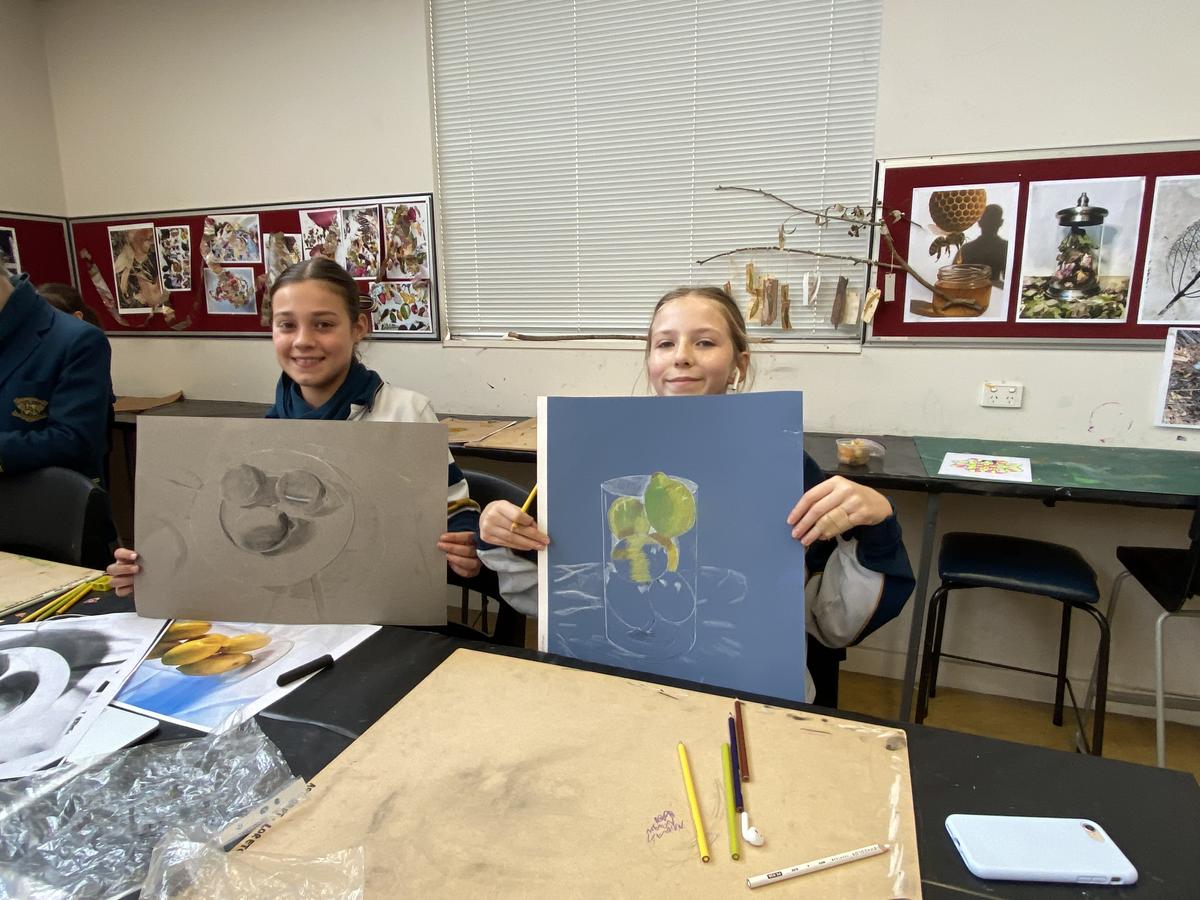
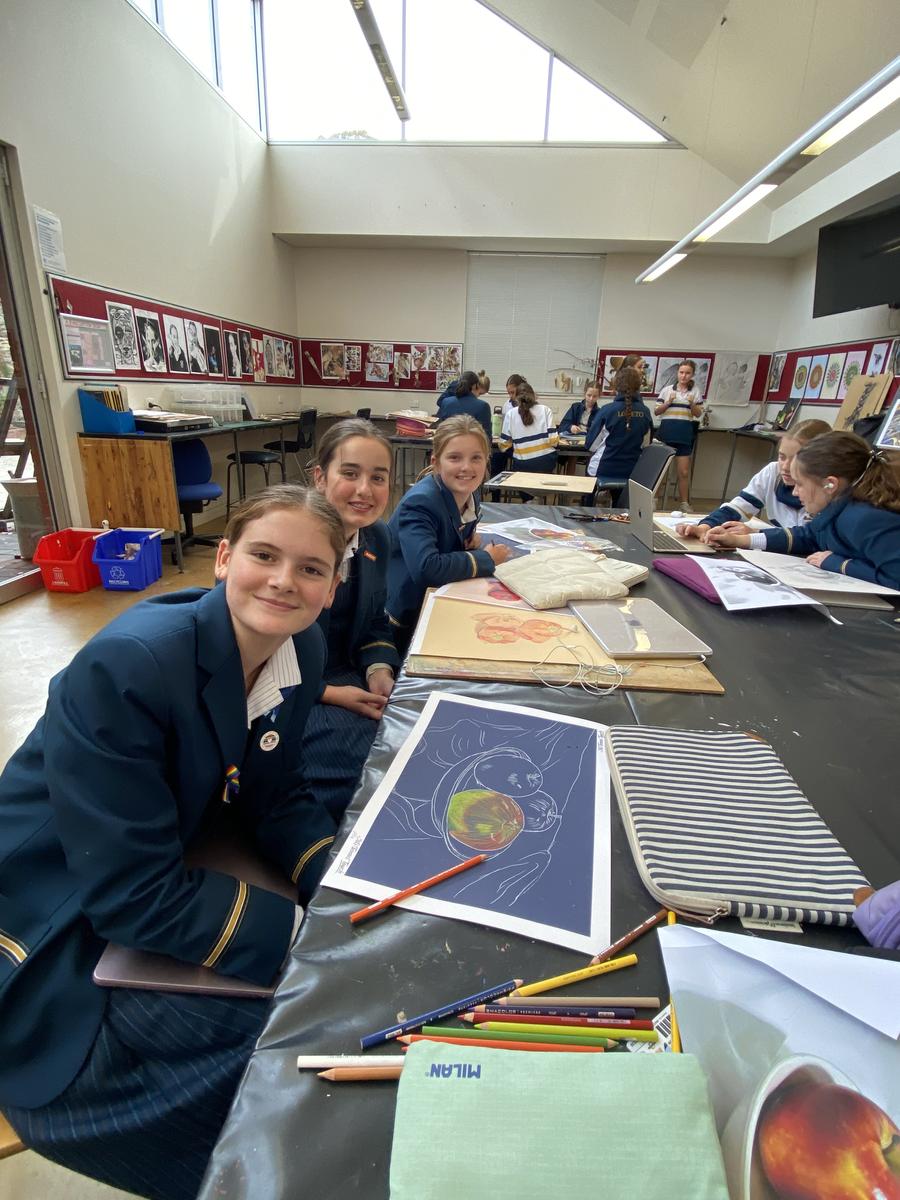
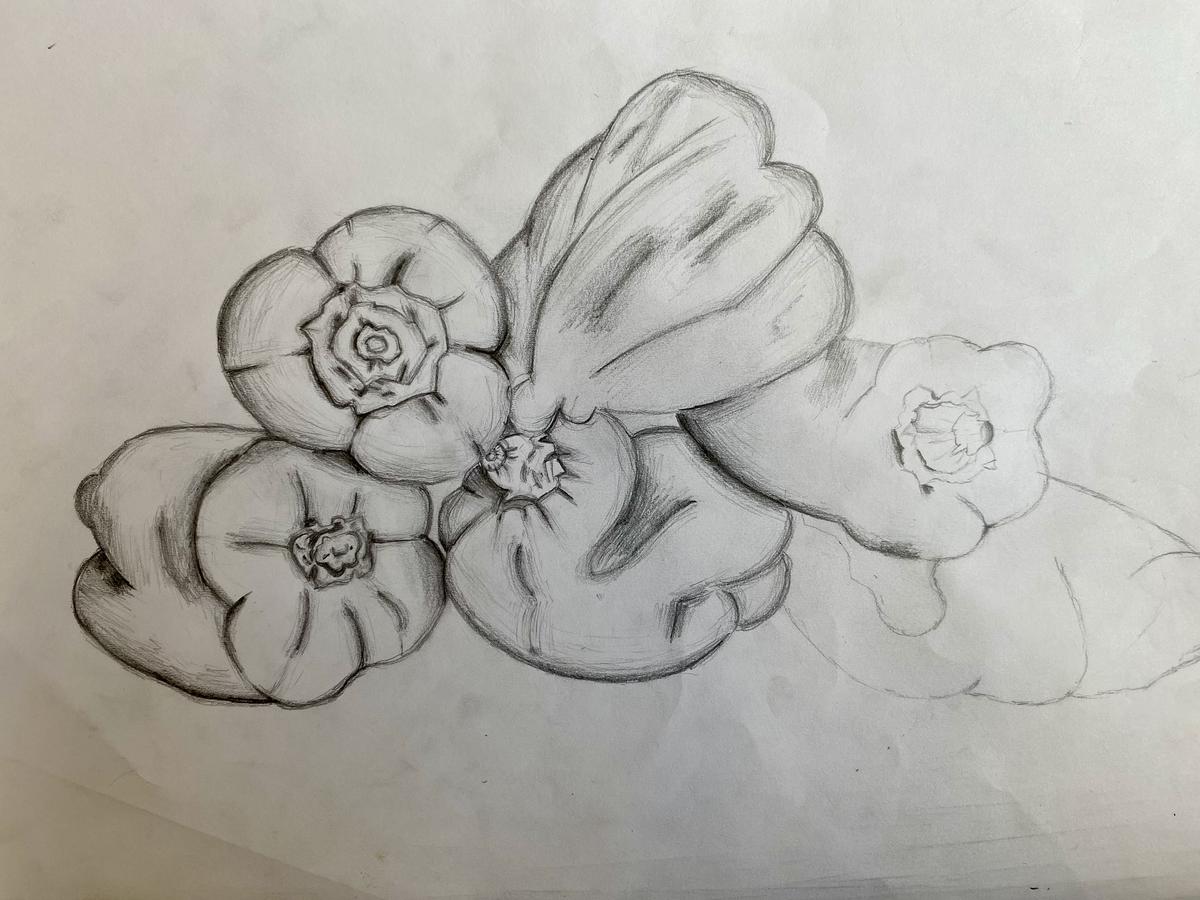
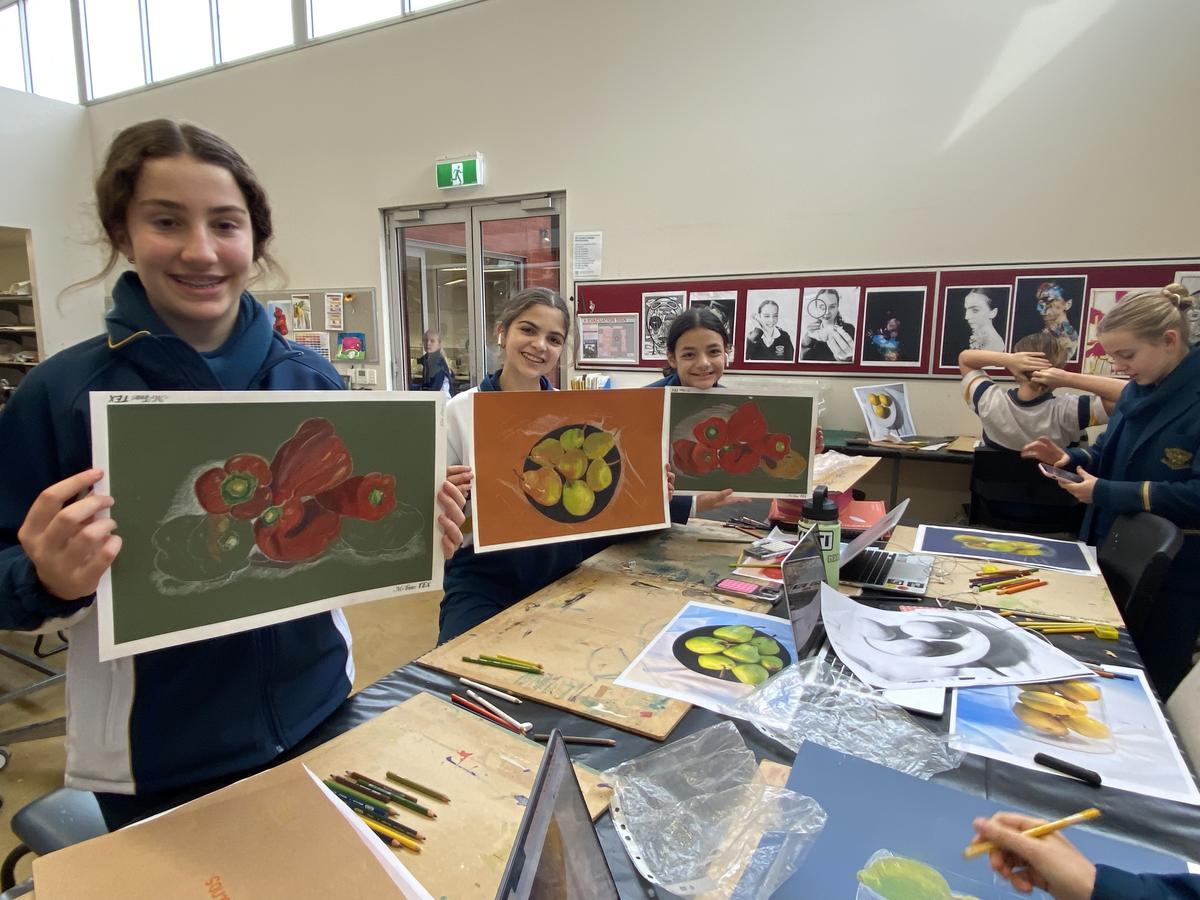
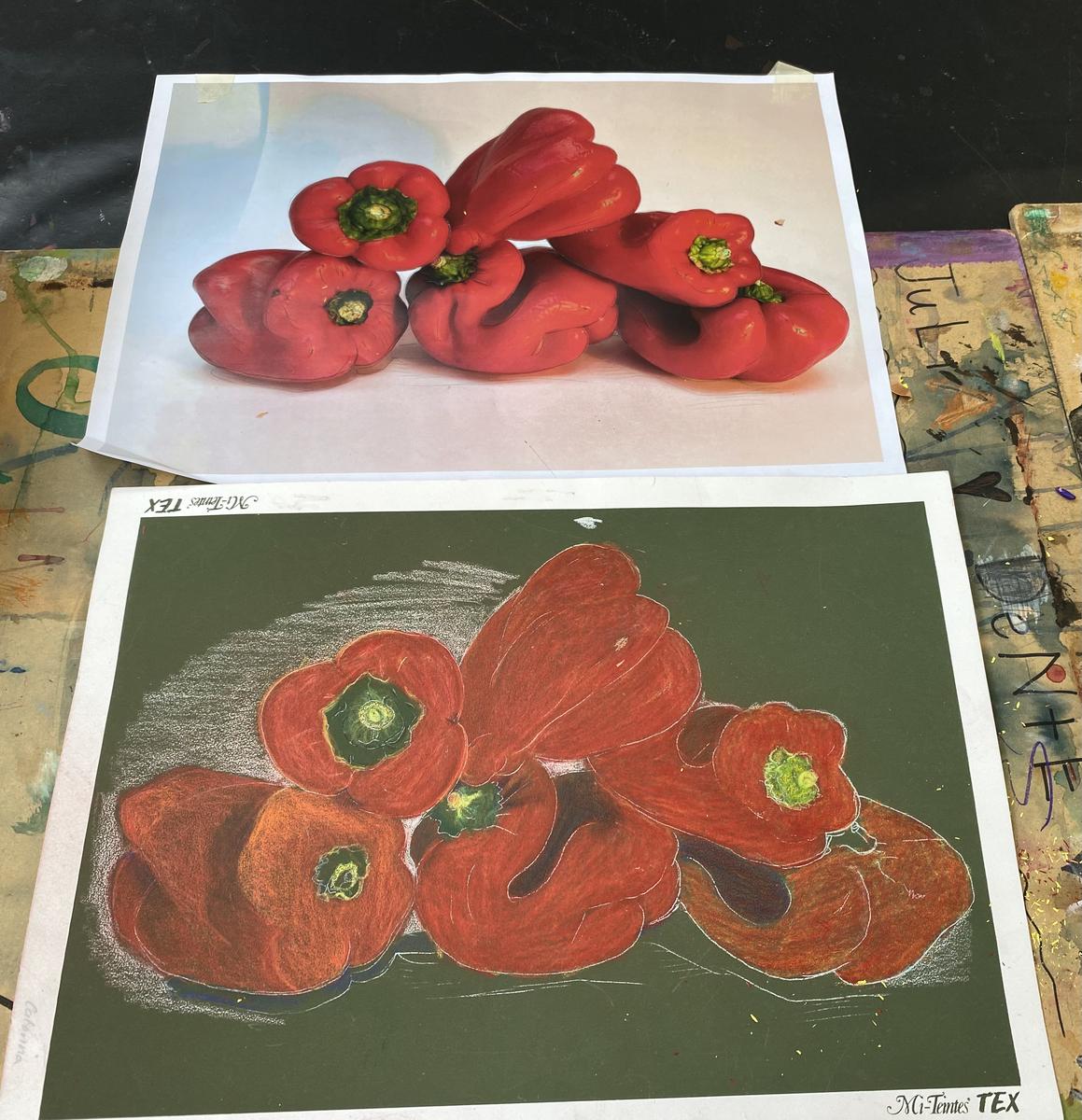
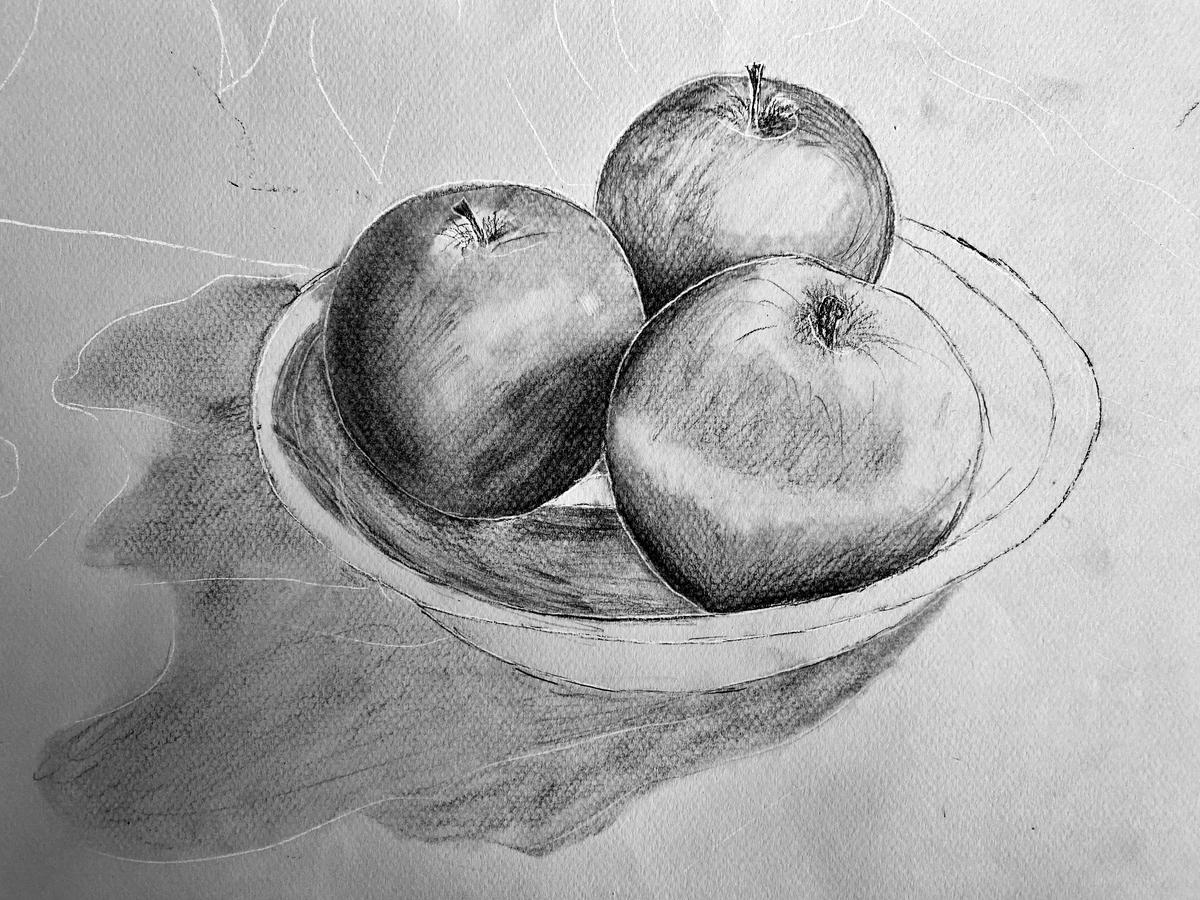
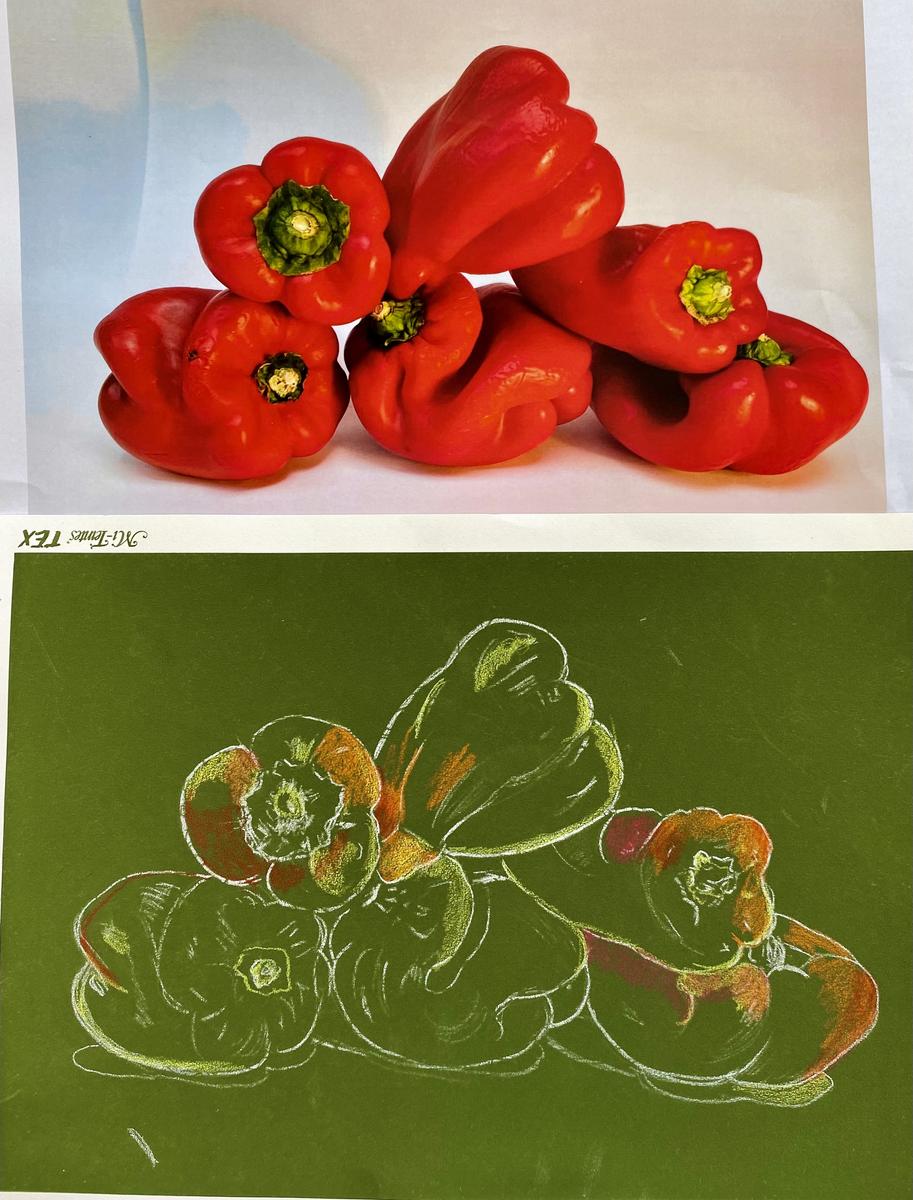
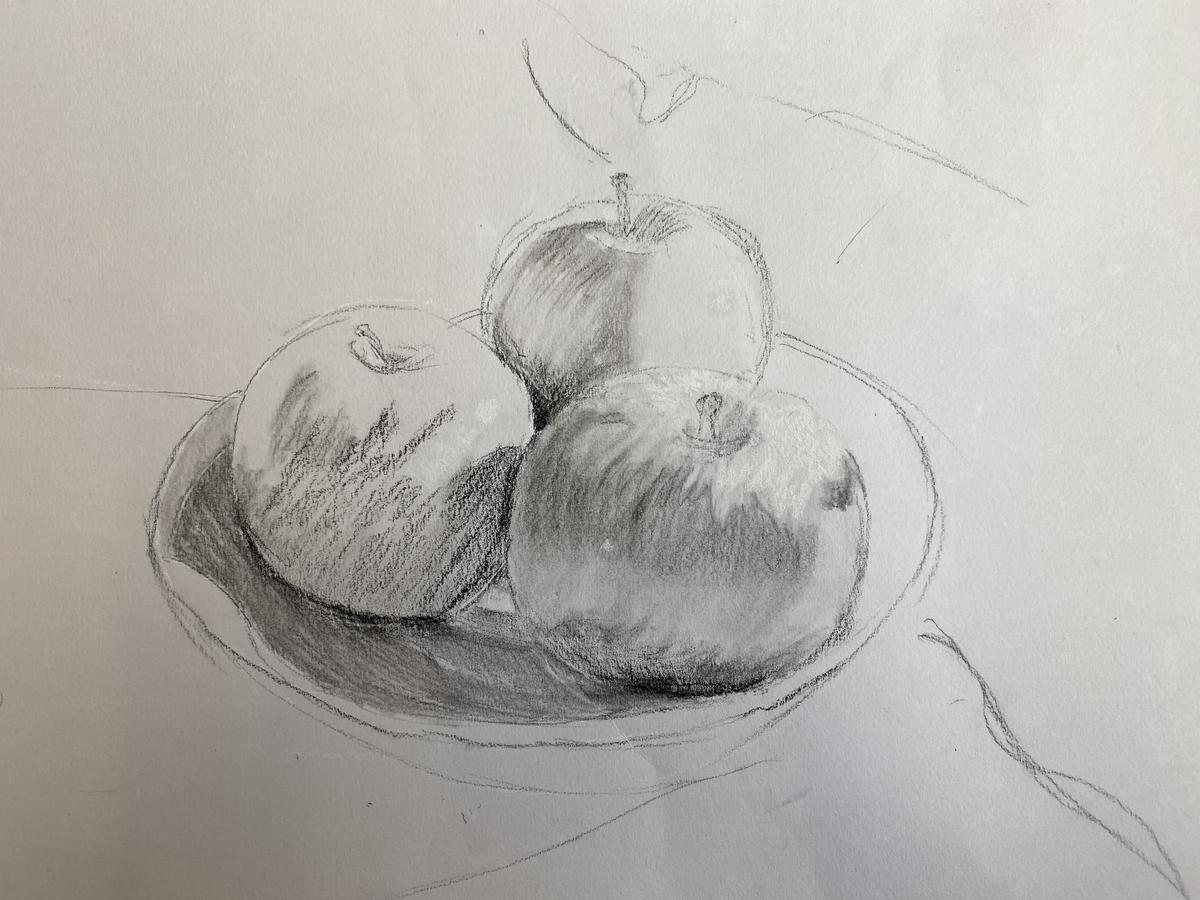
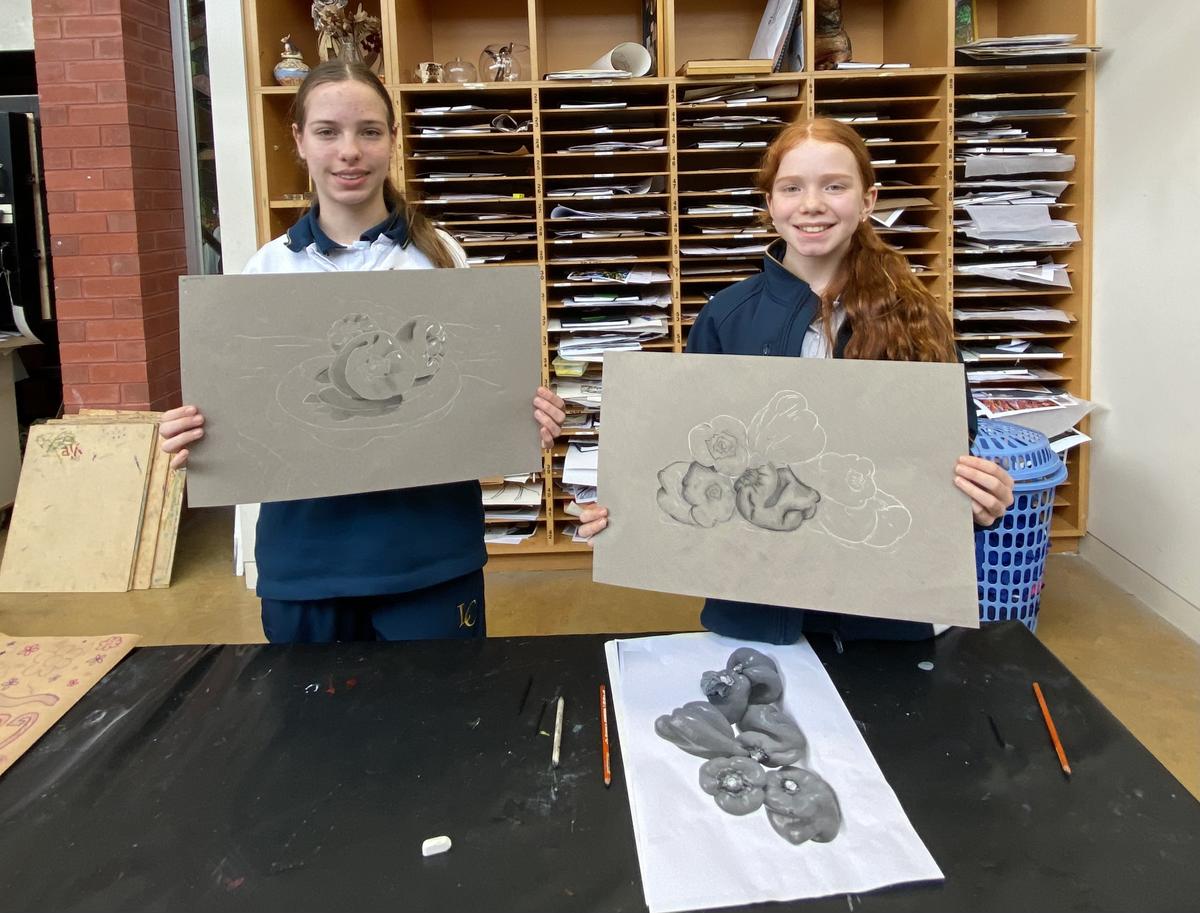
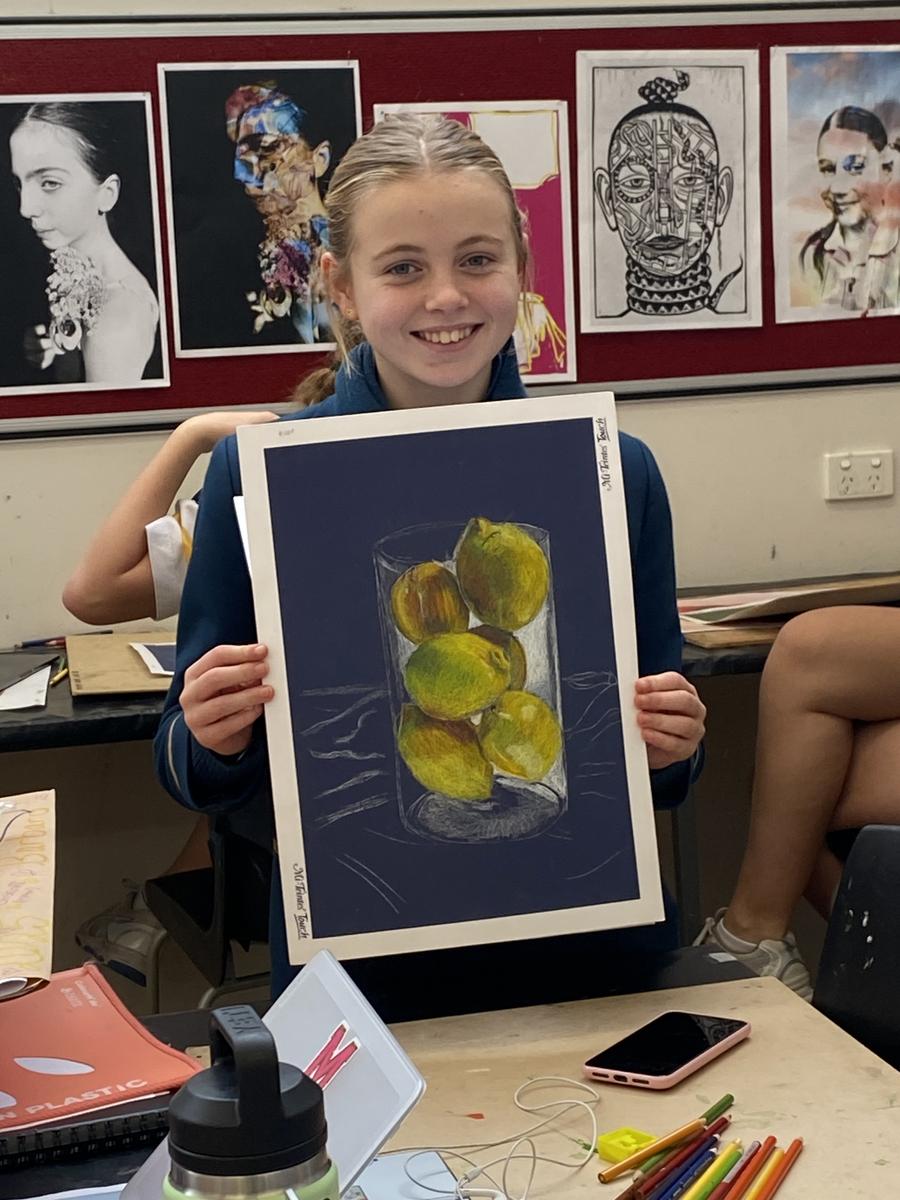
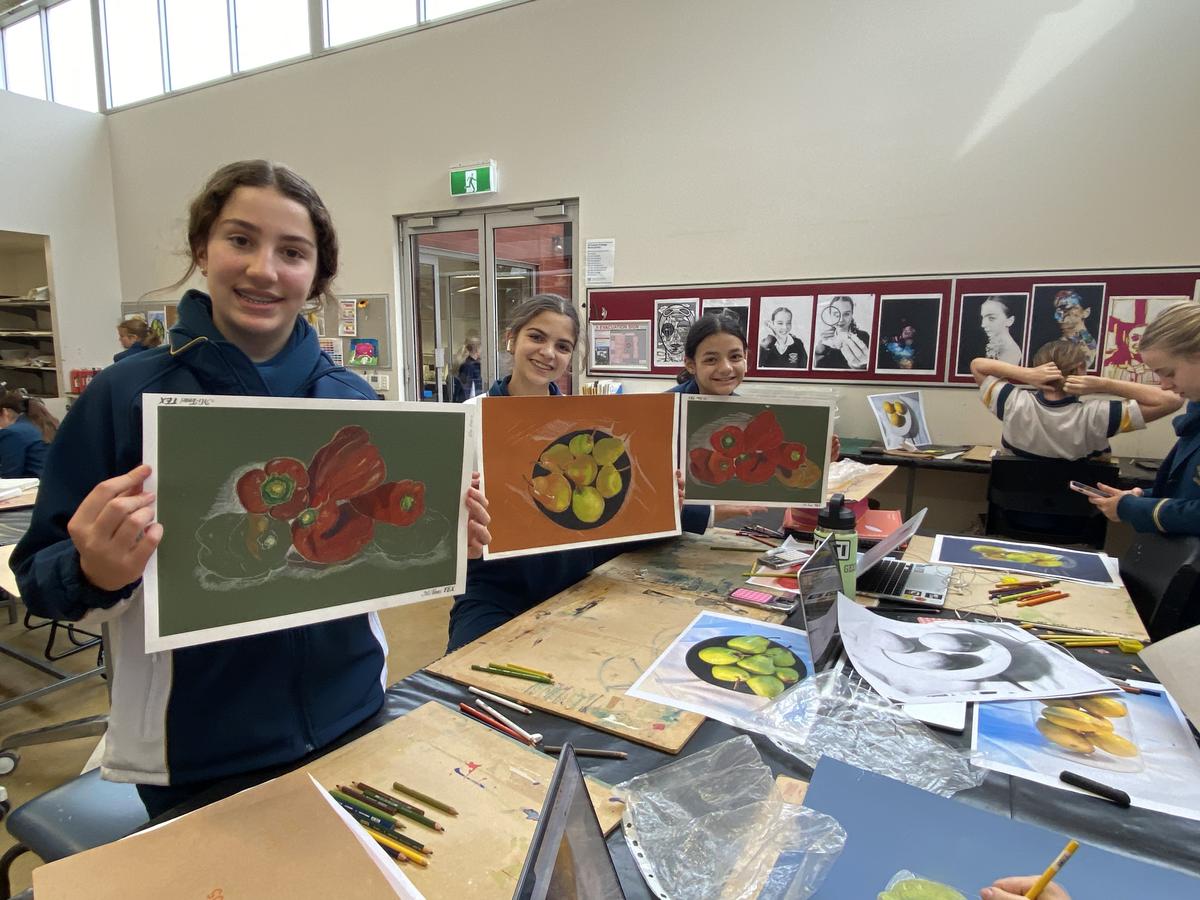
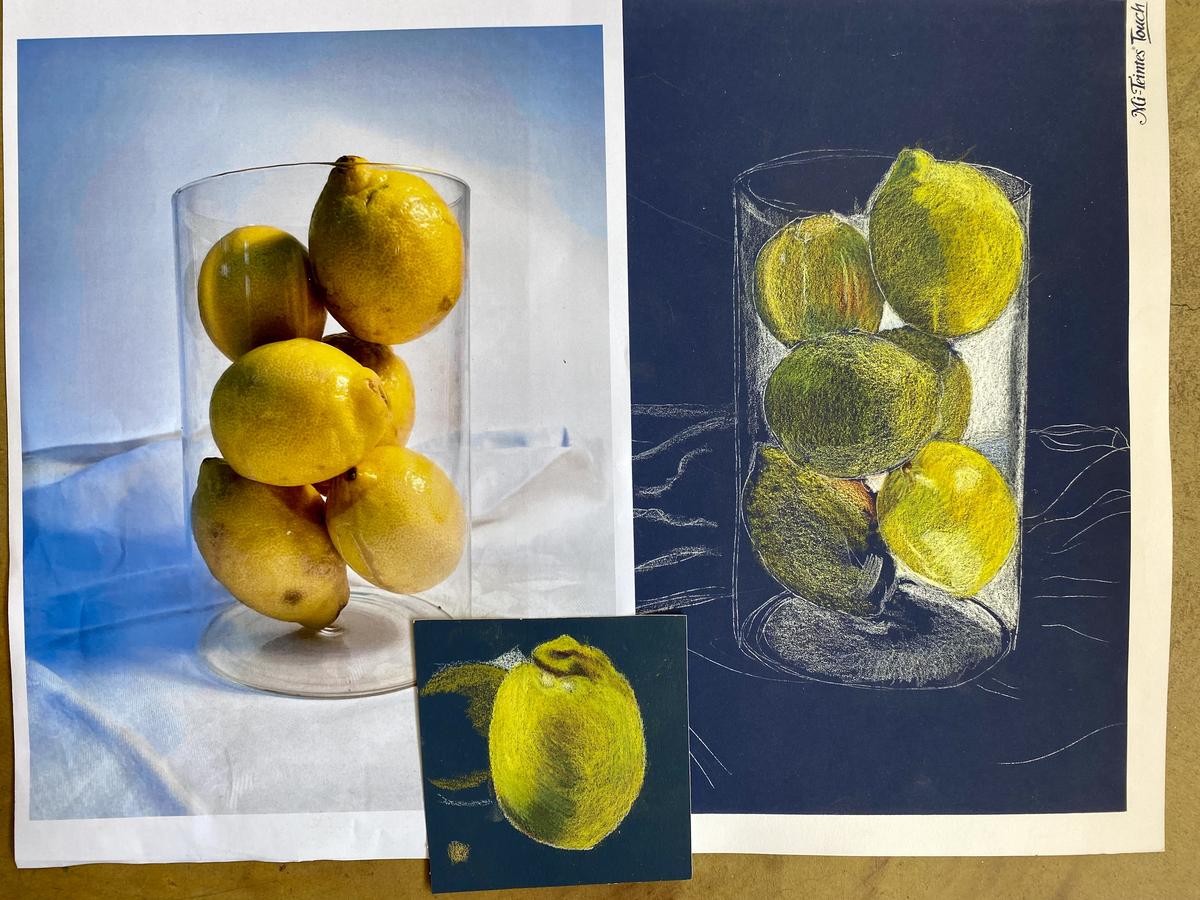
























Year 8: Self Portraits
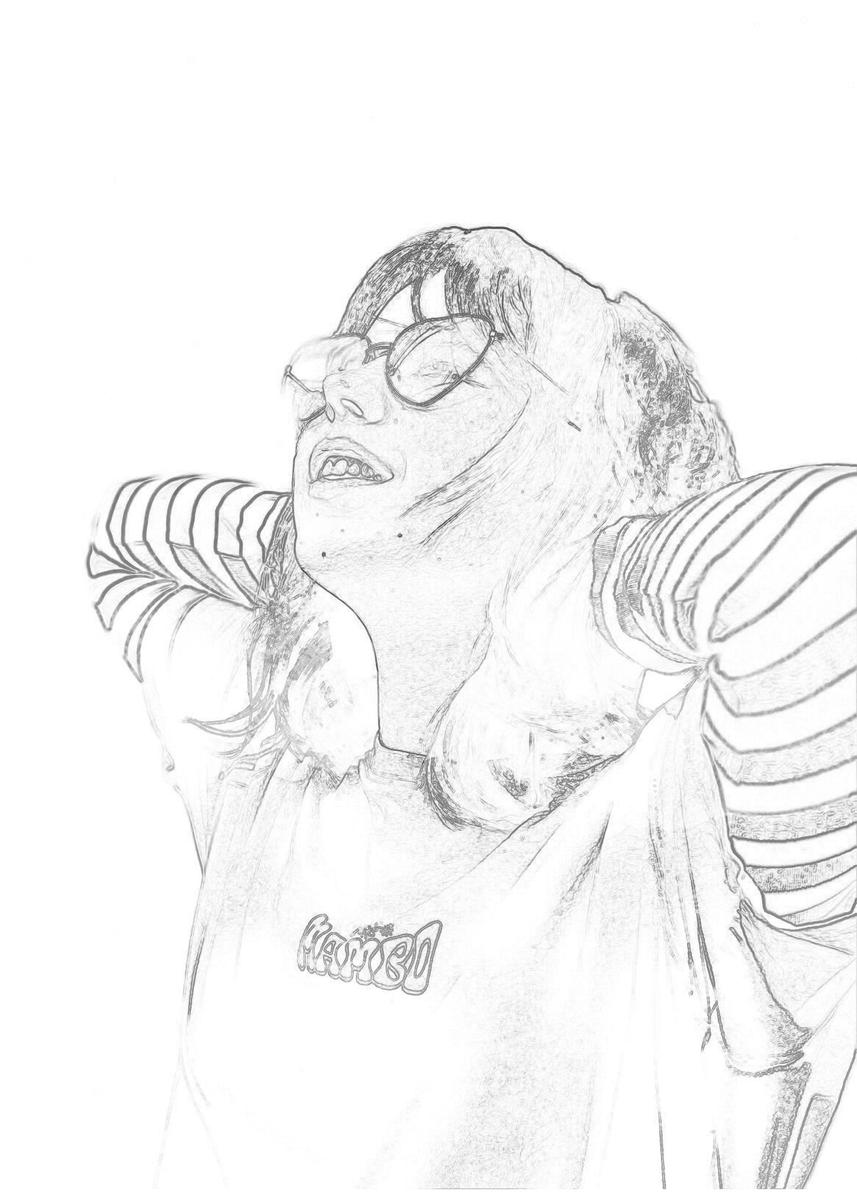
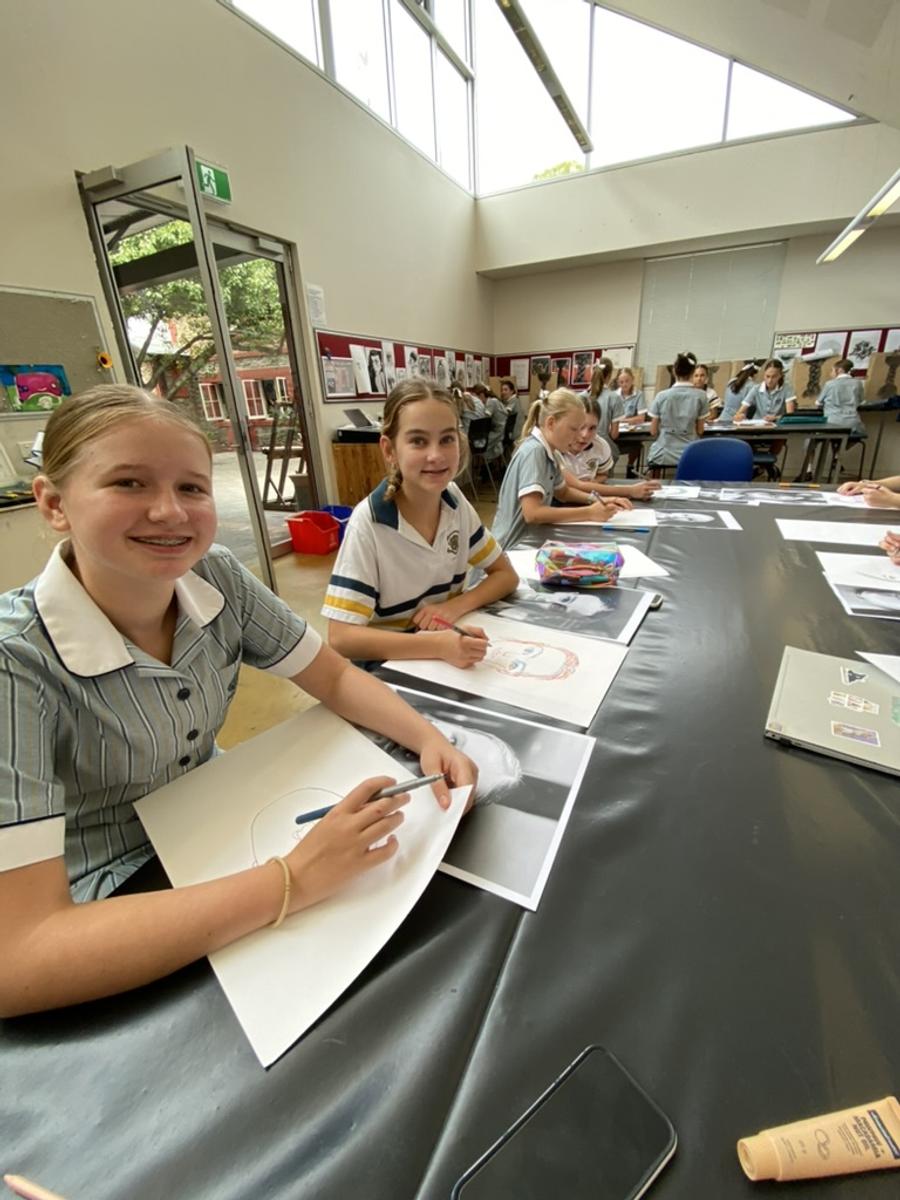
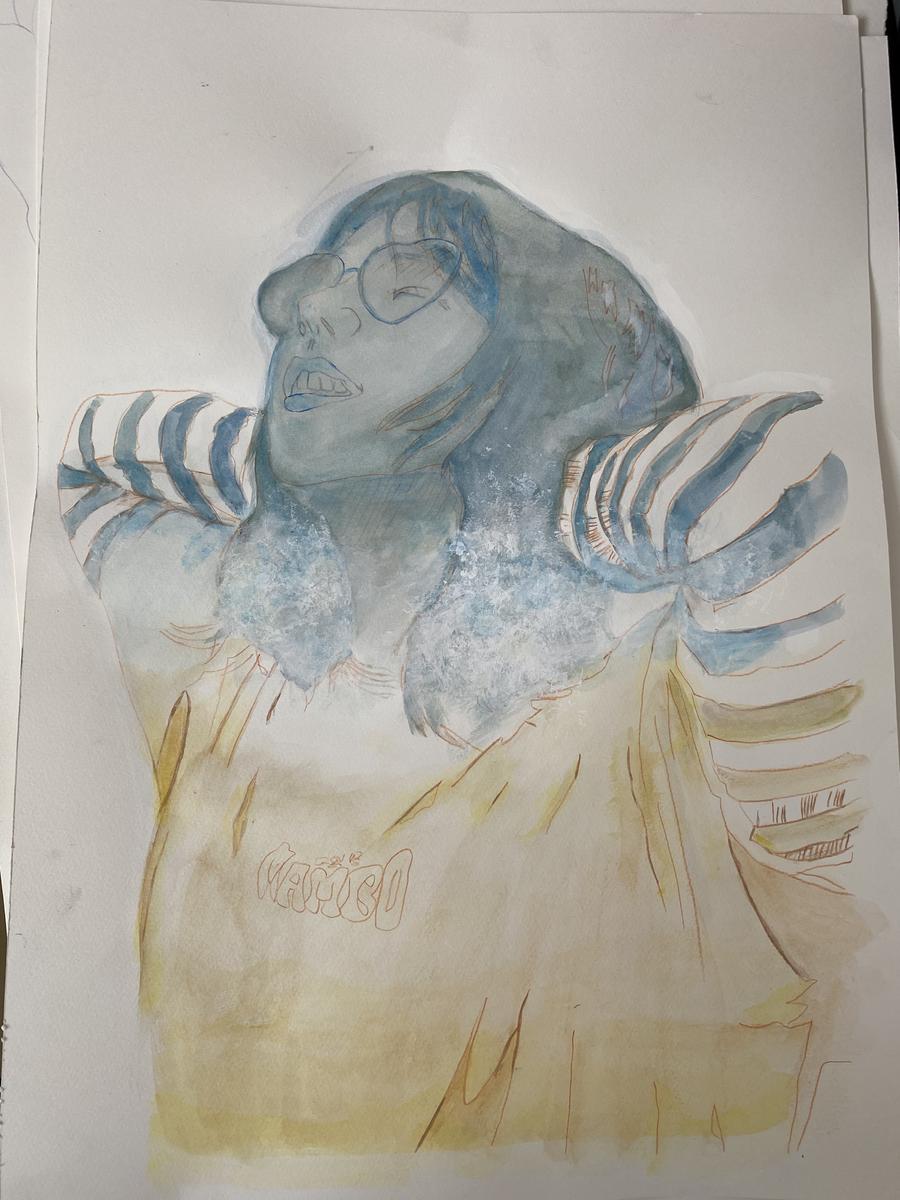
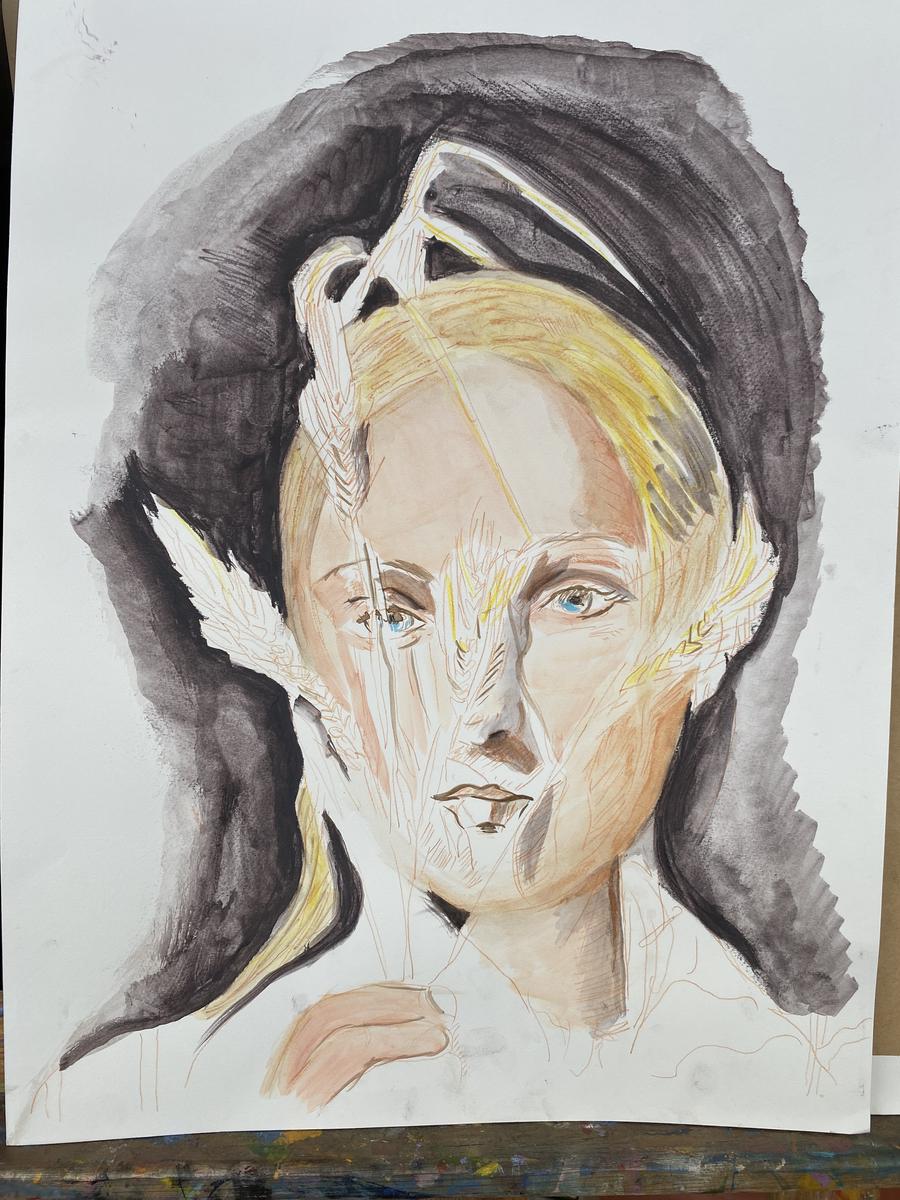
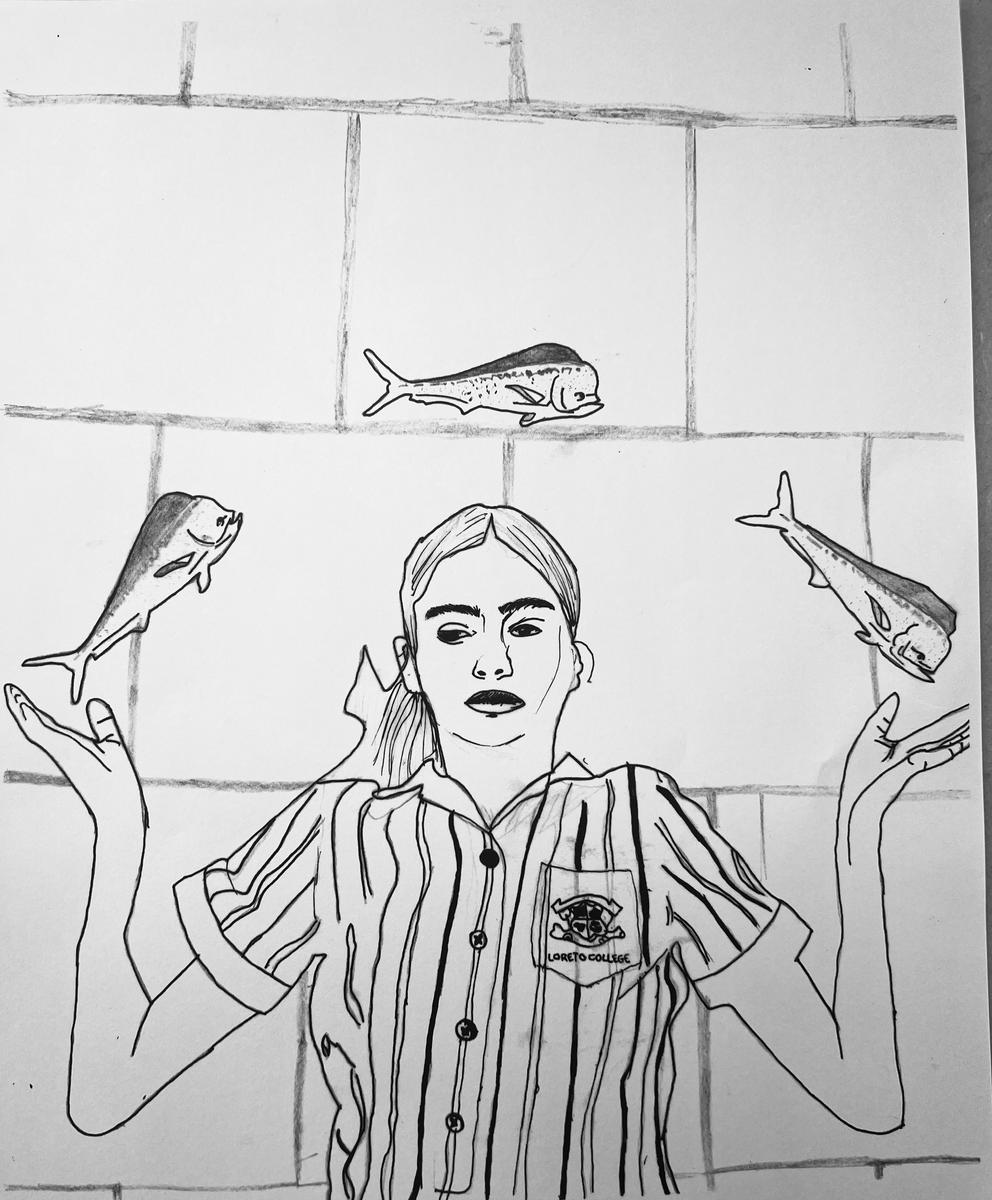
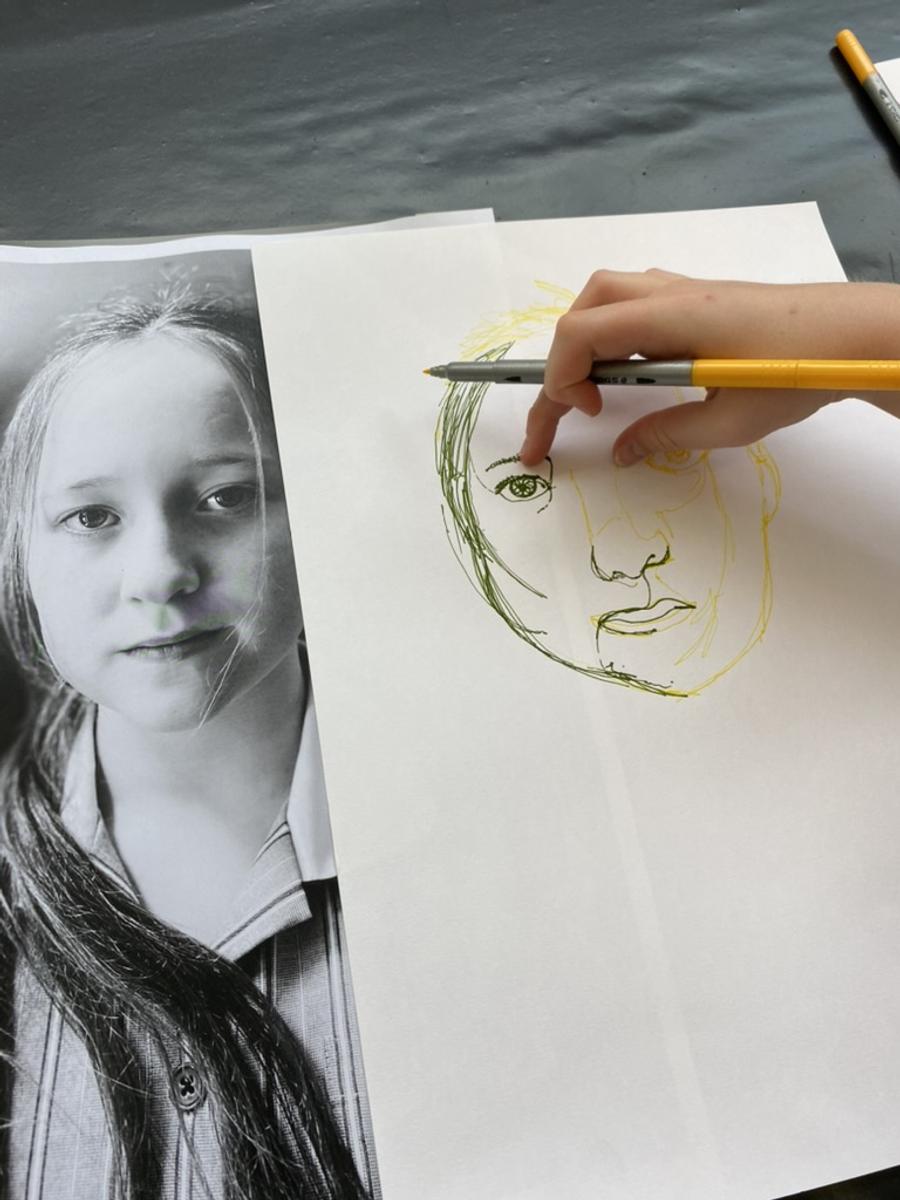
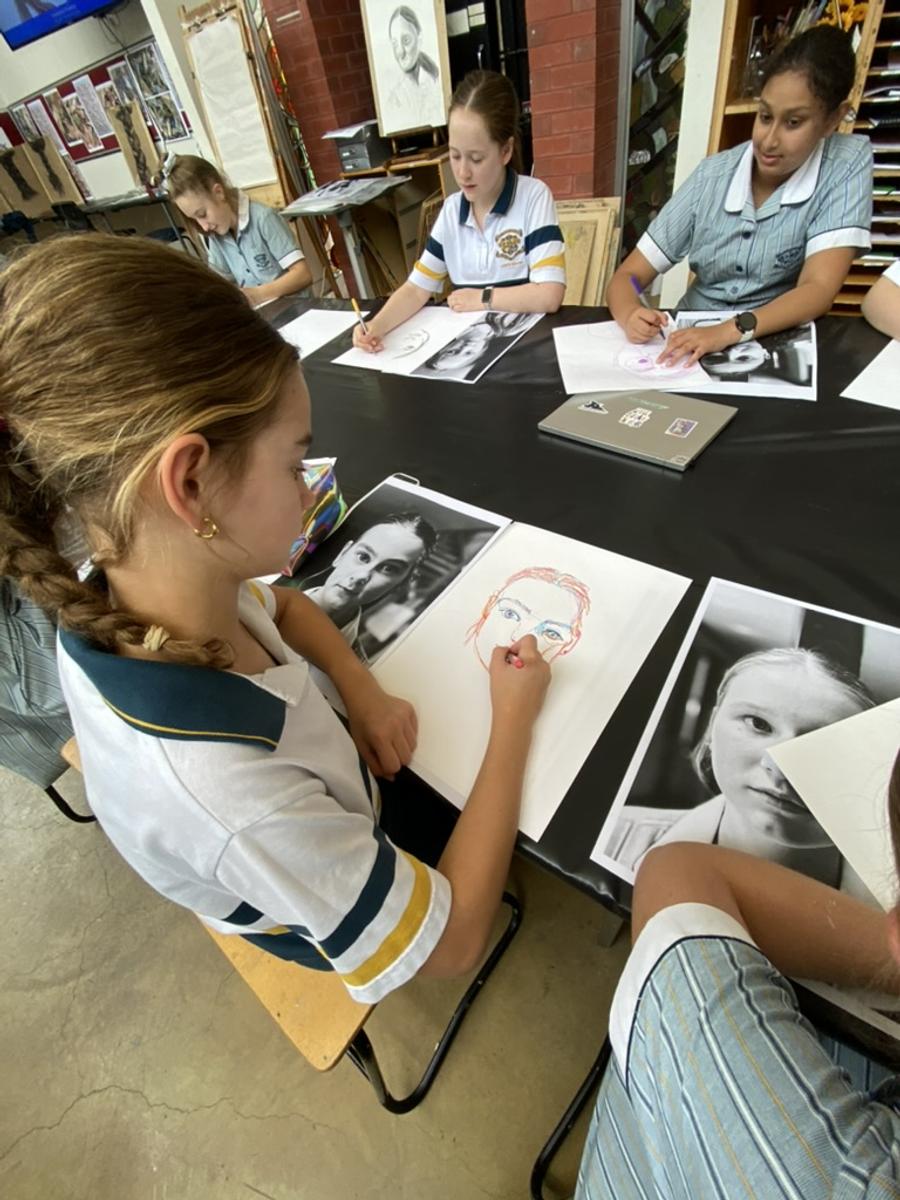
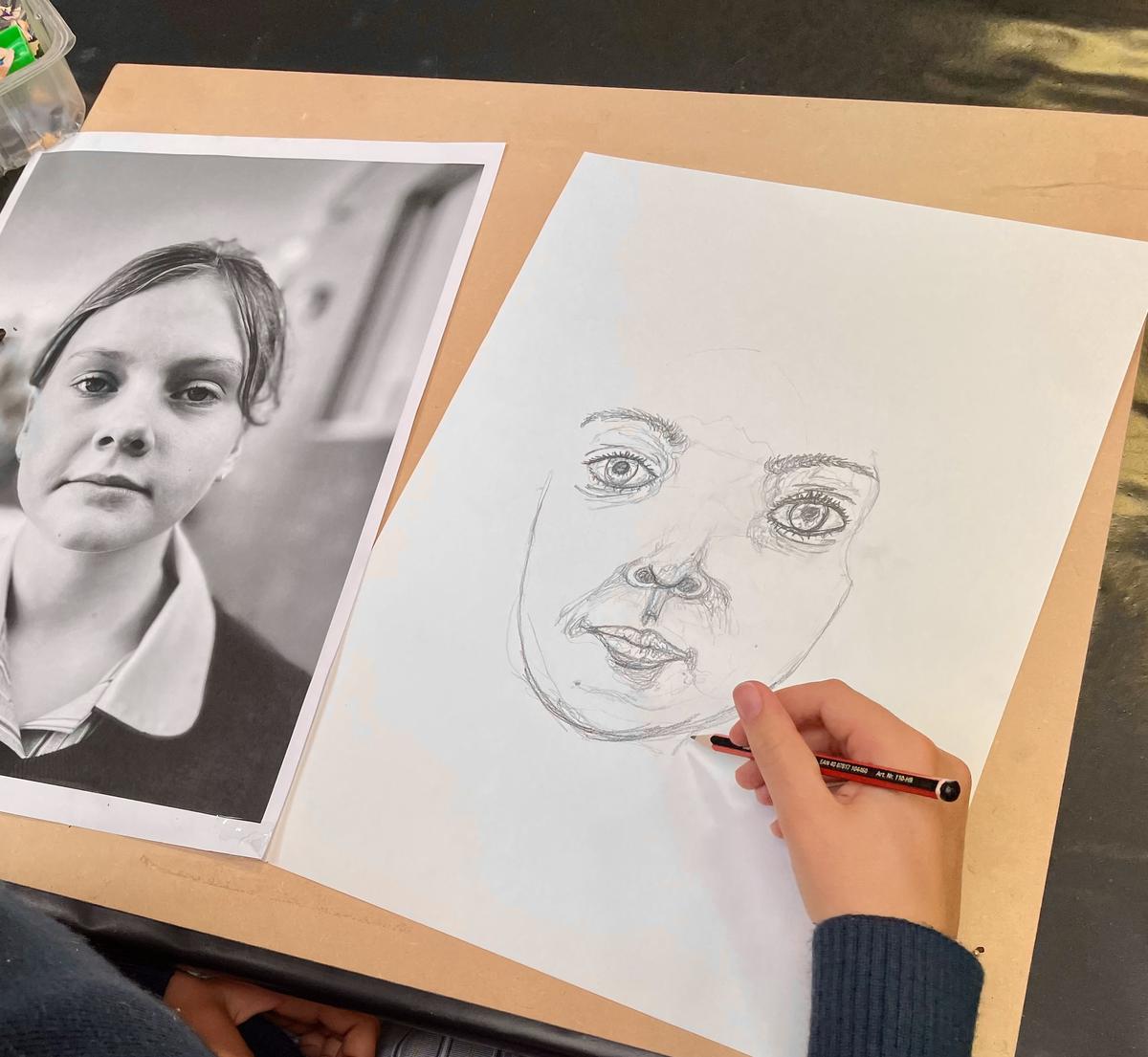
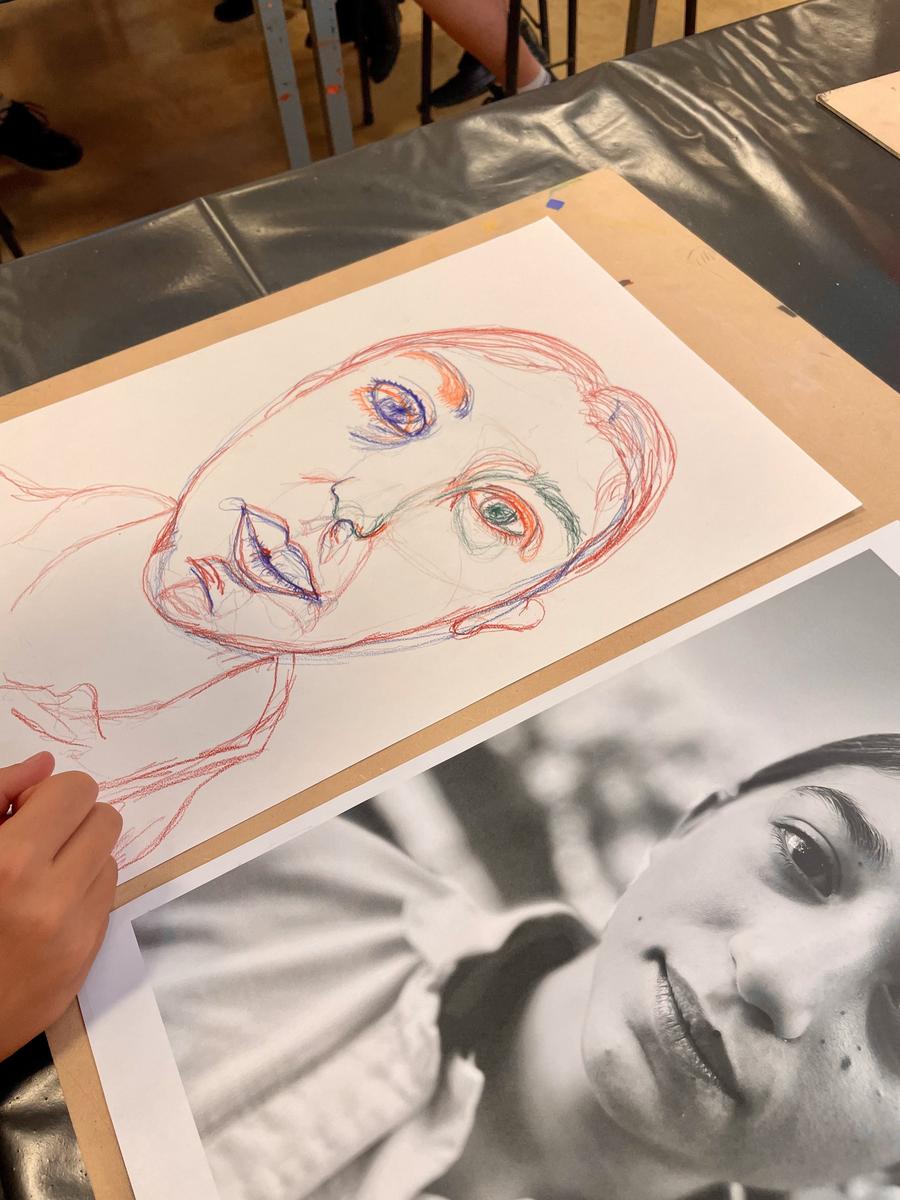
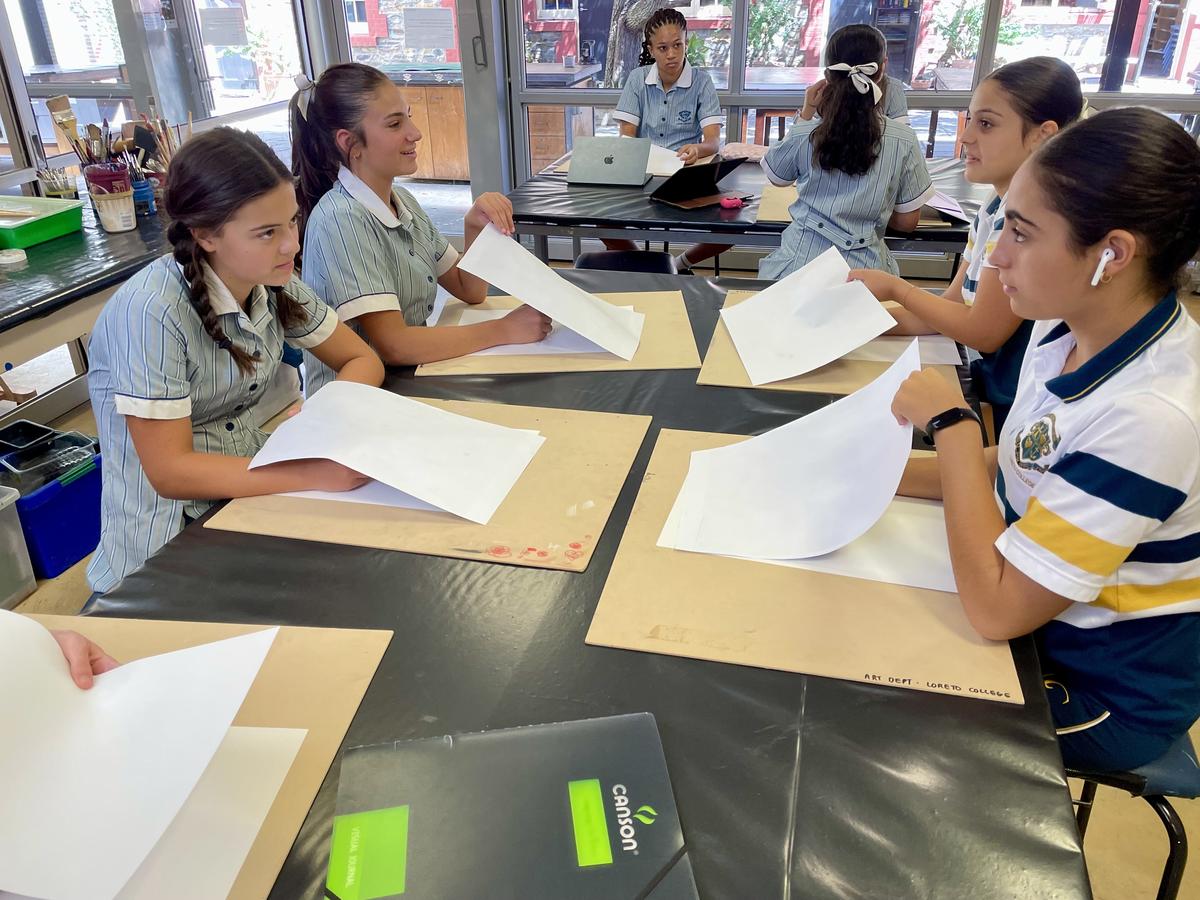
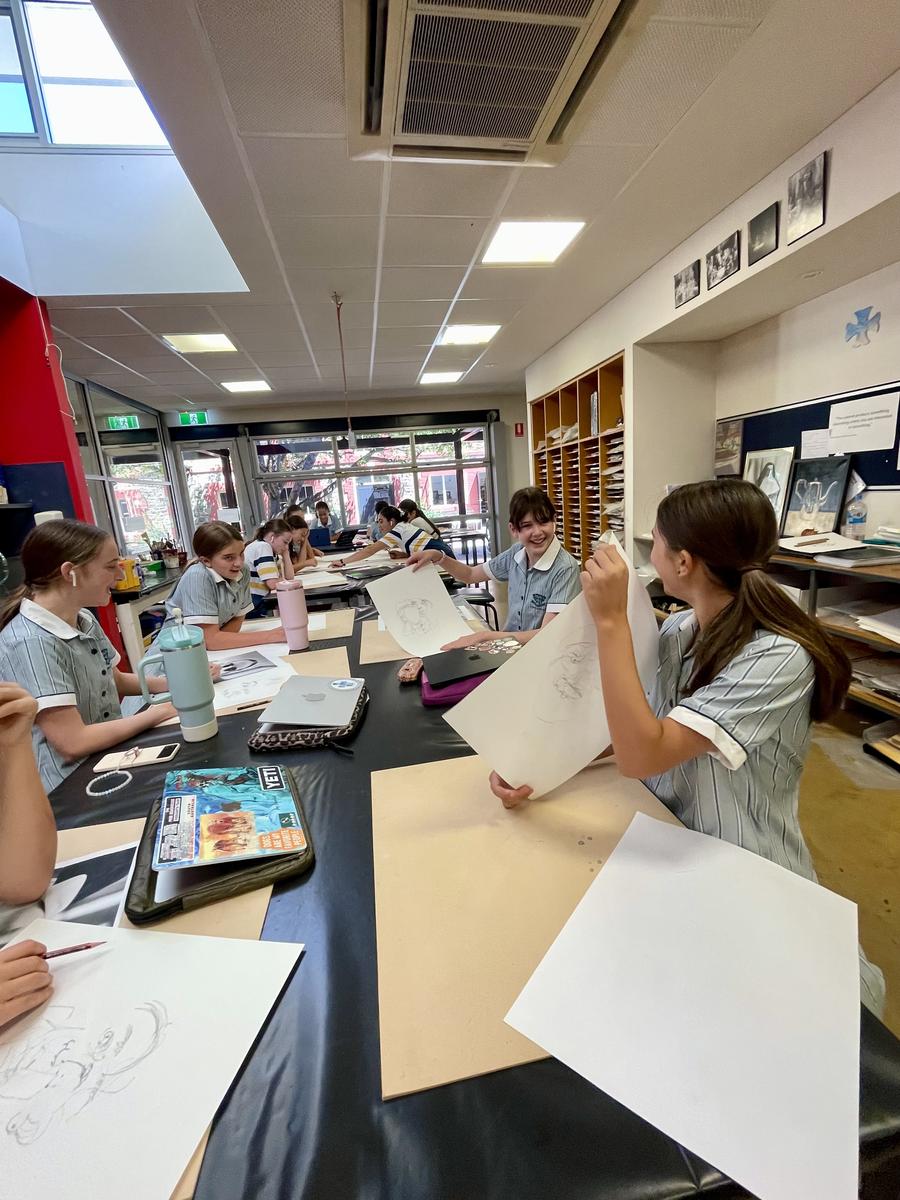
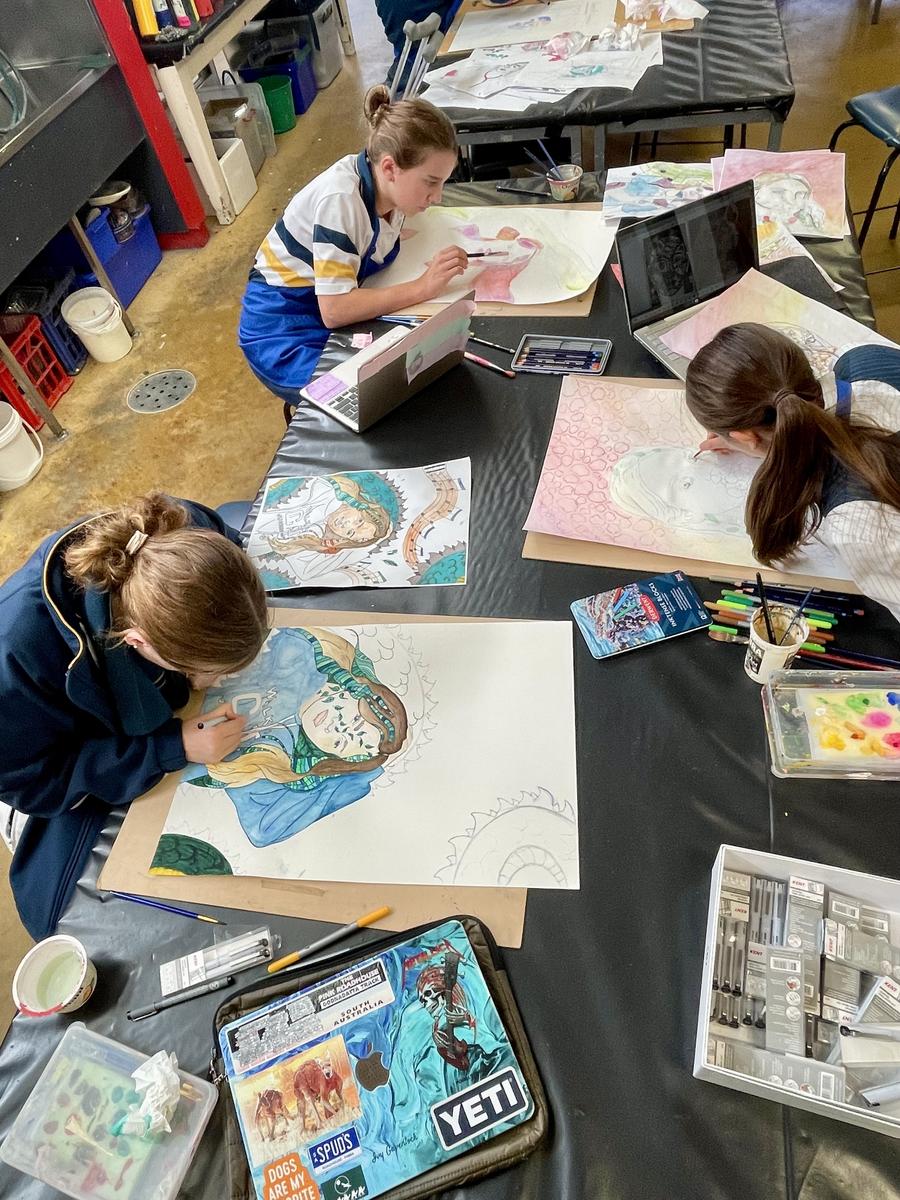
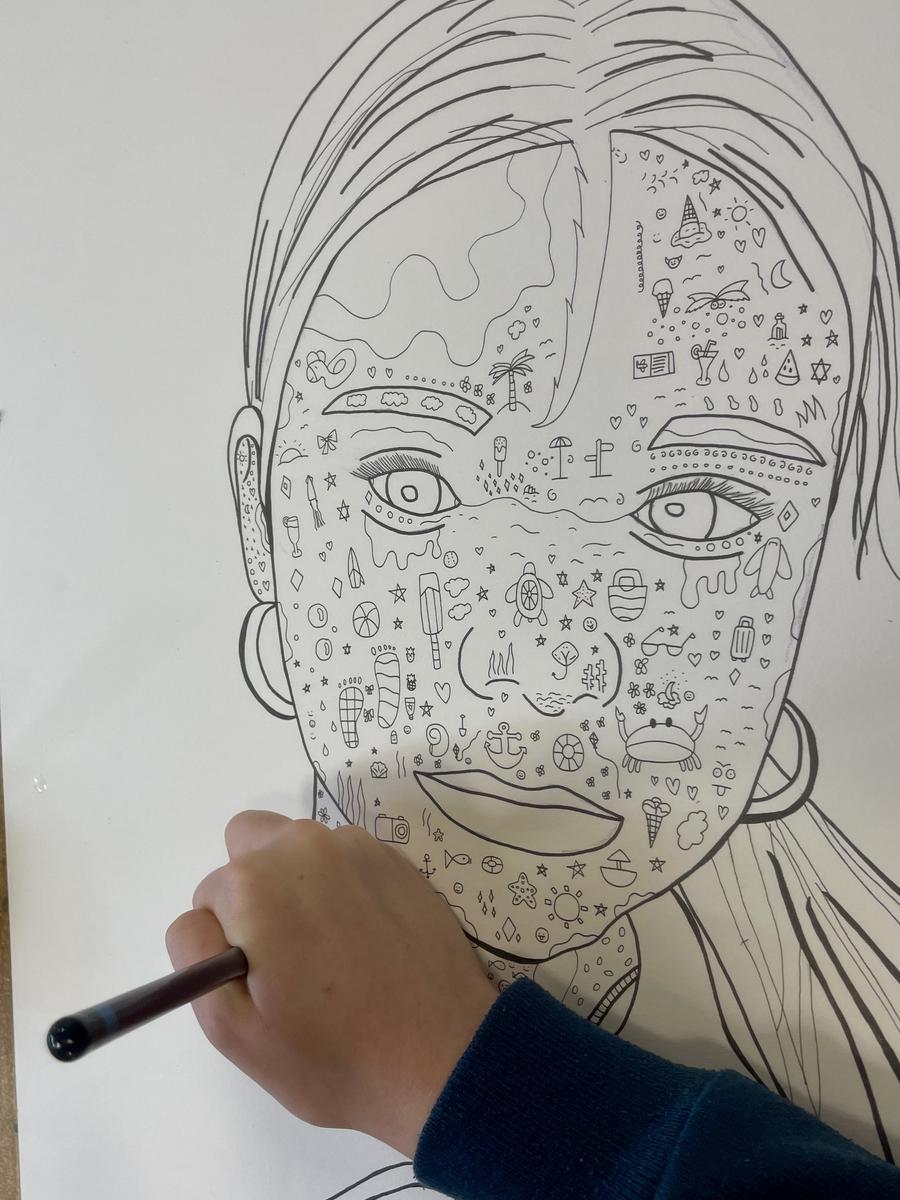
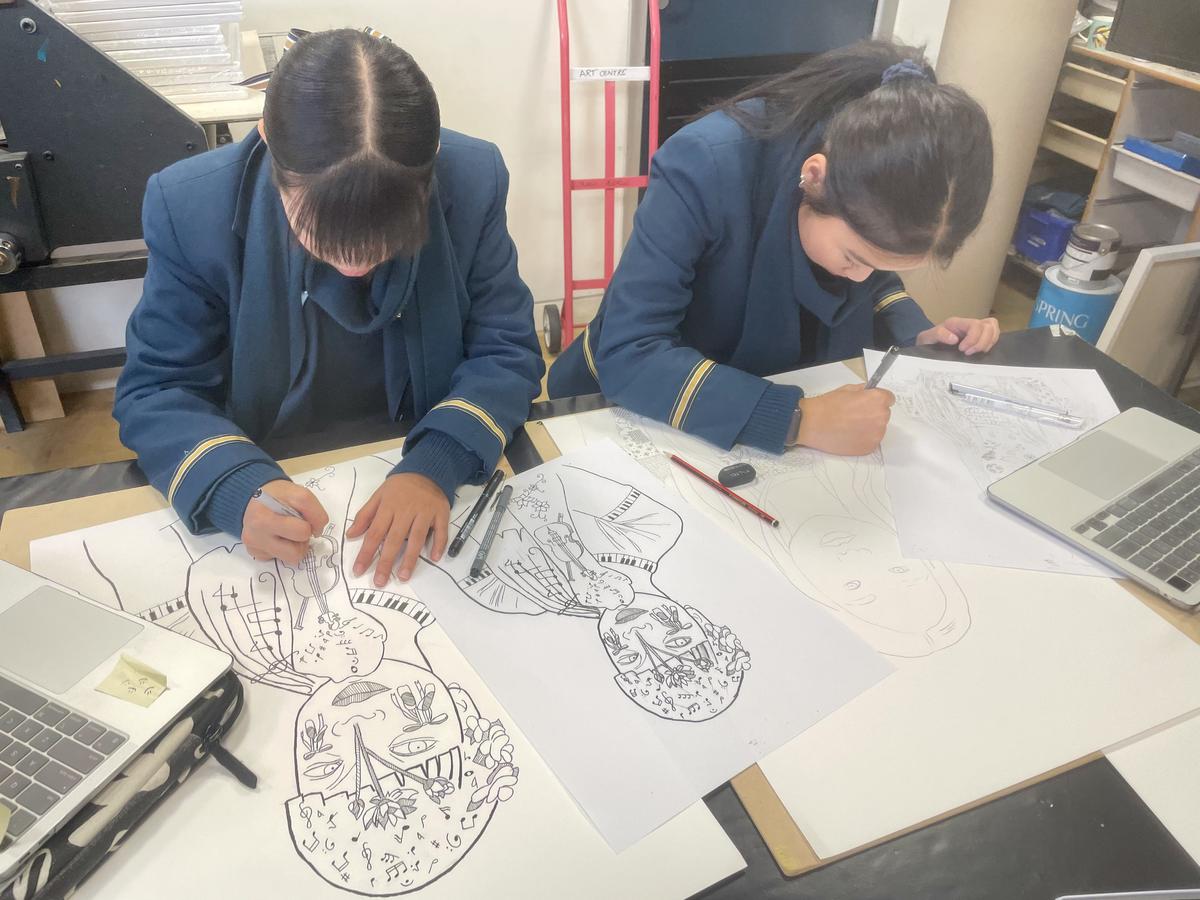
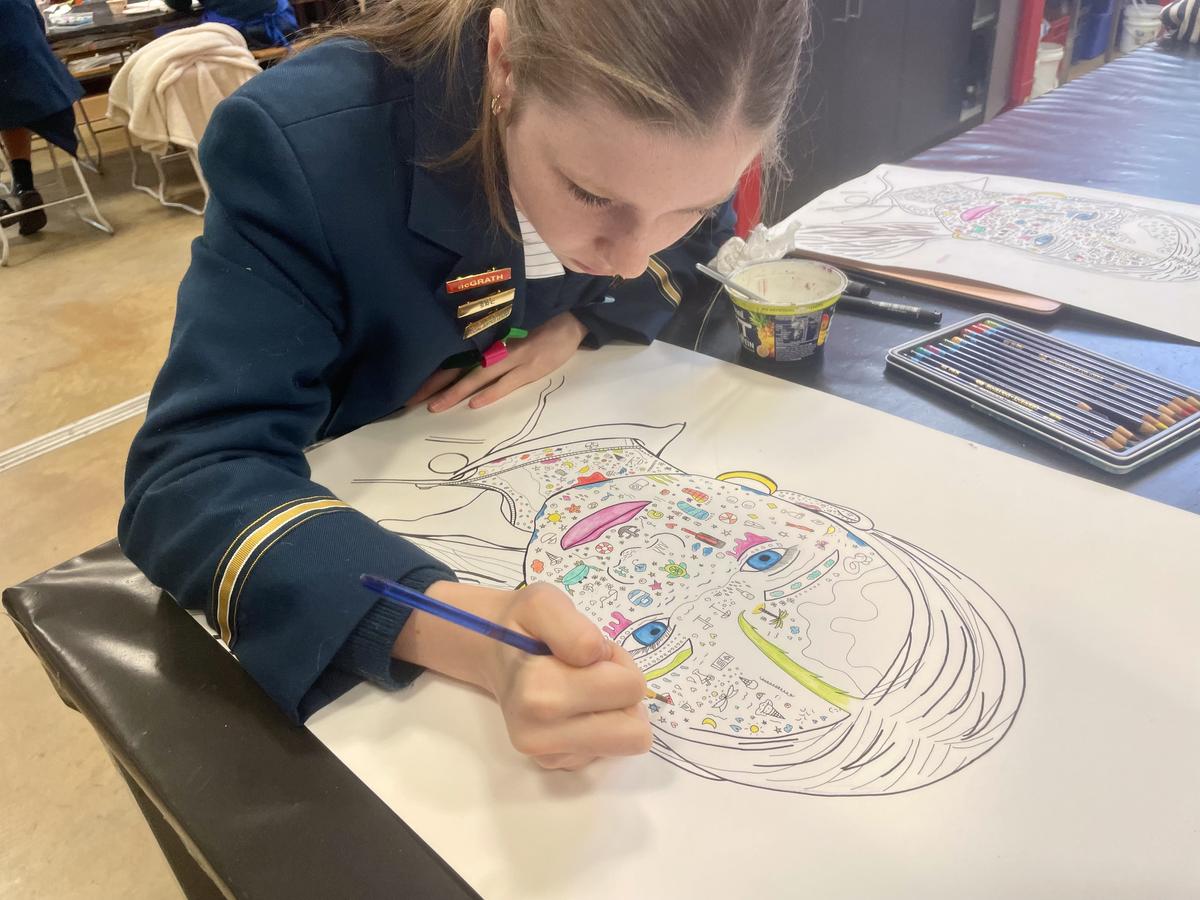















Year 9: Earth Matters
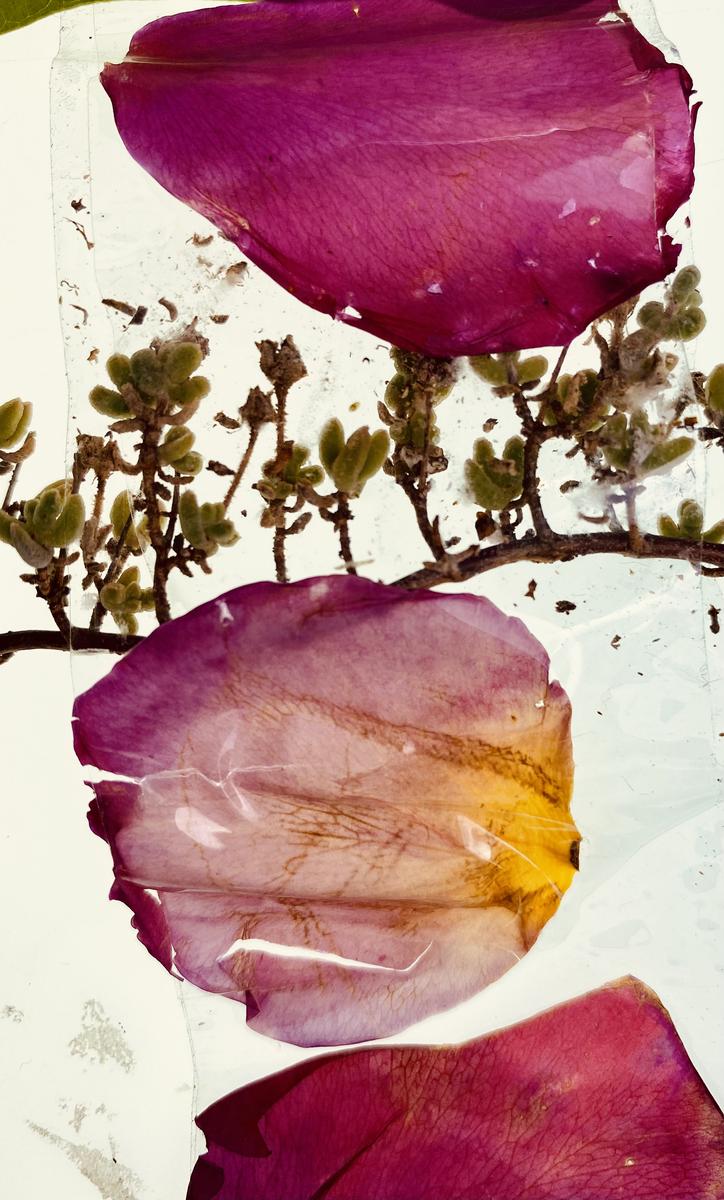
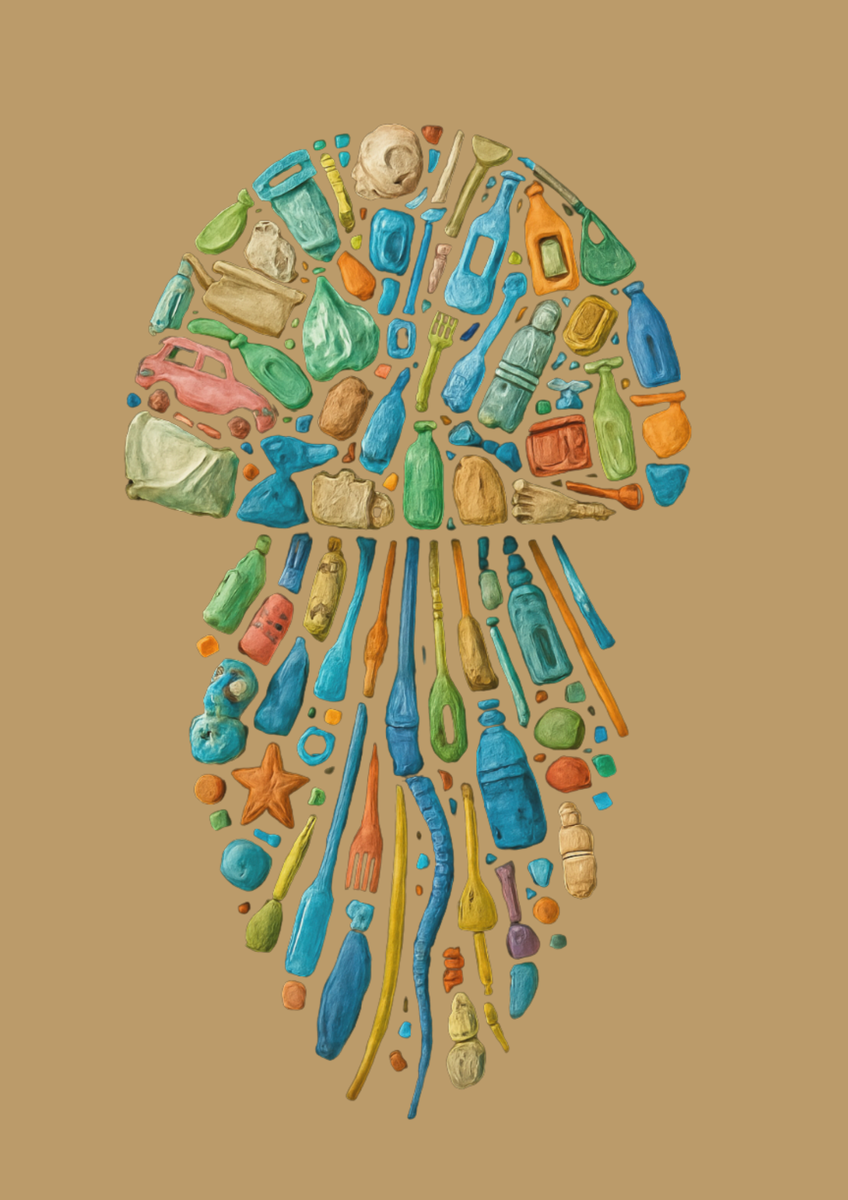
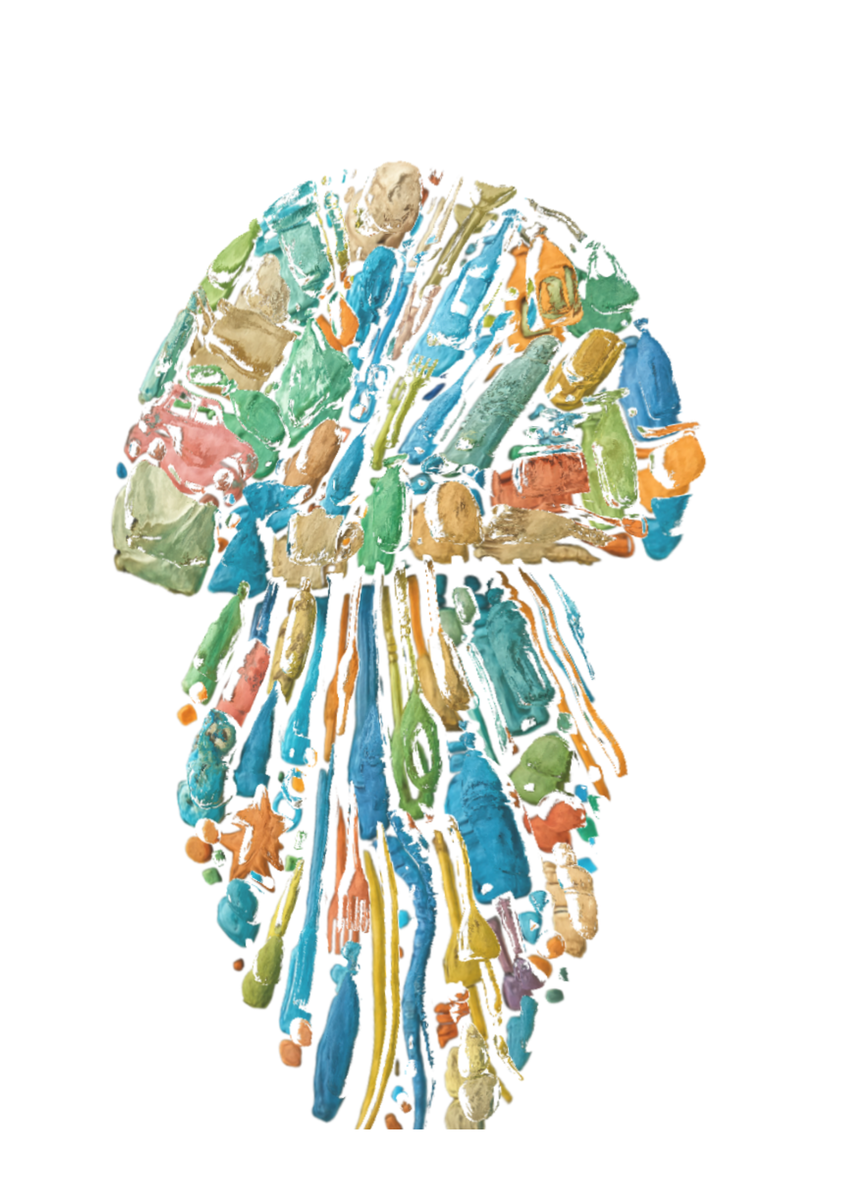
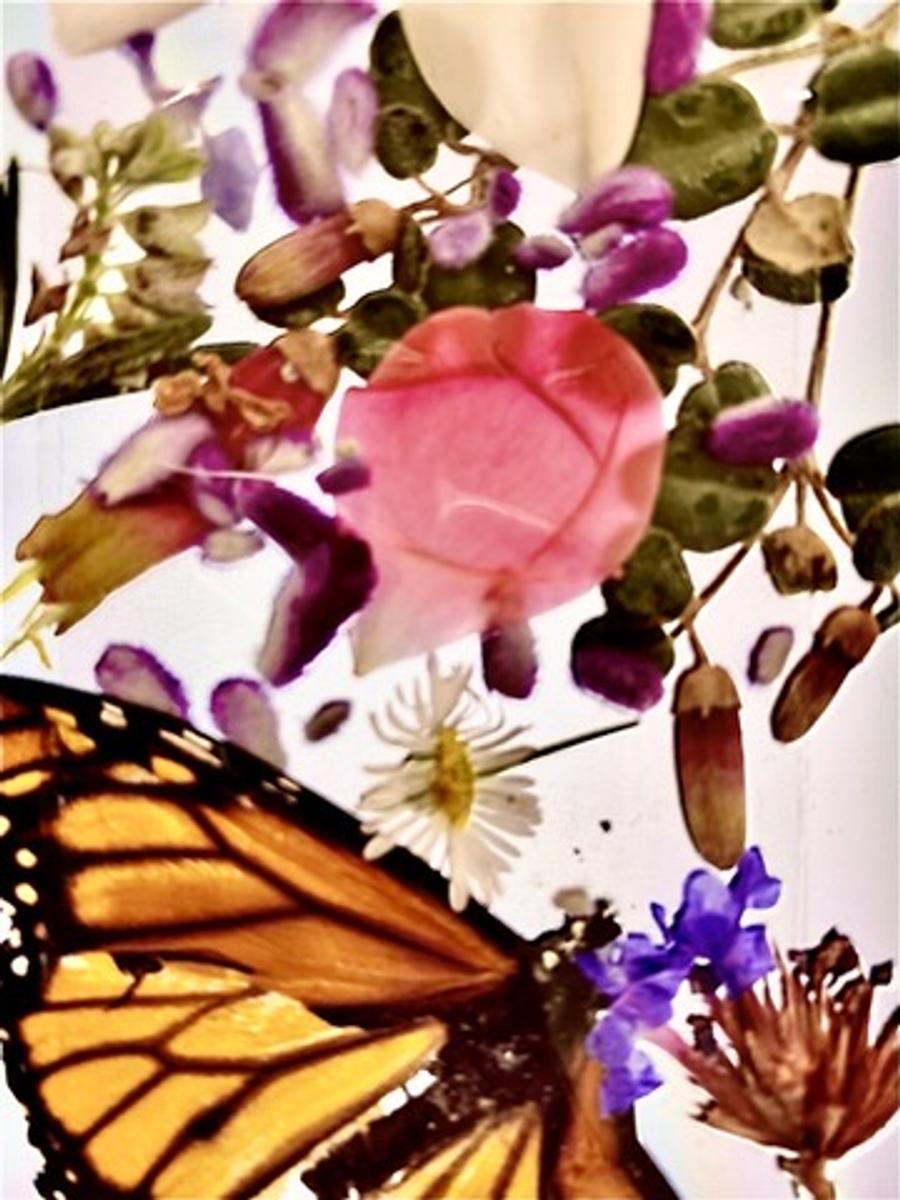
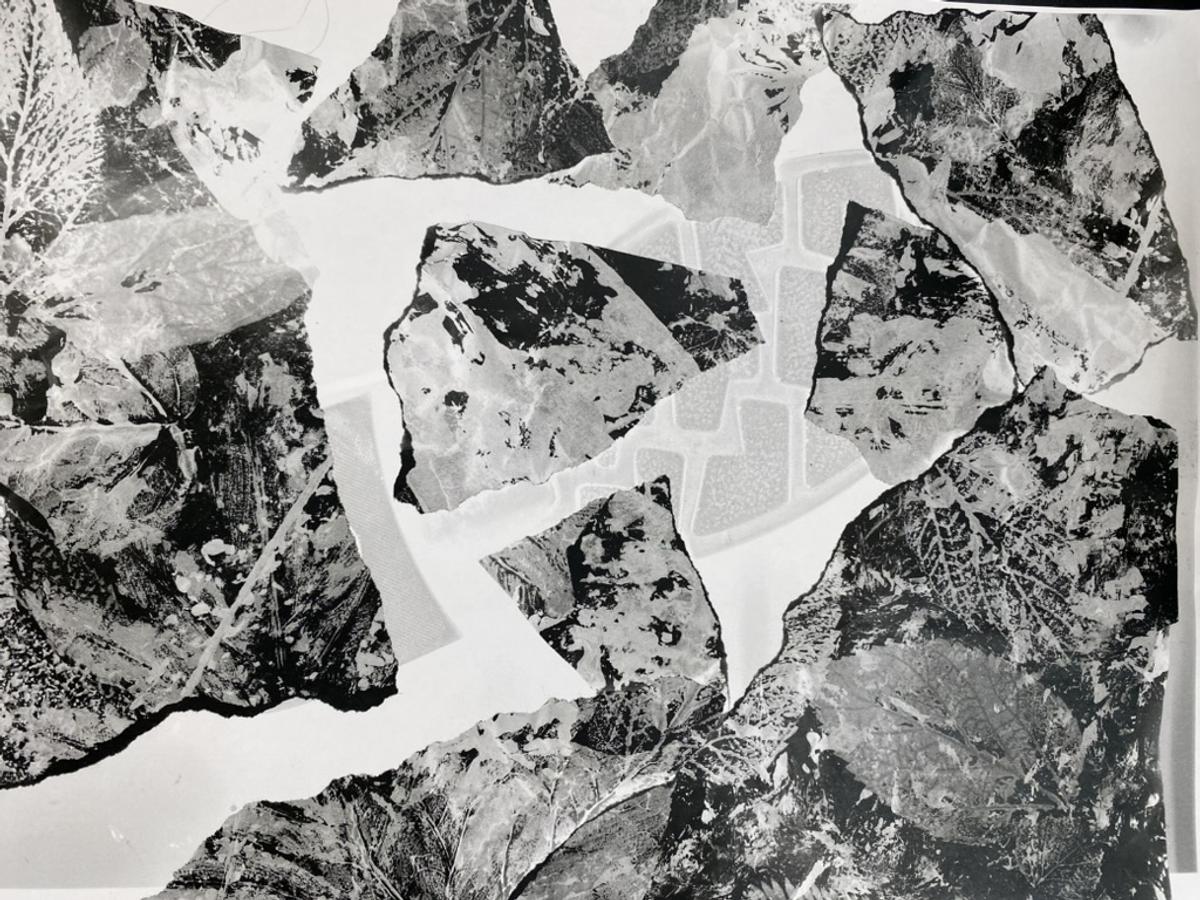
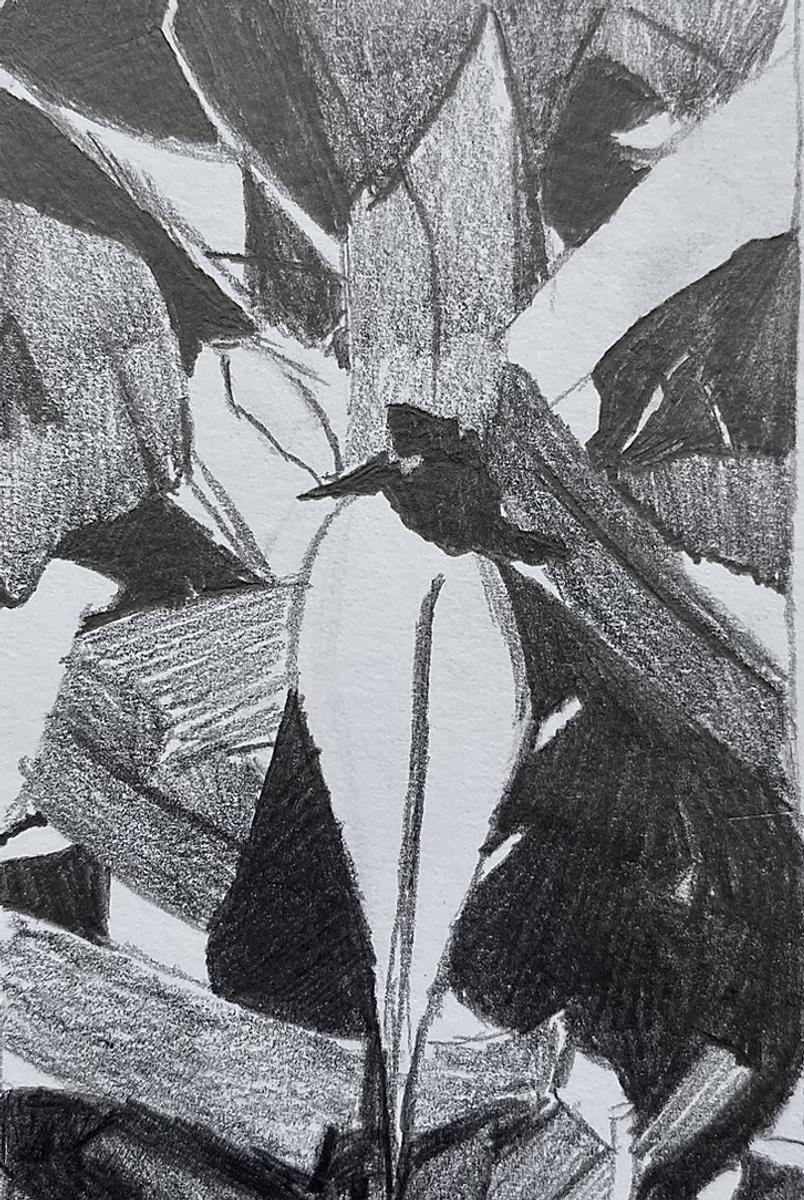
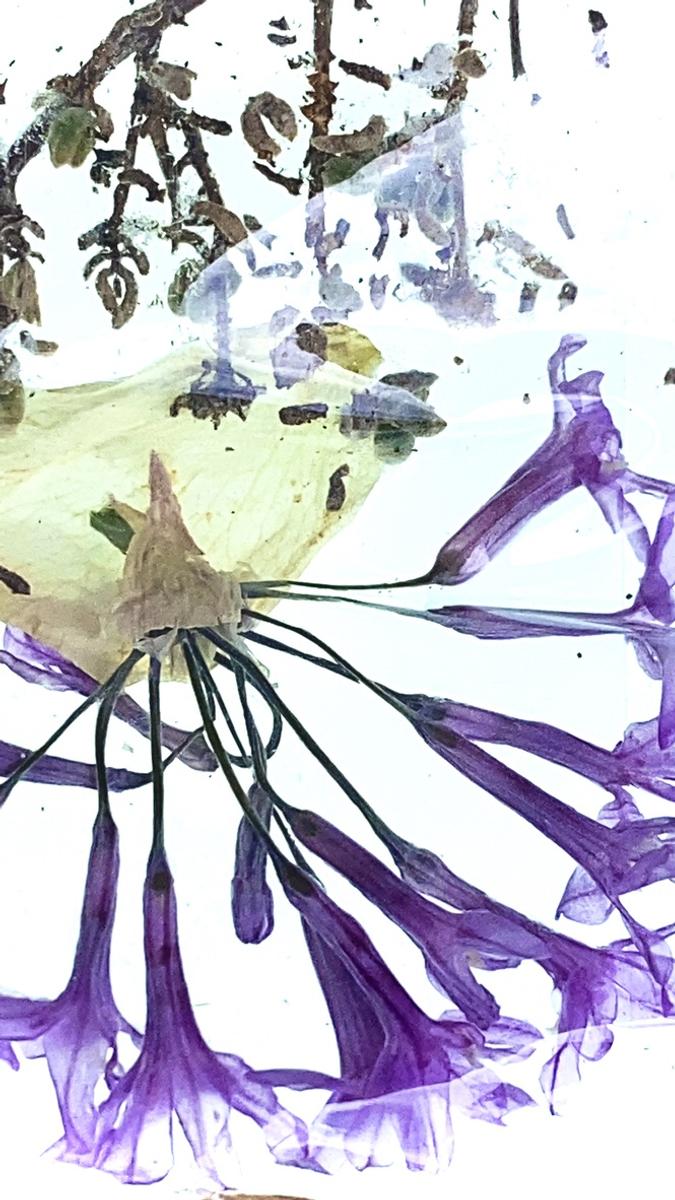
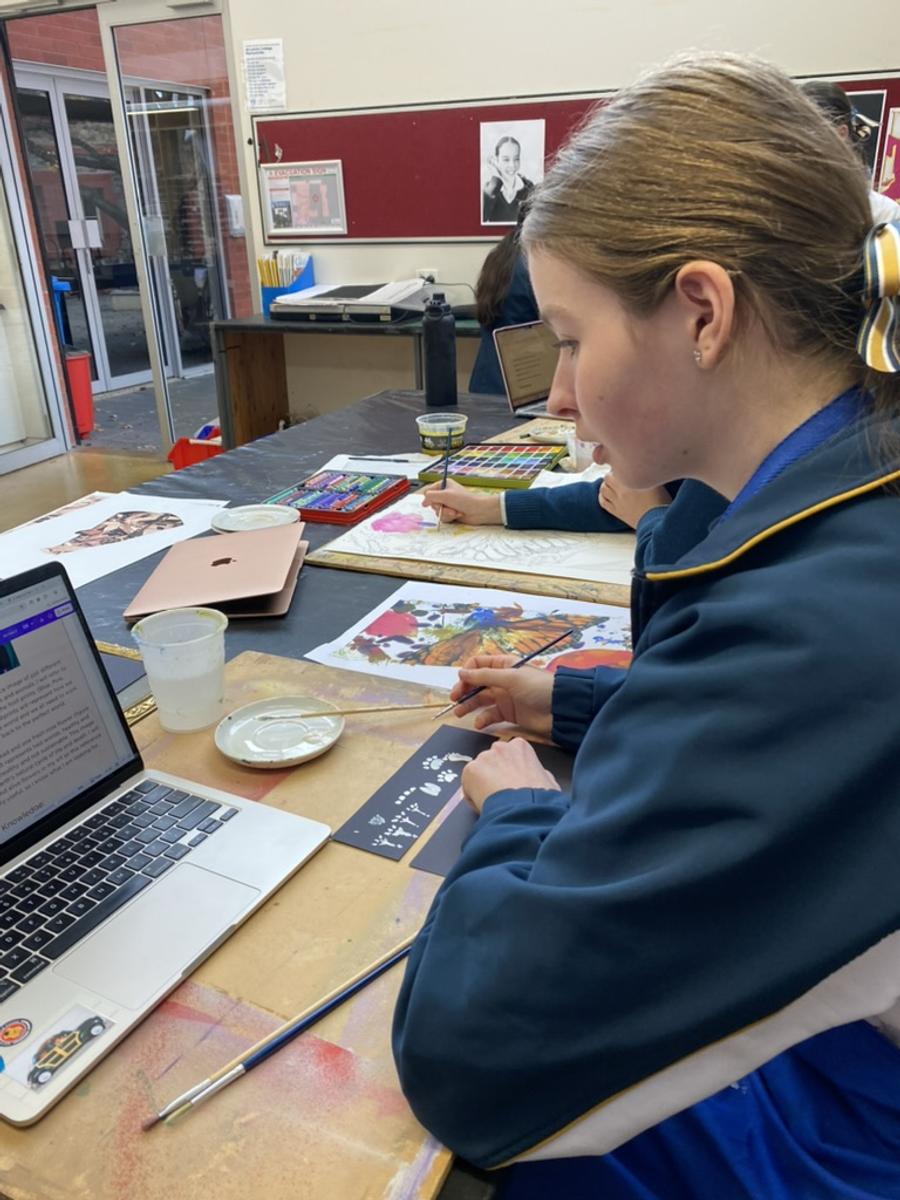
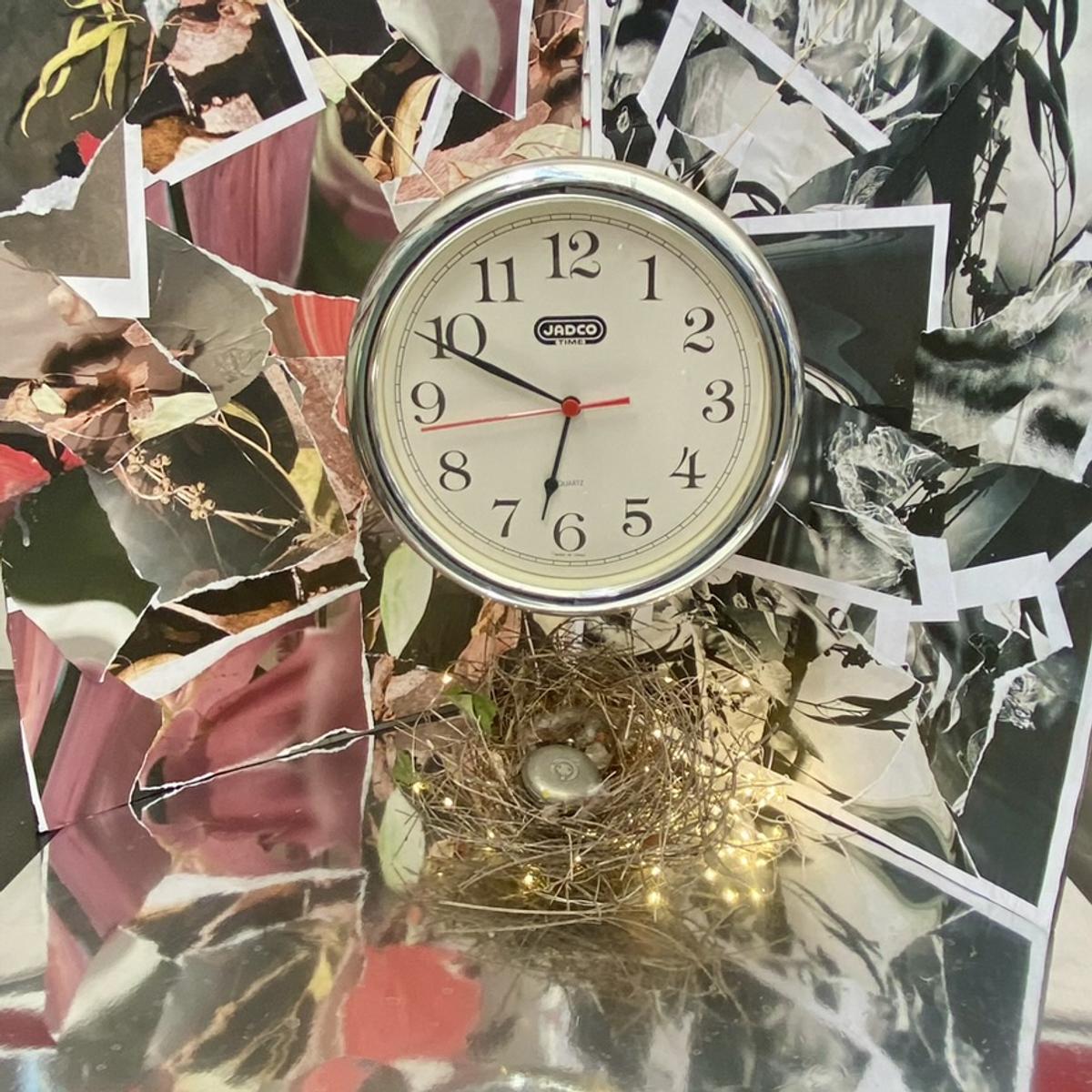
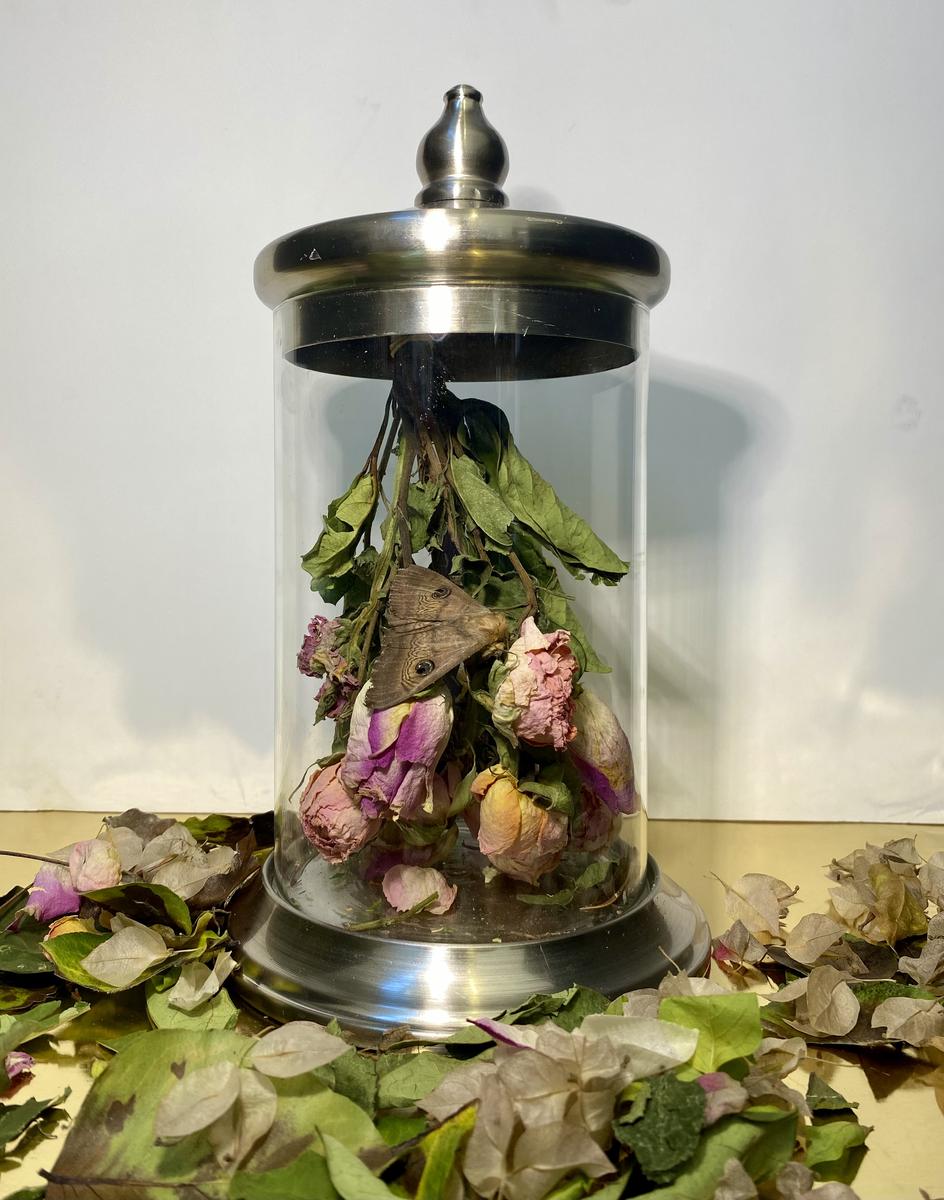
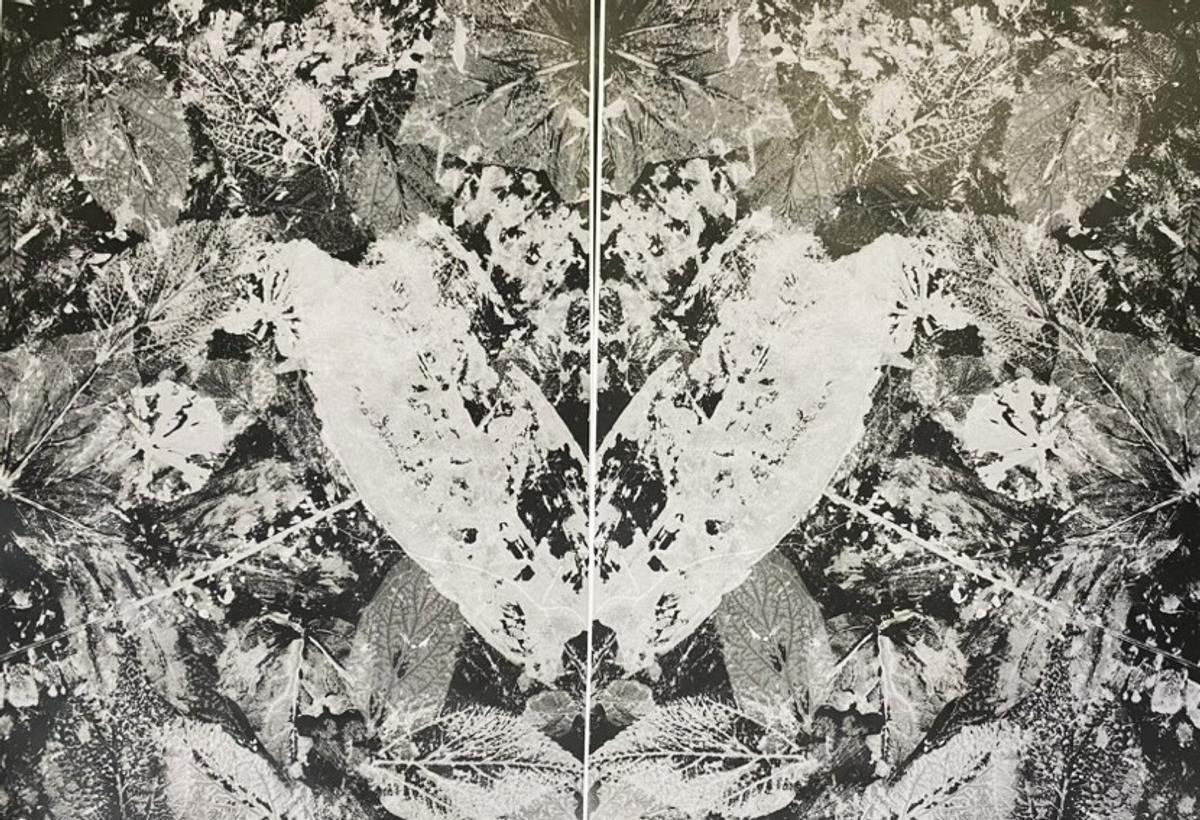
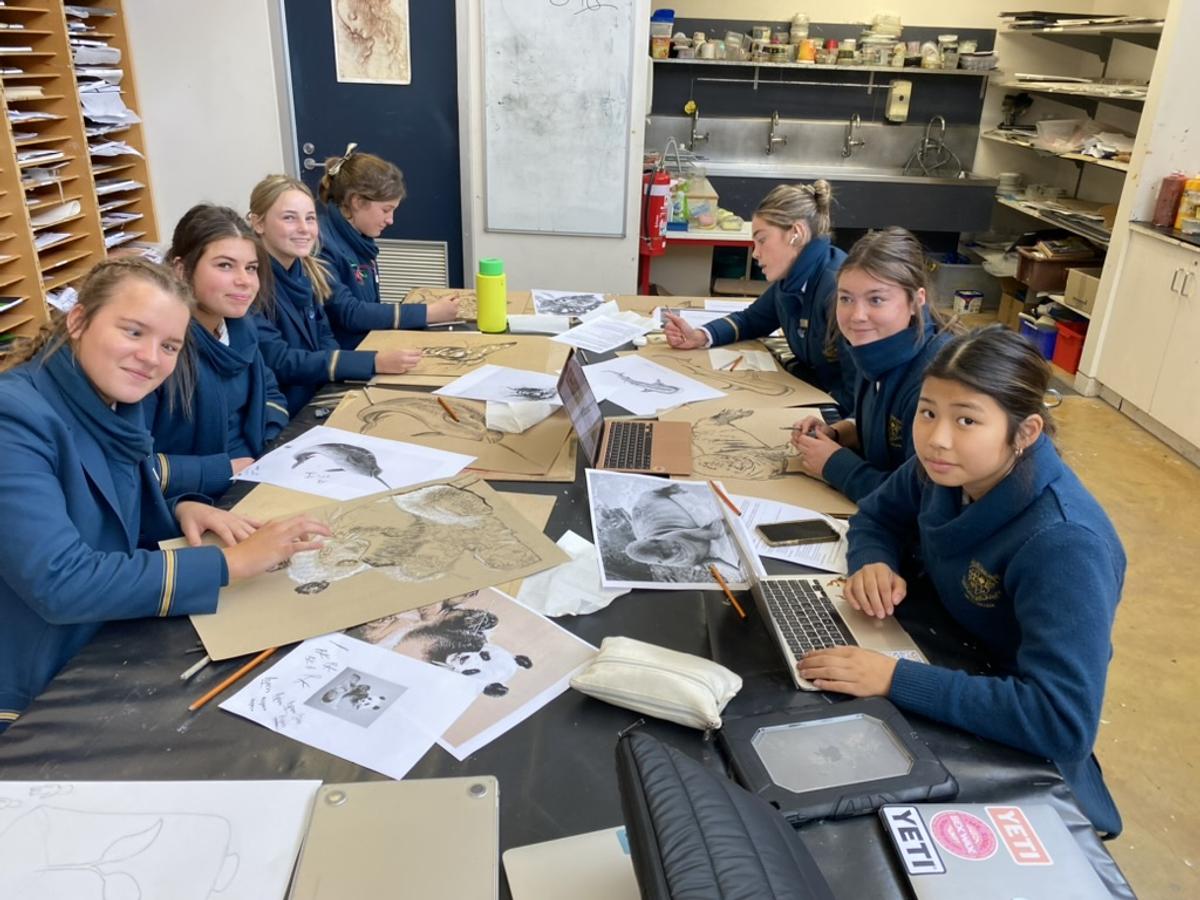
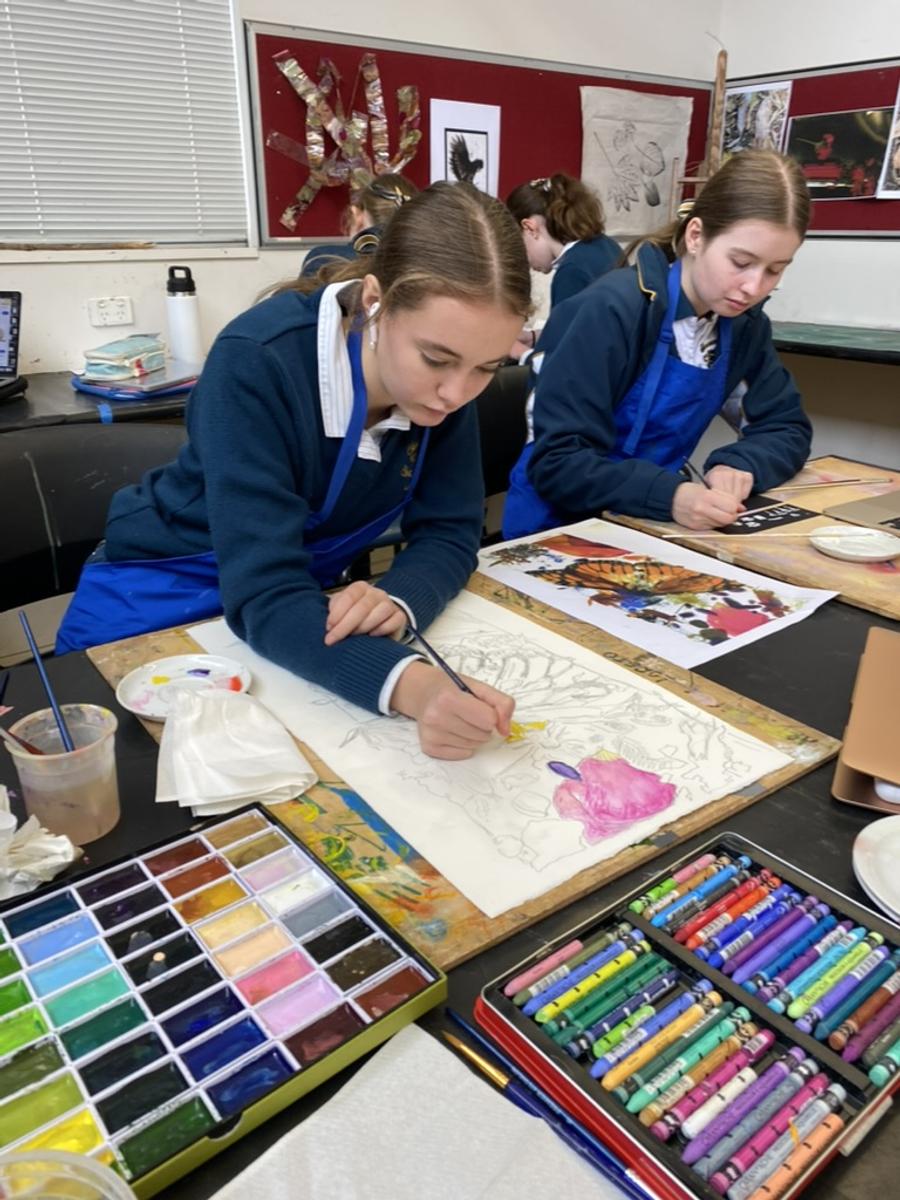













Year 10: Shelter, where people live
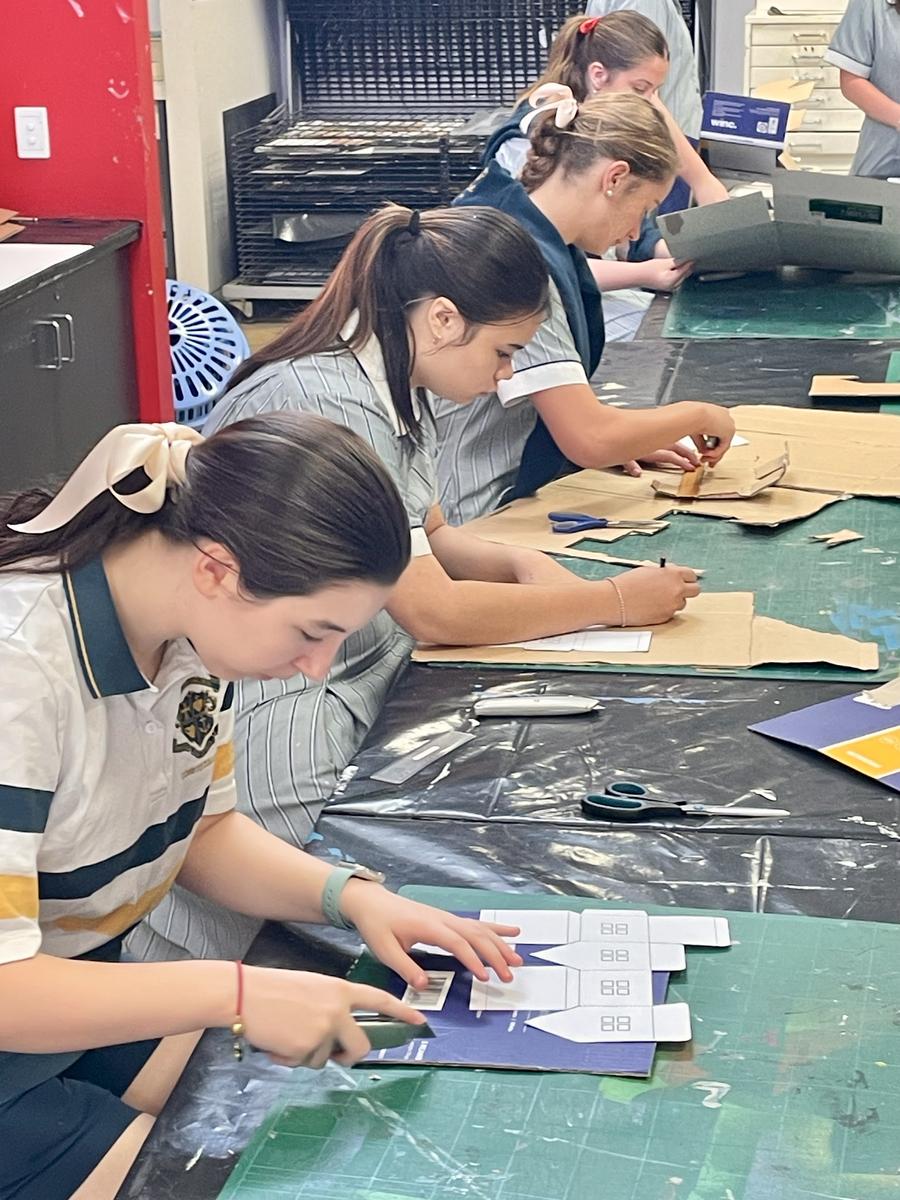
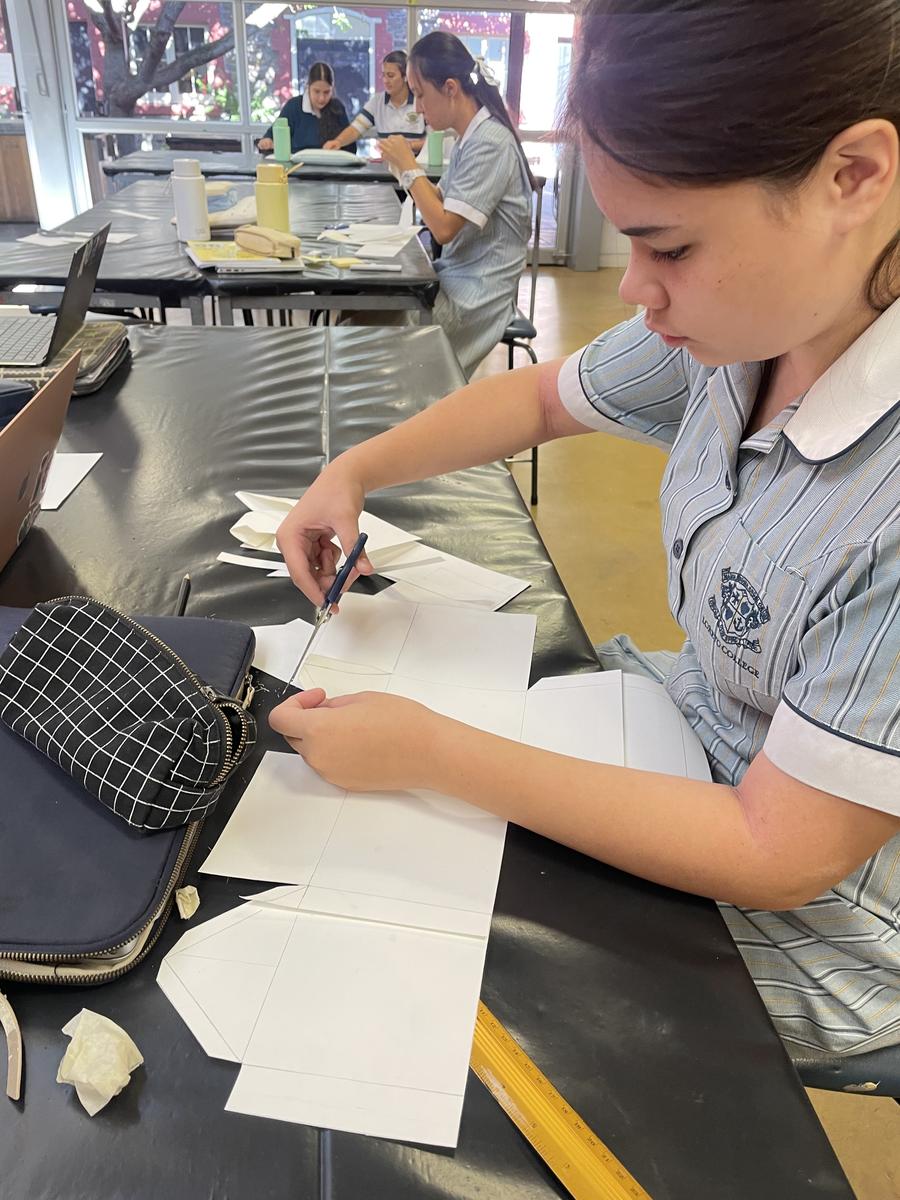
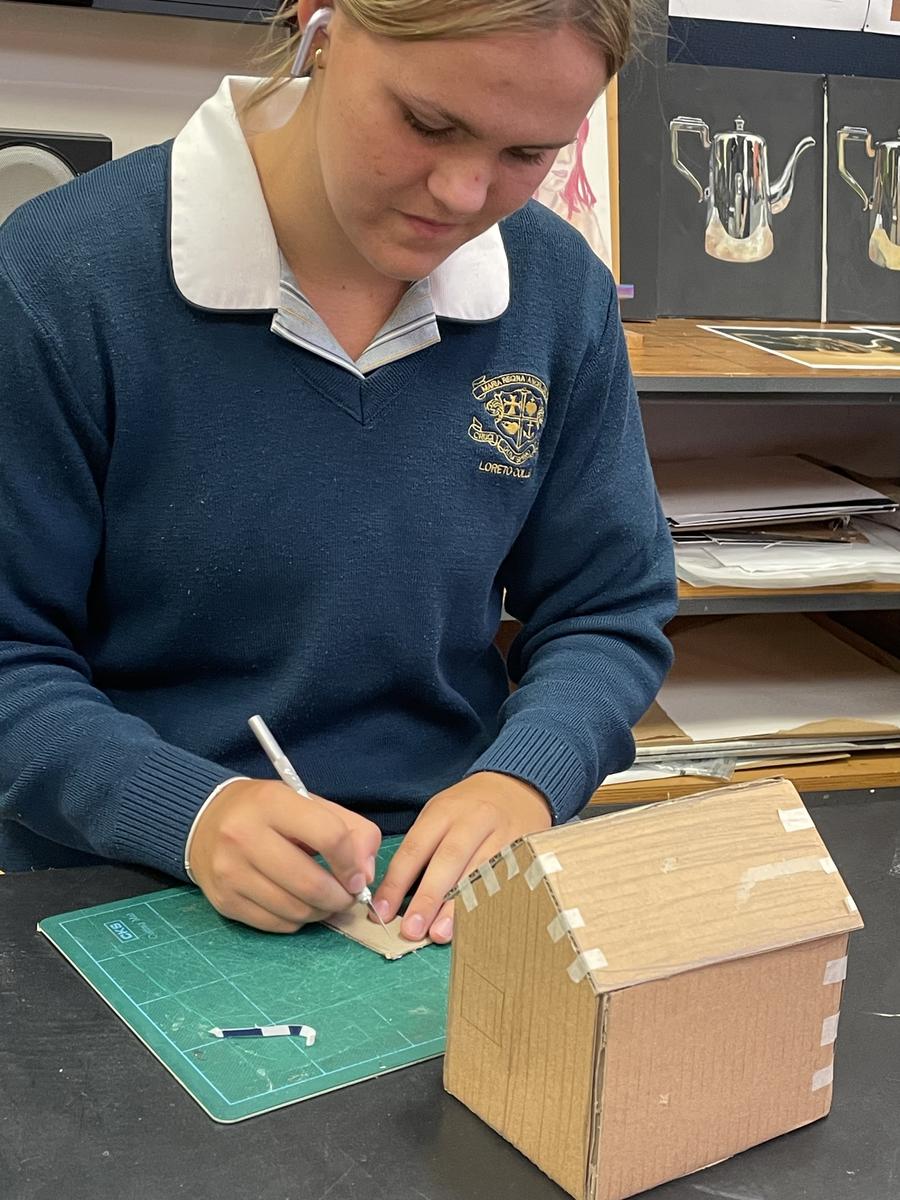
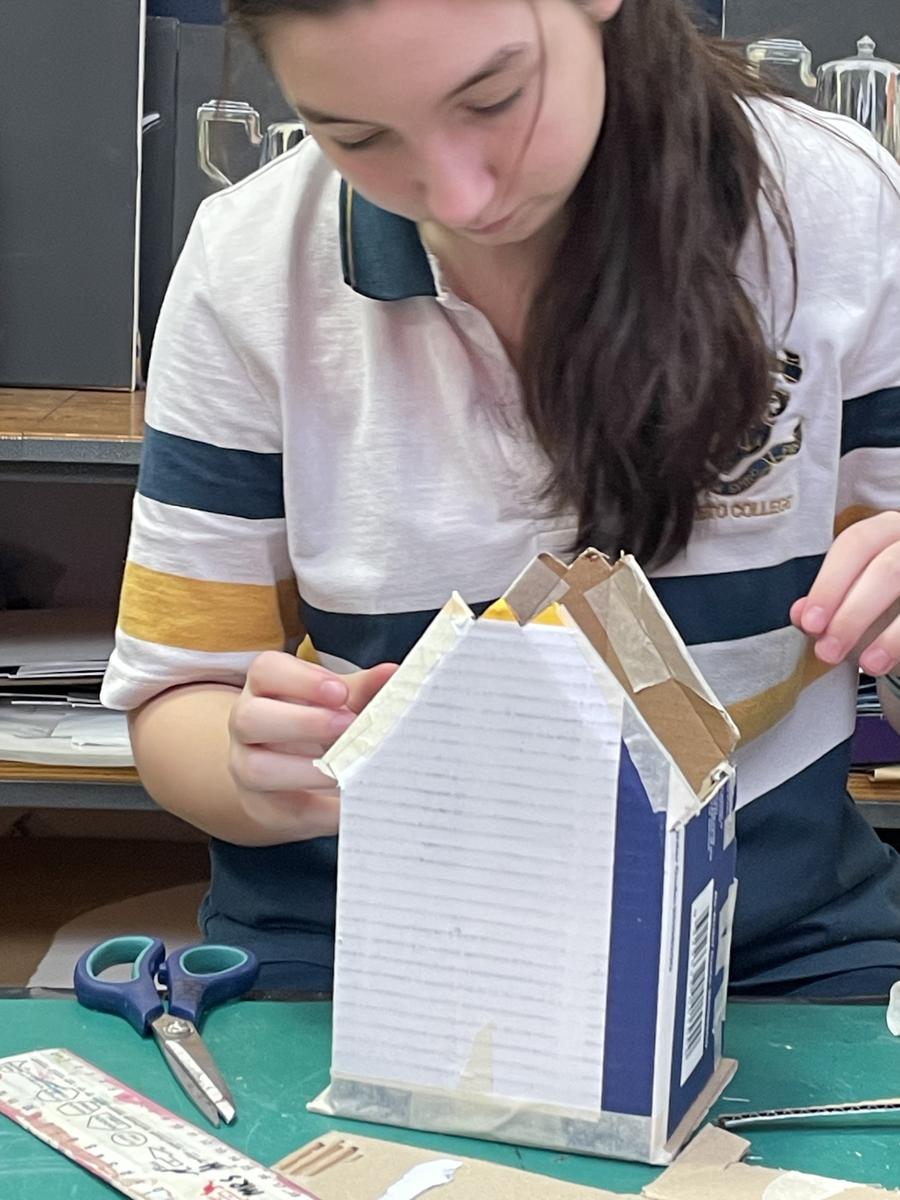
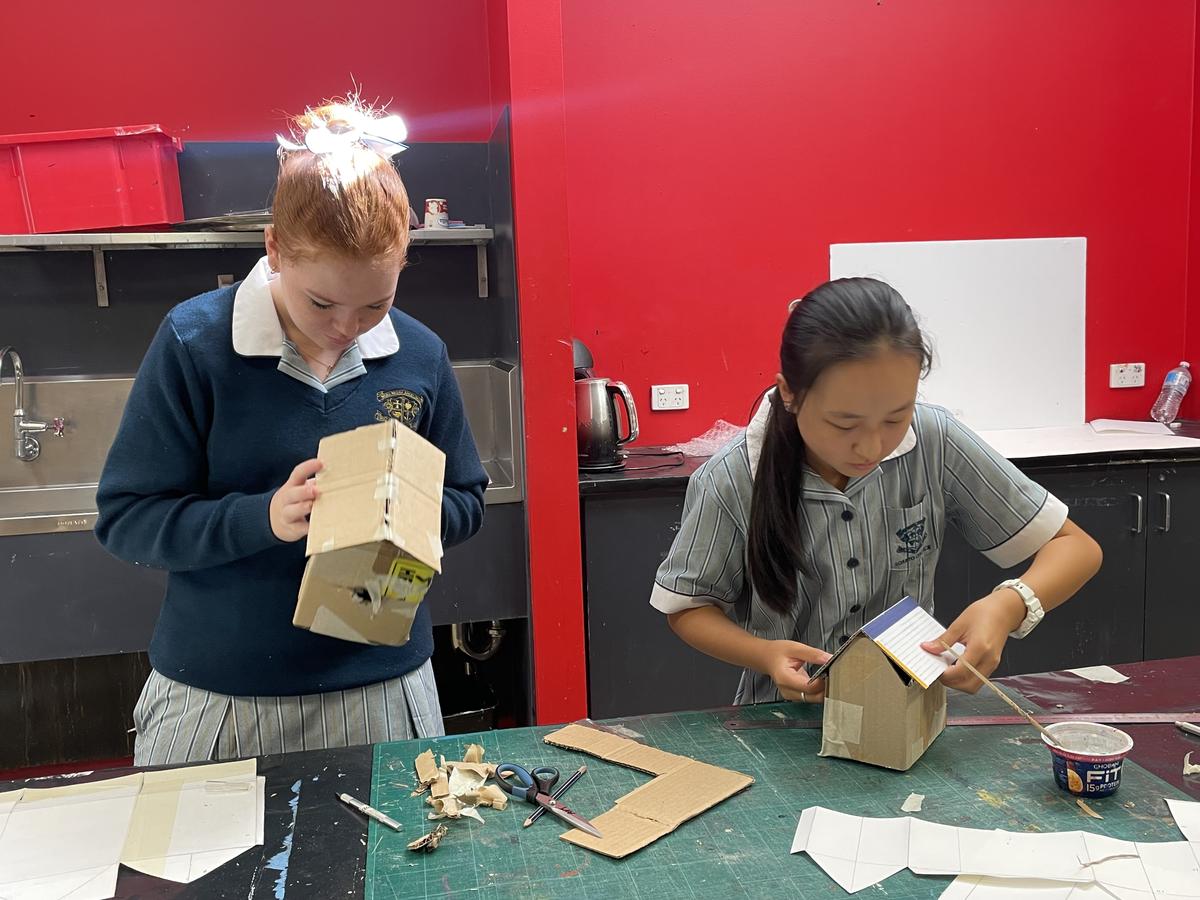
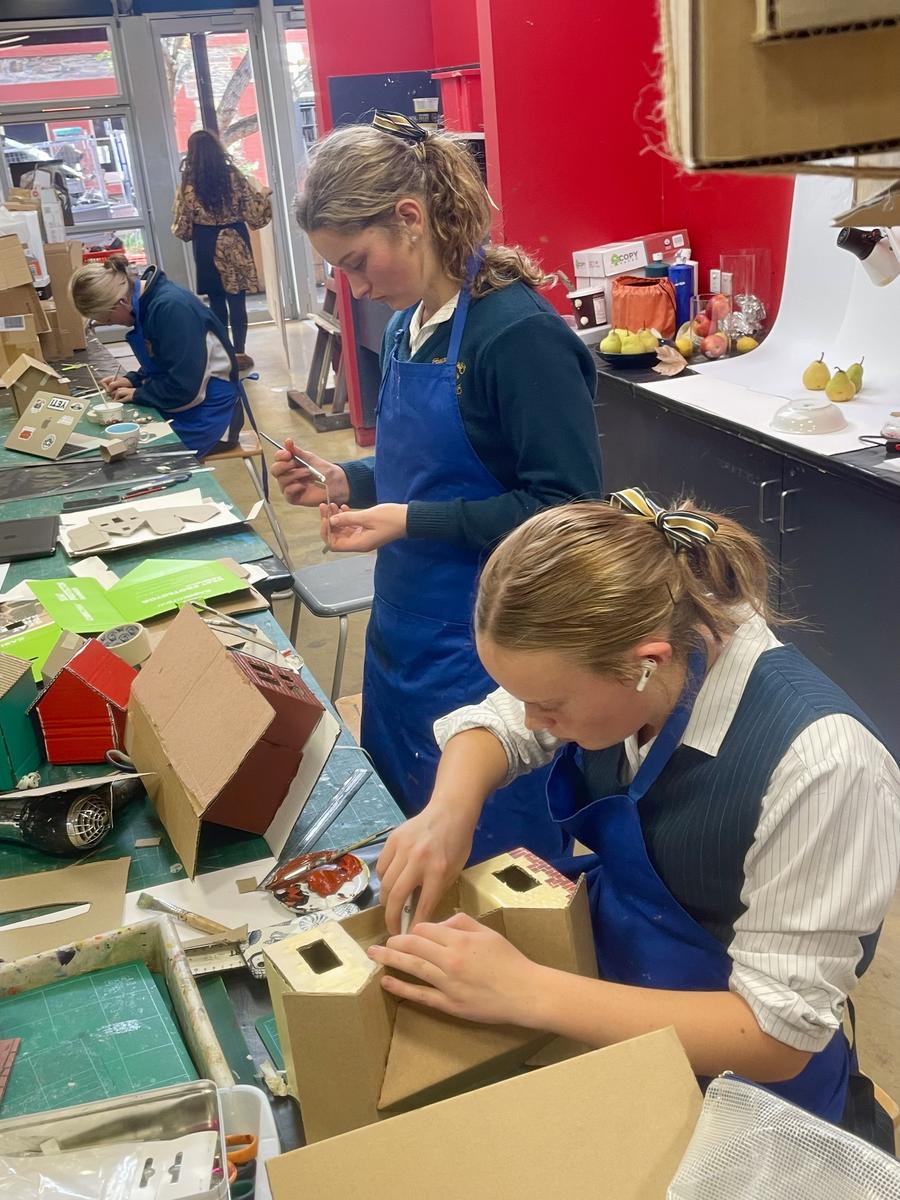
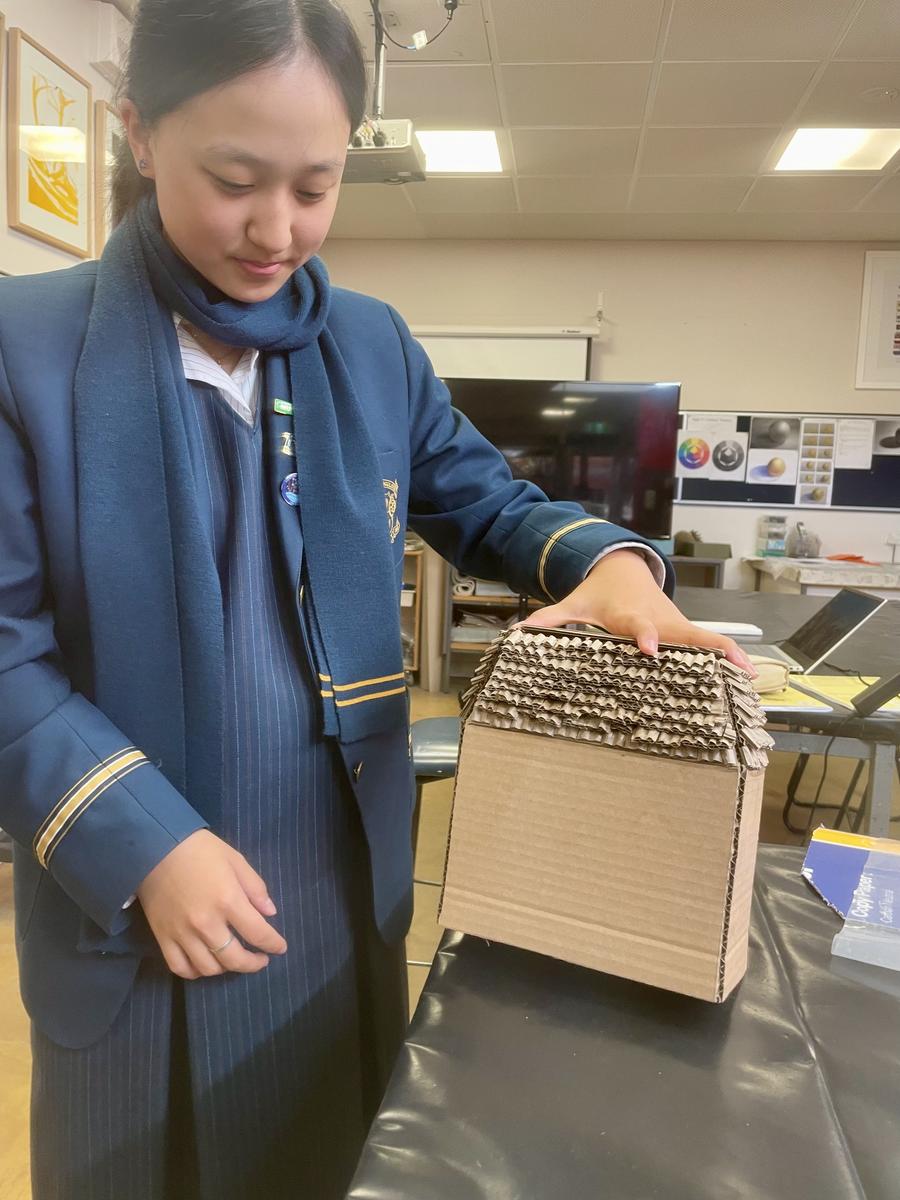
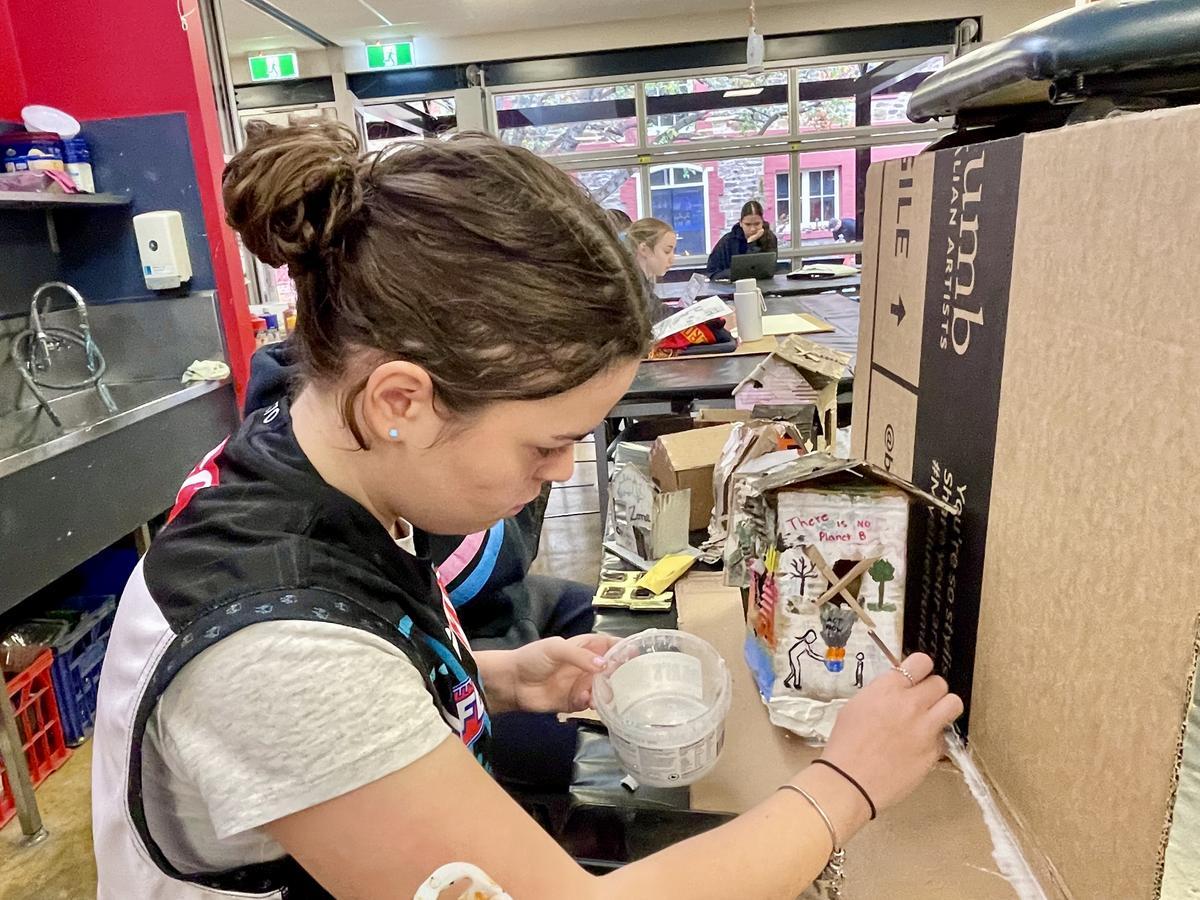
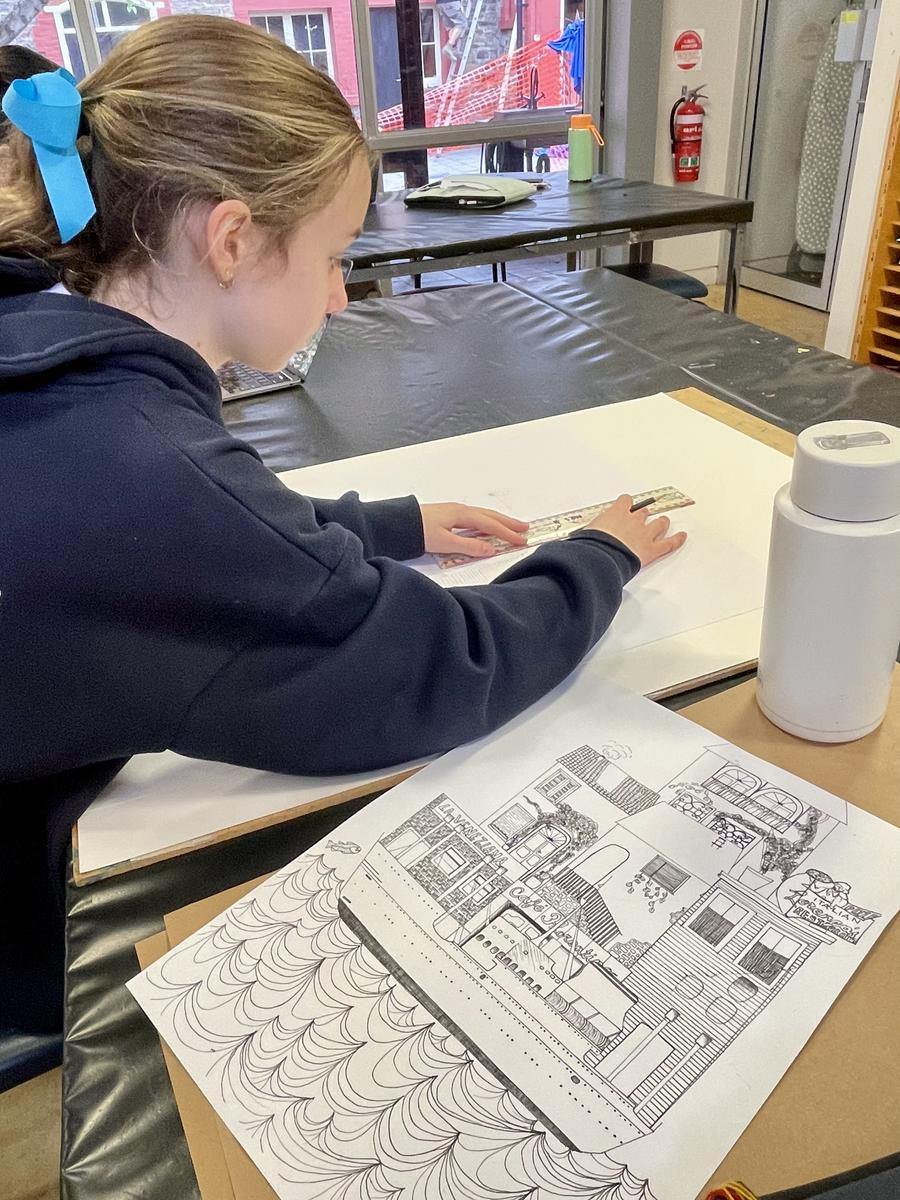
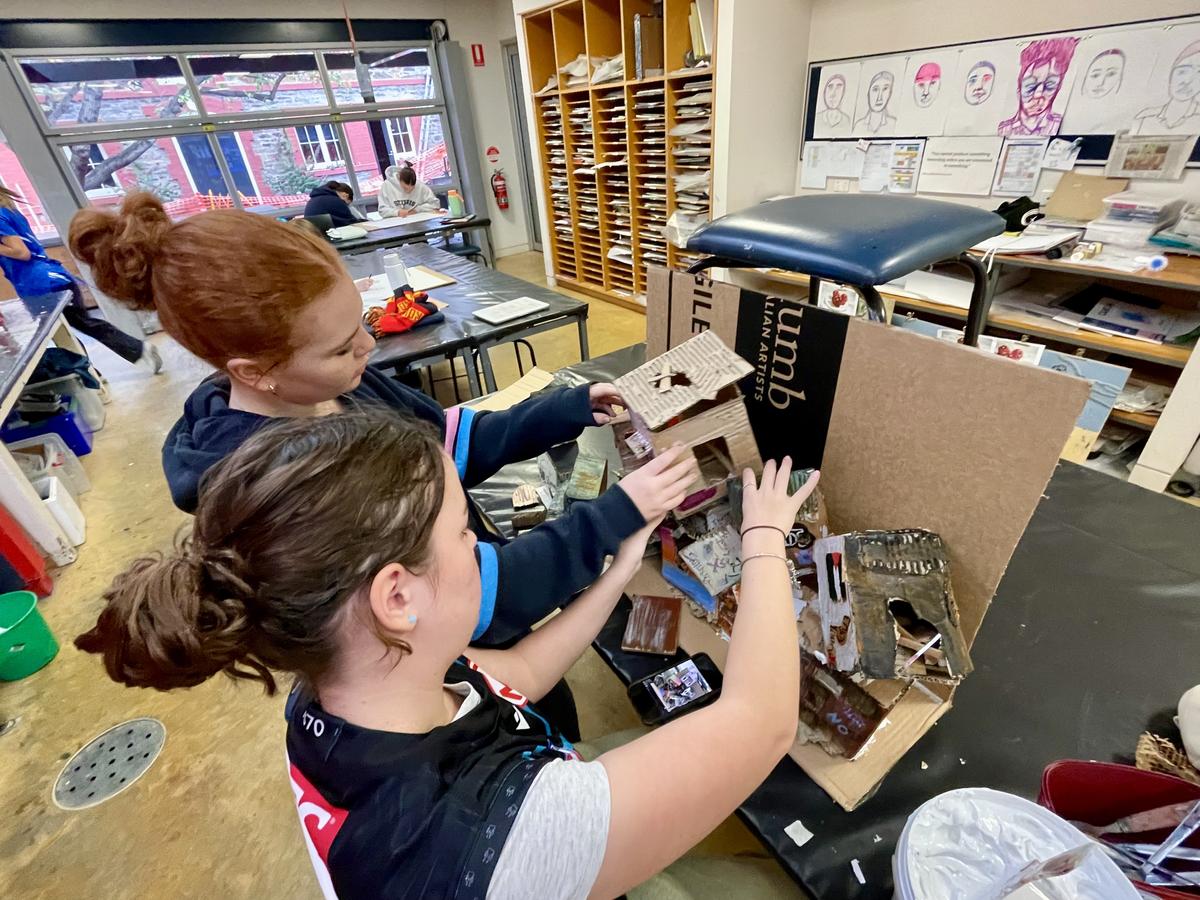
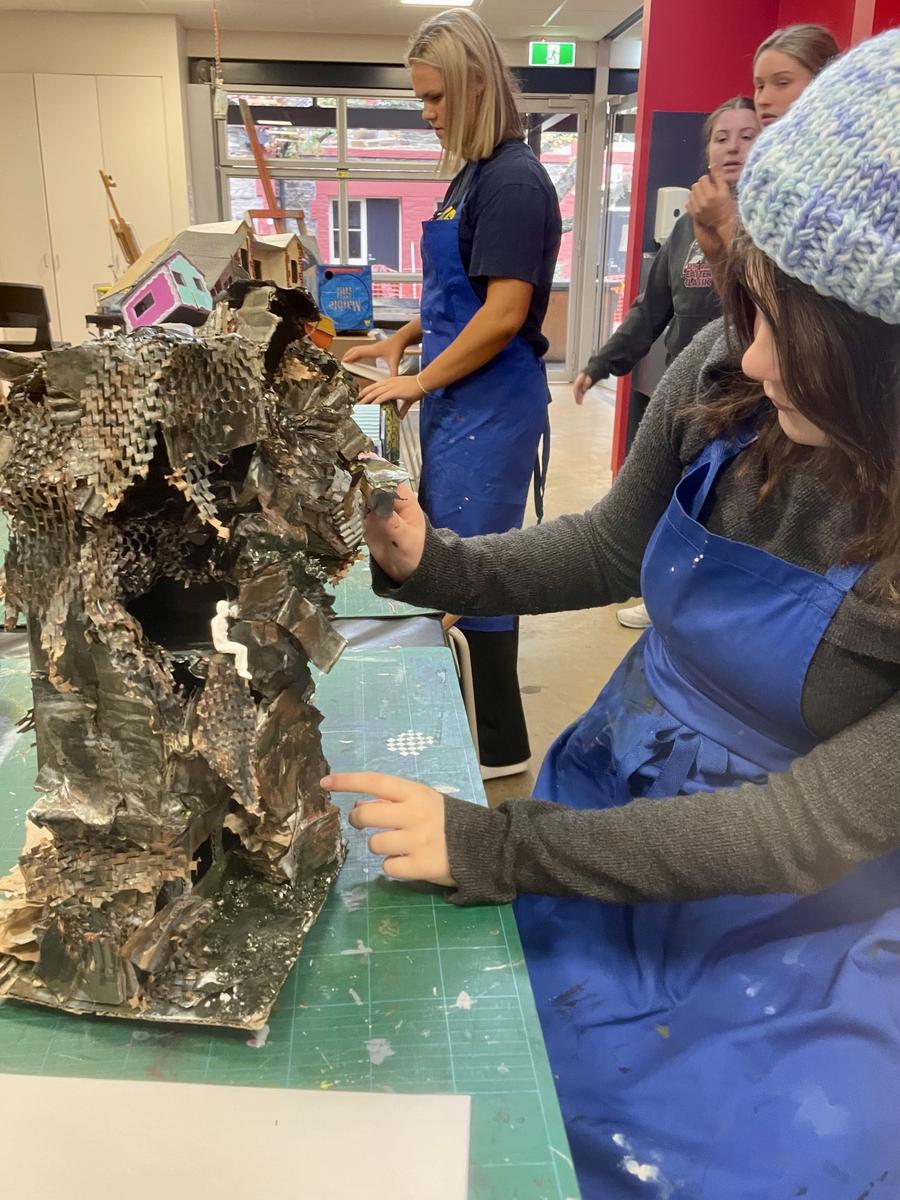
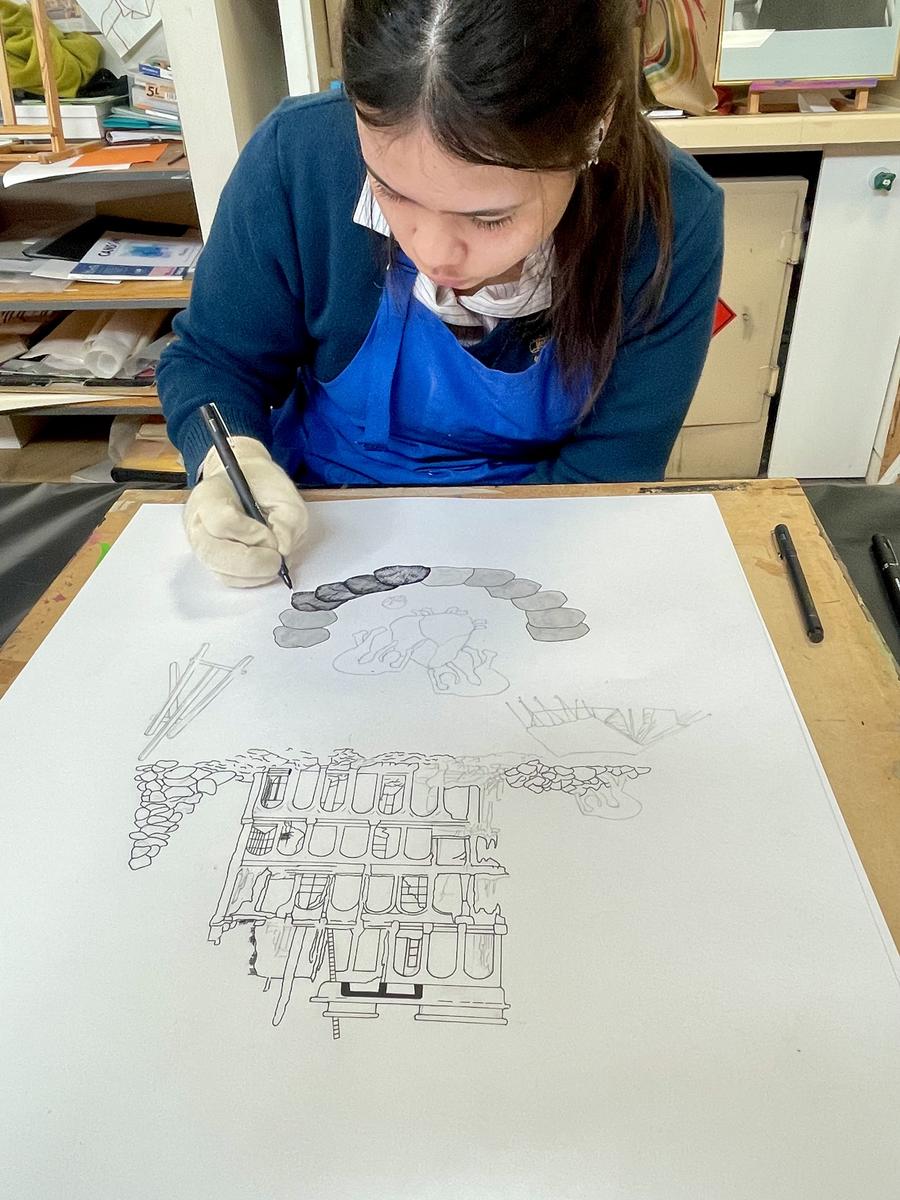
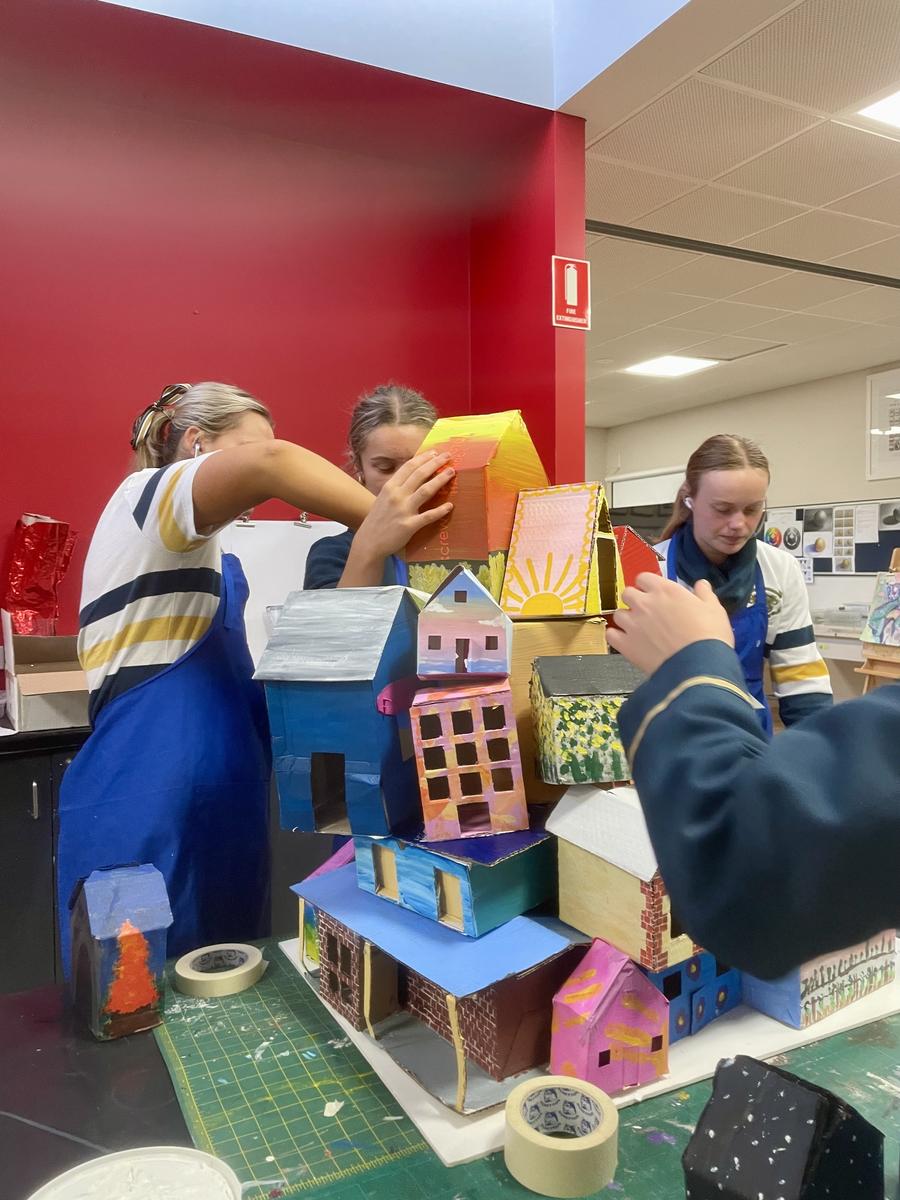
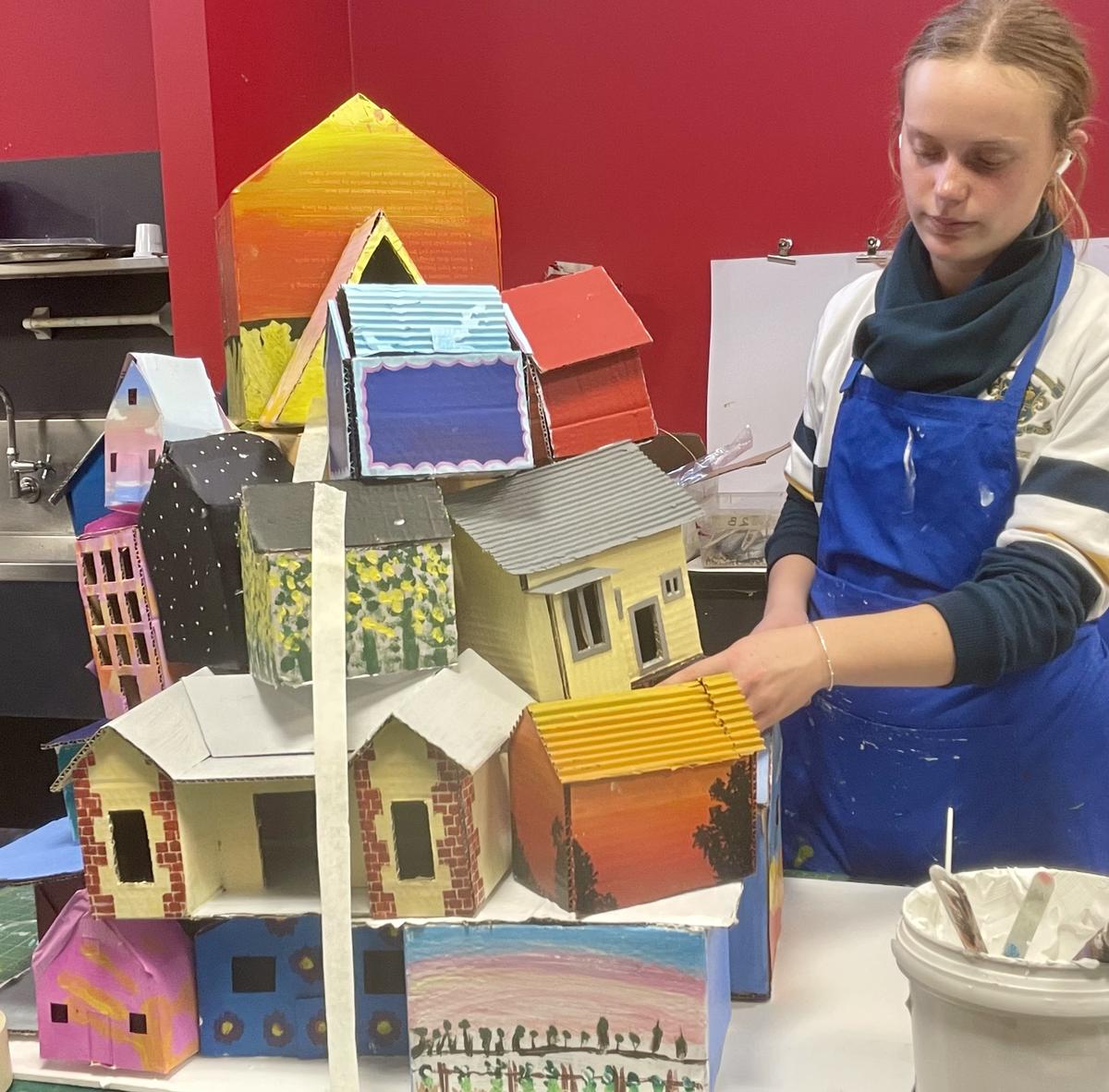

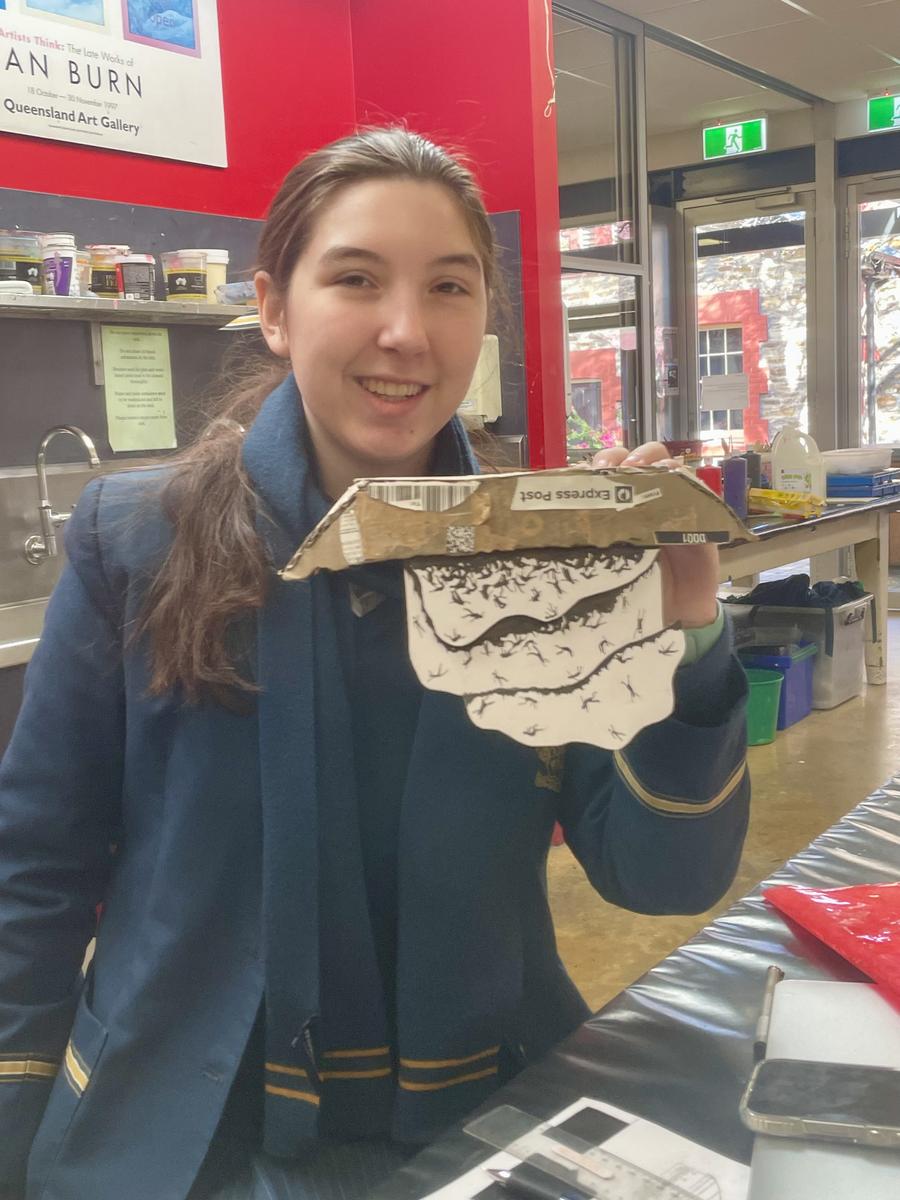
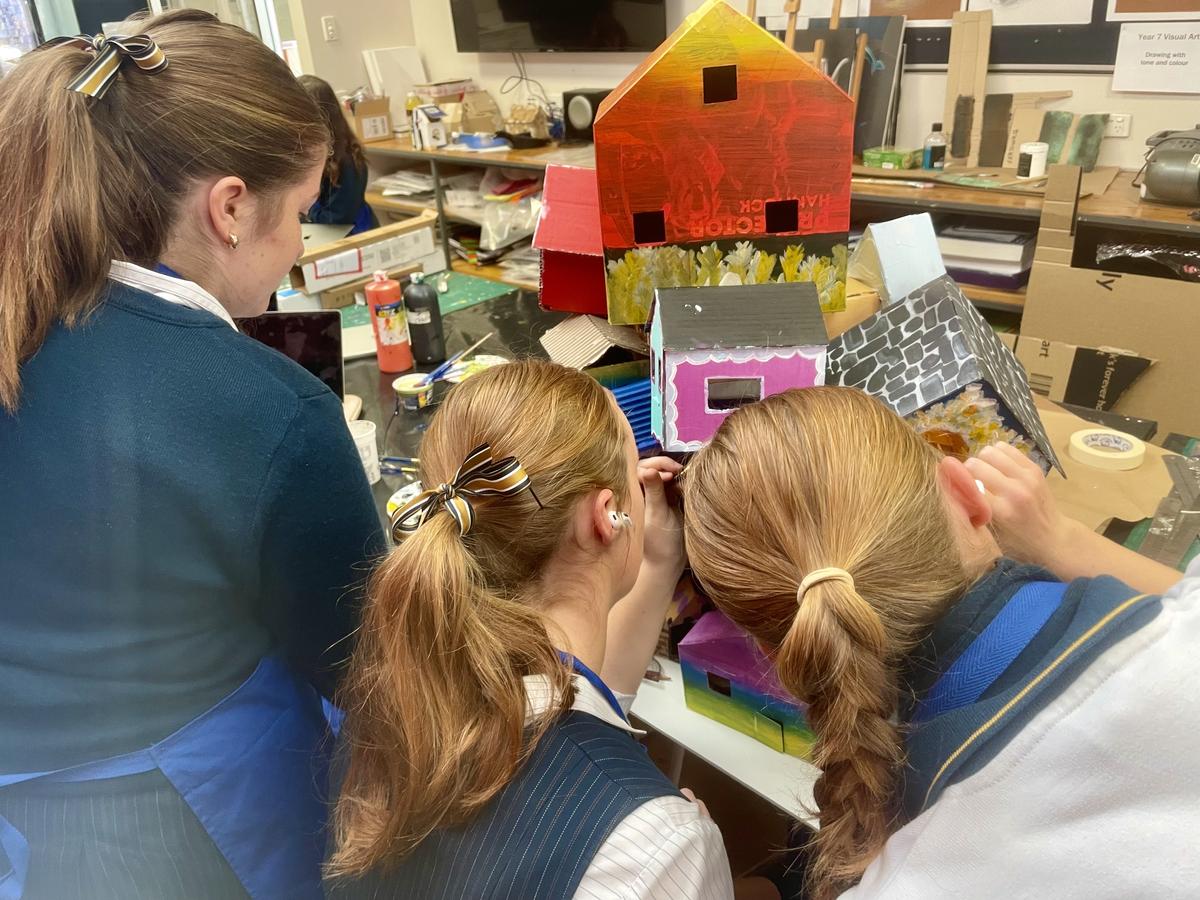
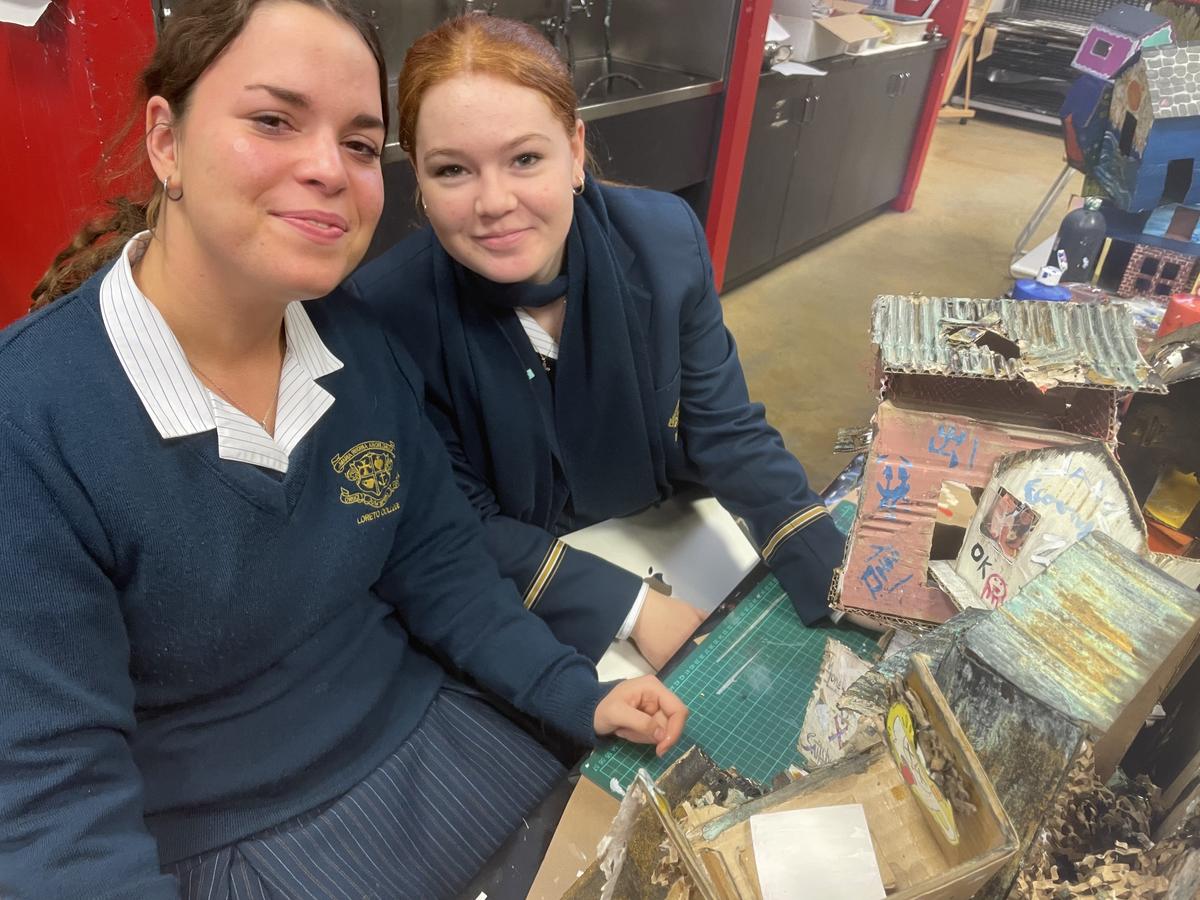


















Year 11
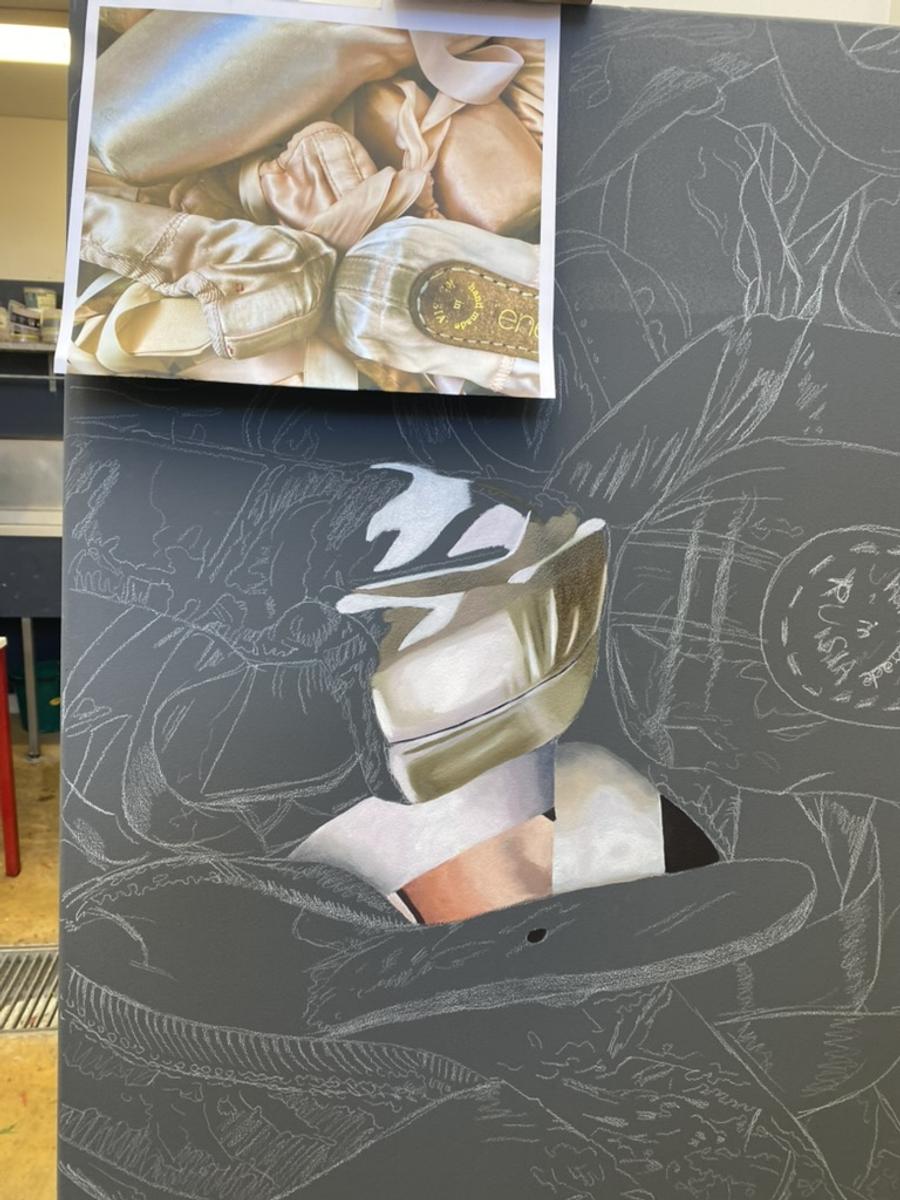
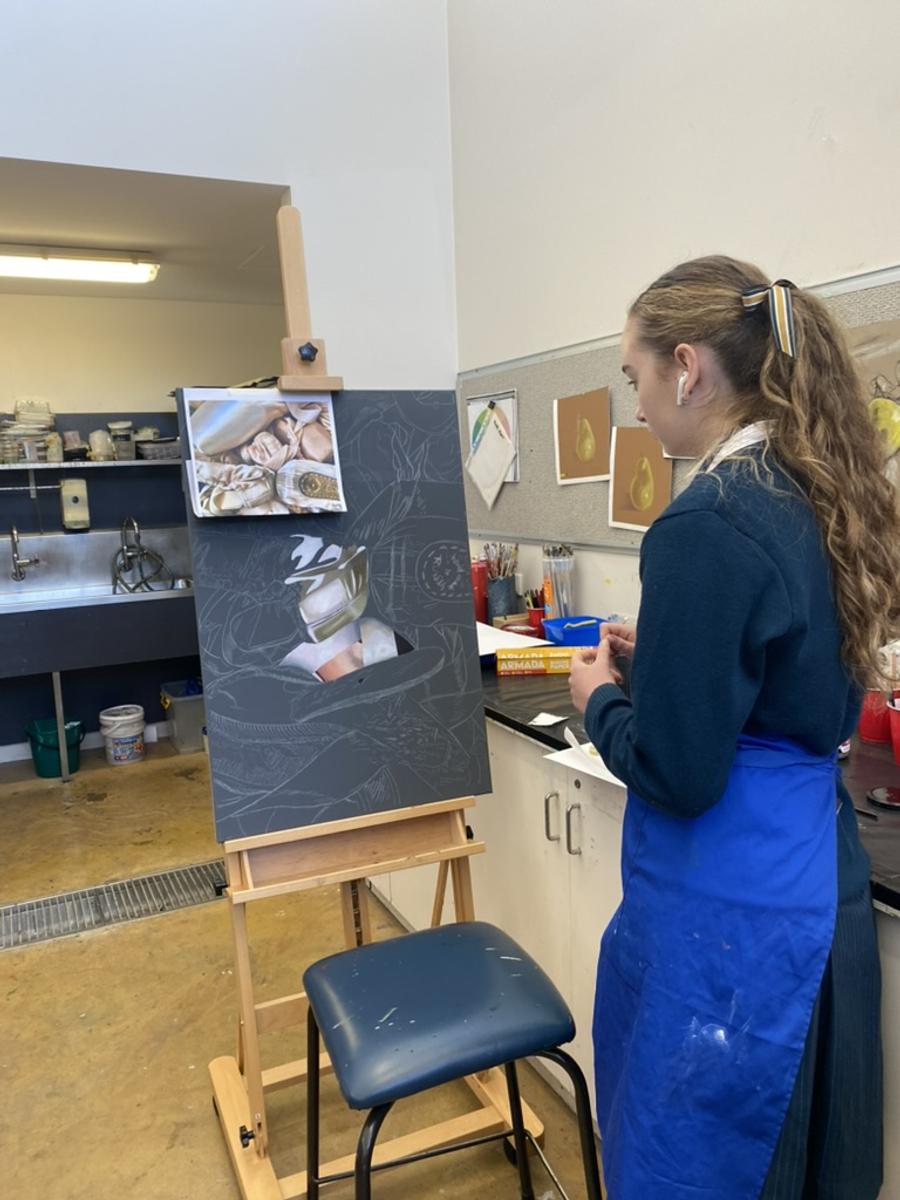
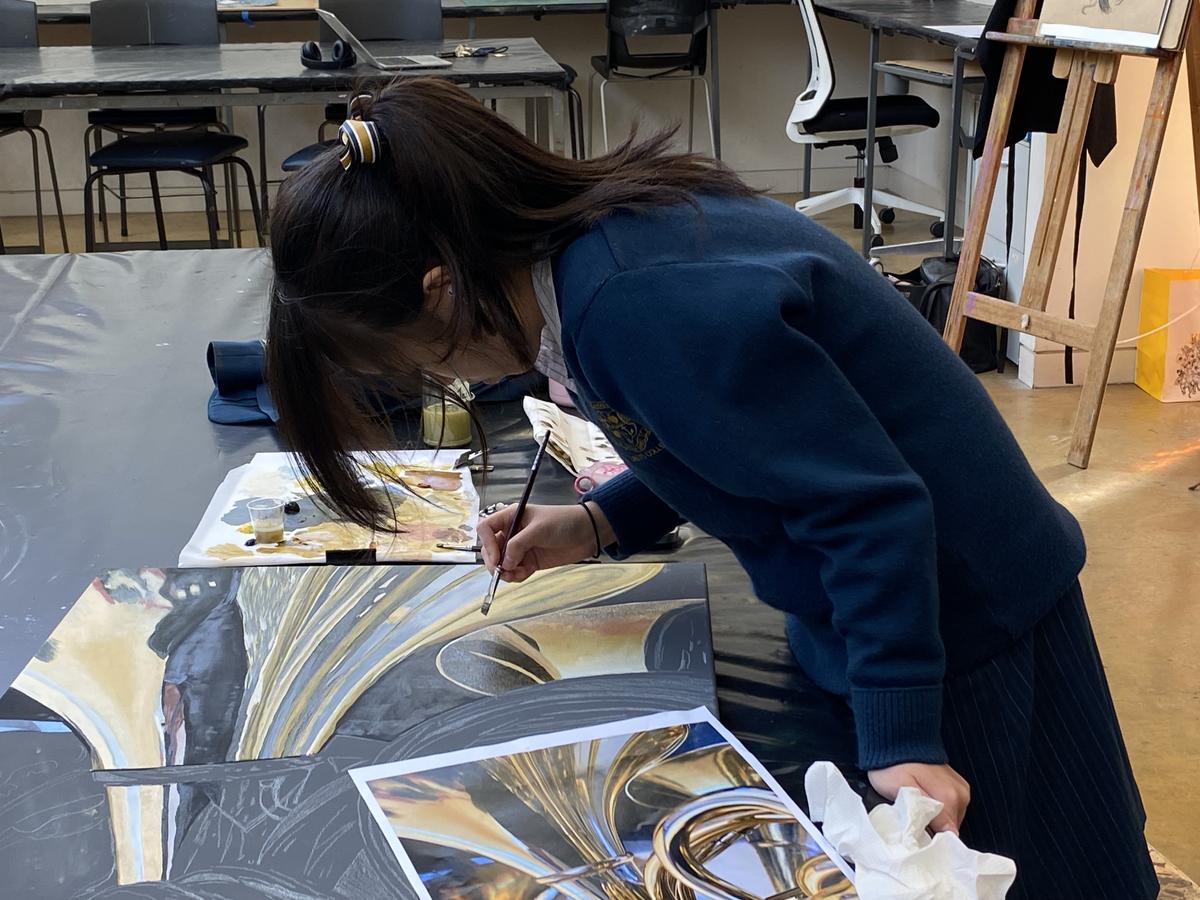
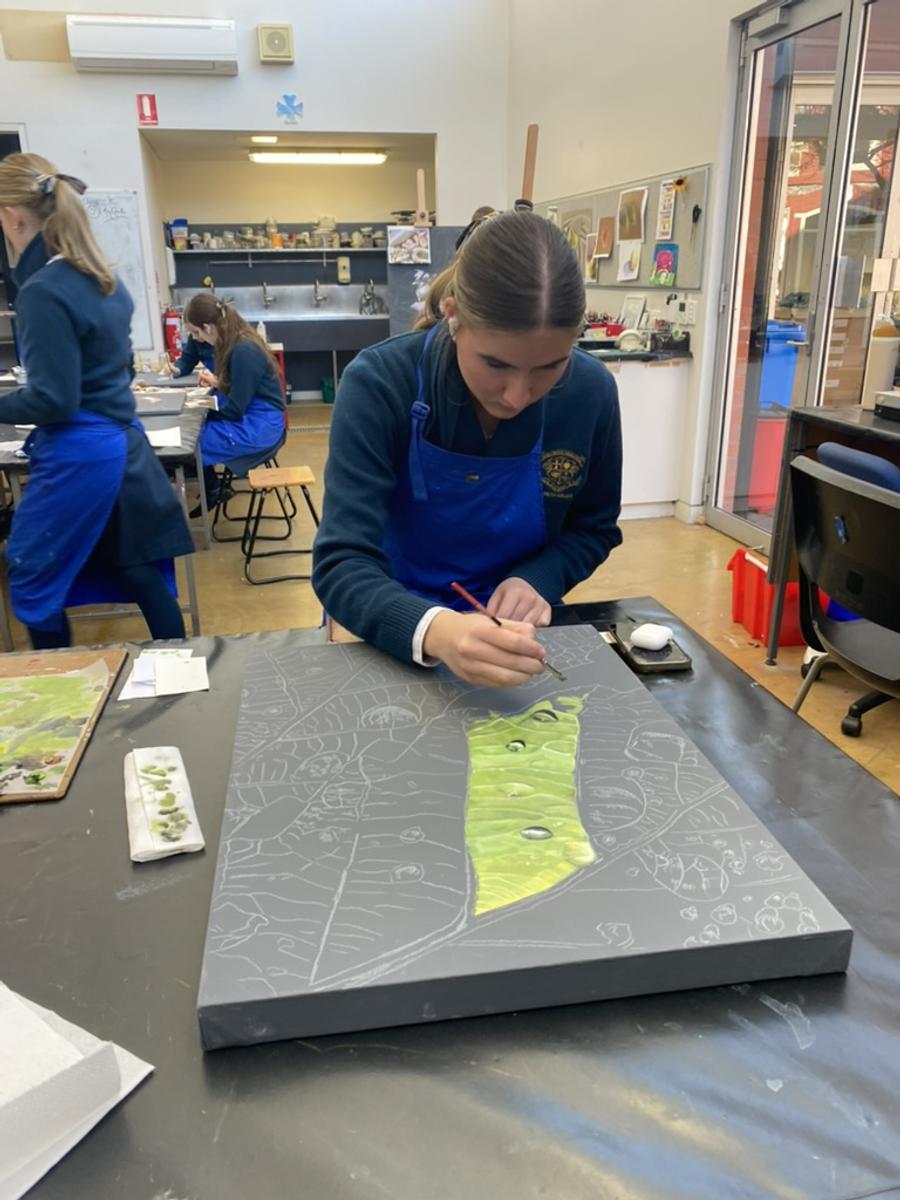
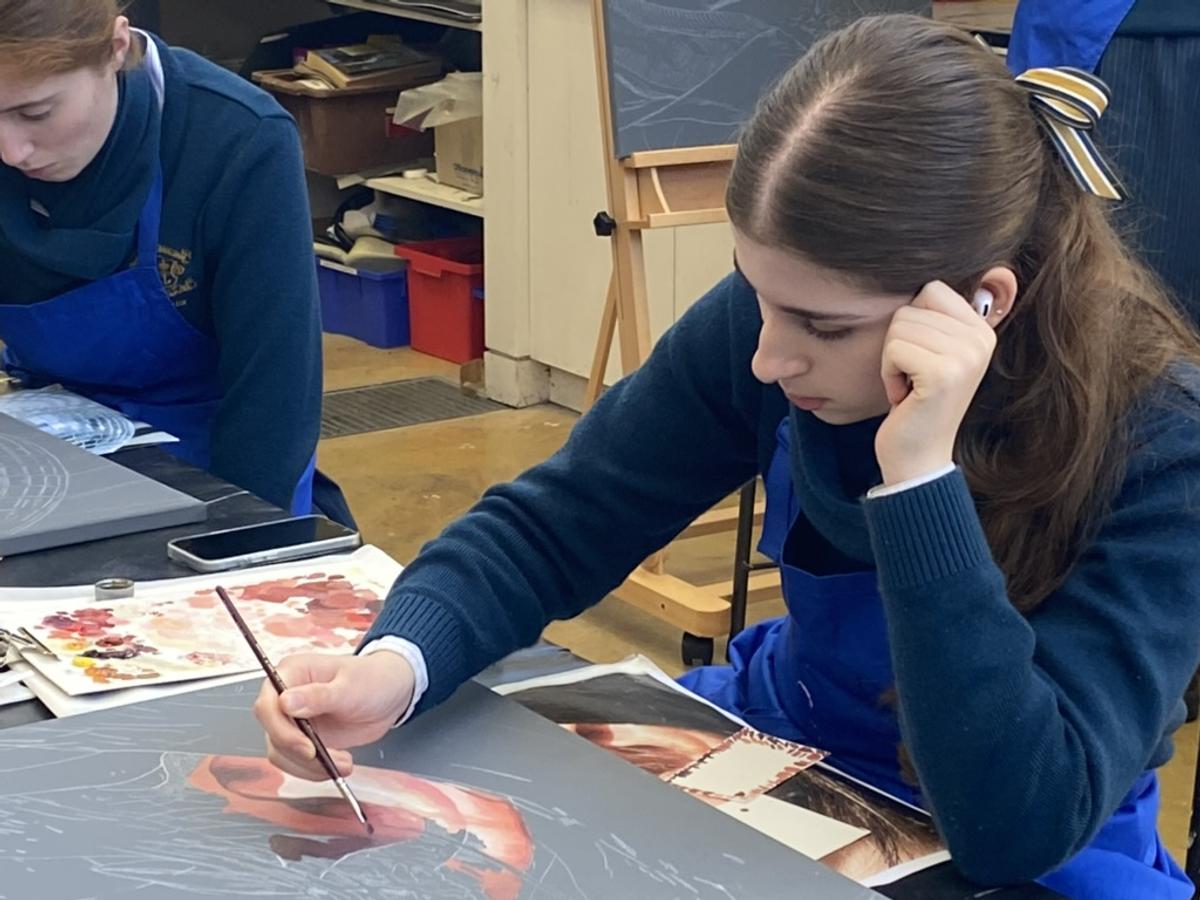
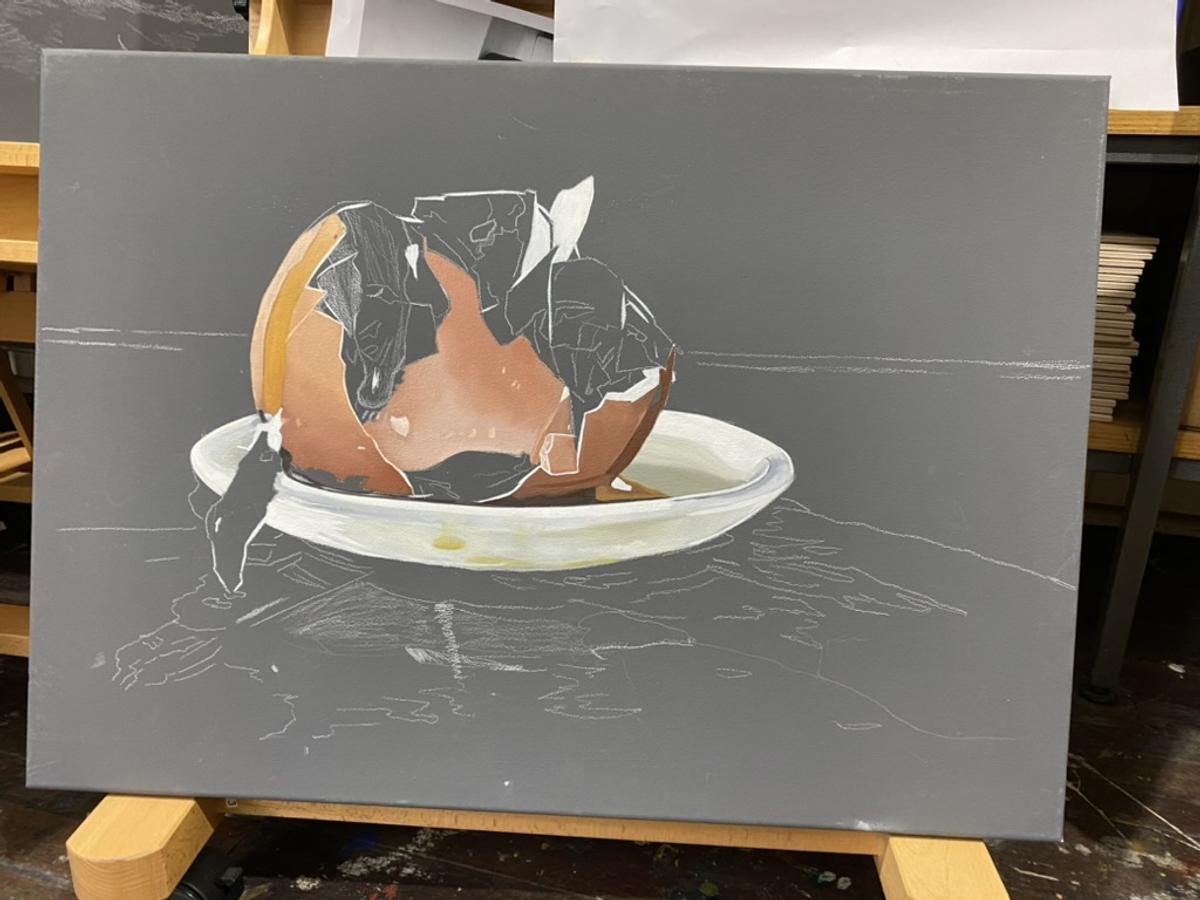
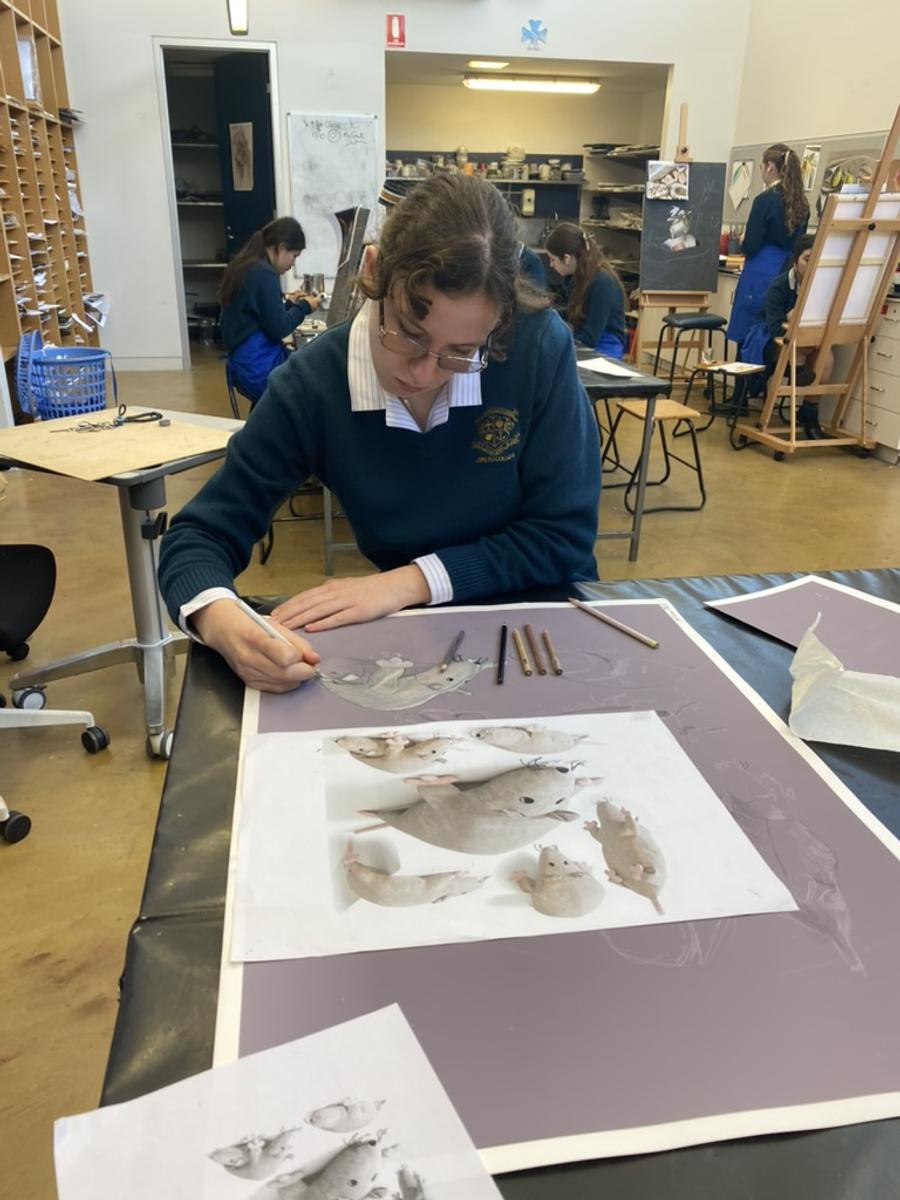
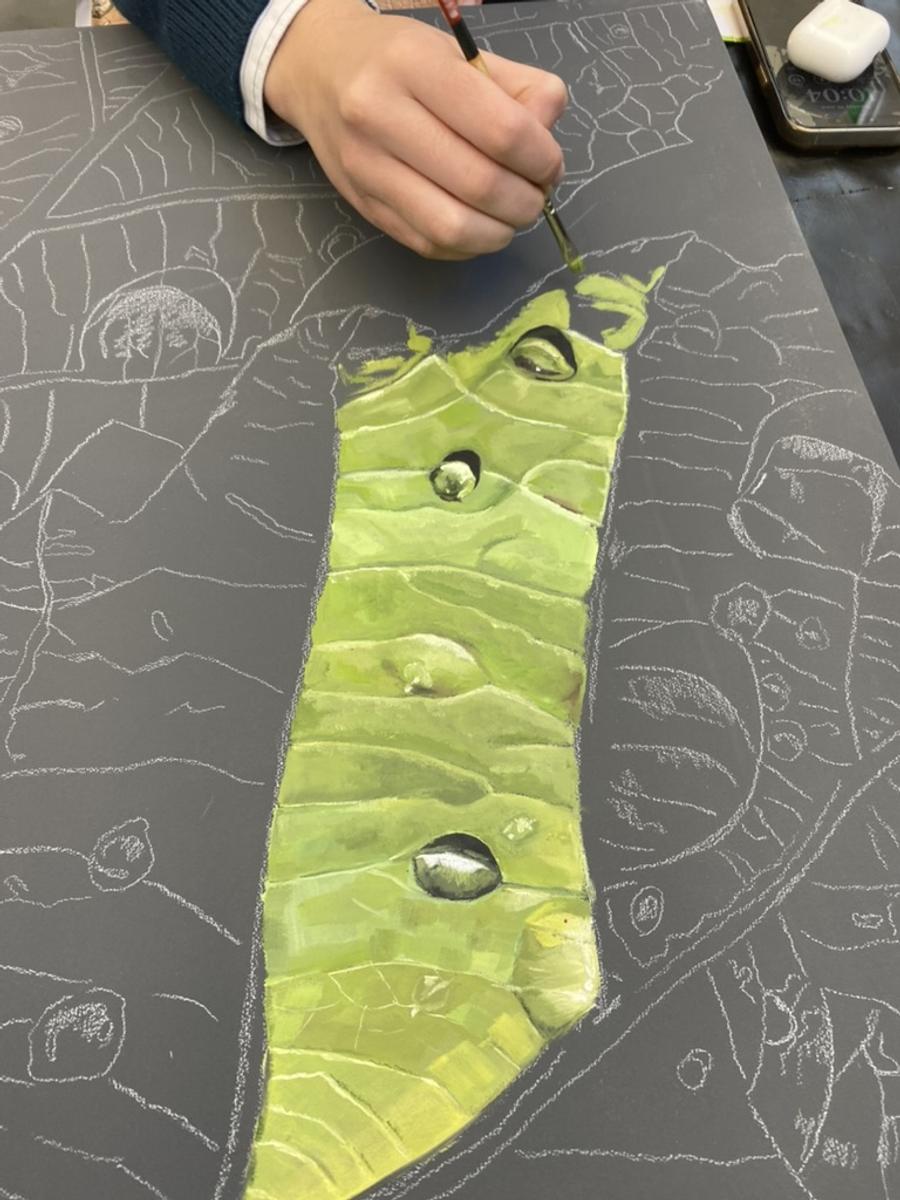
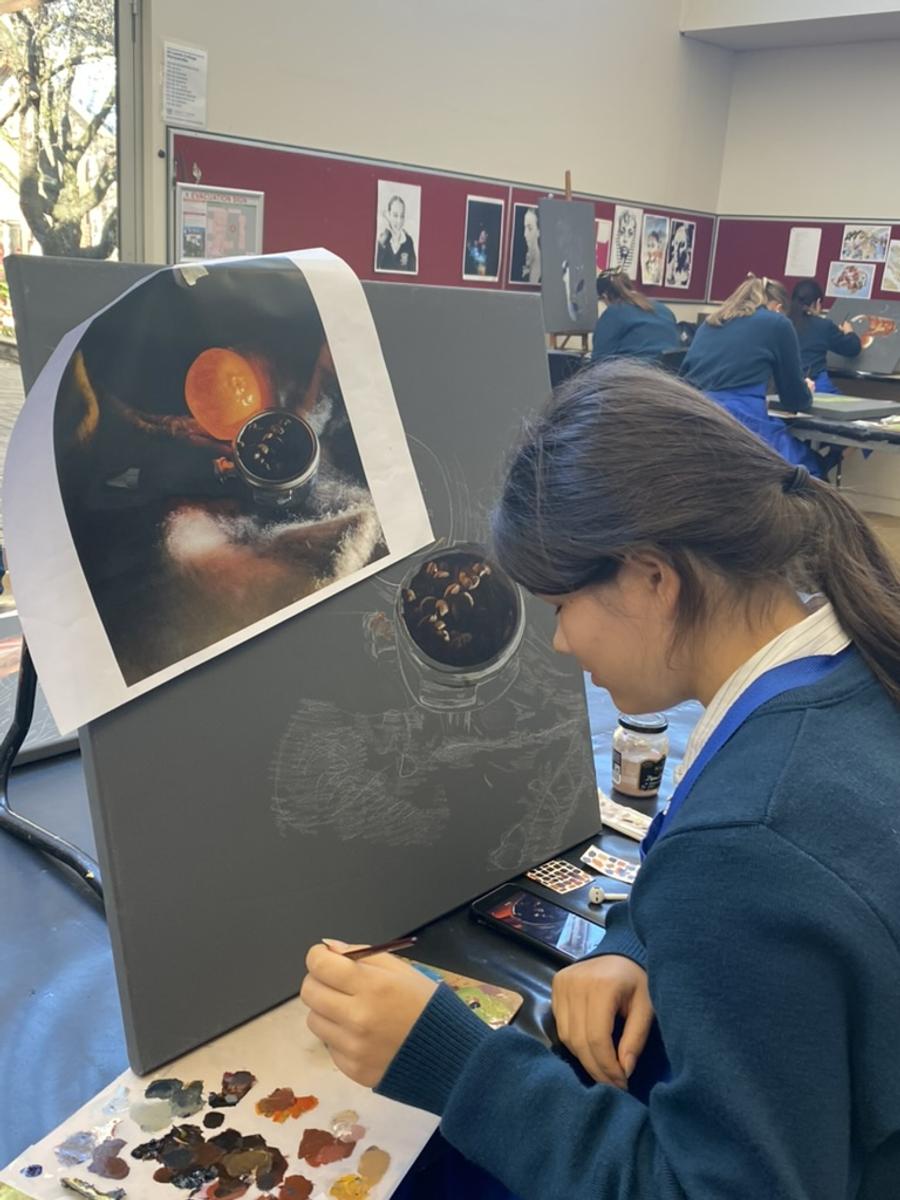
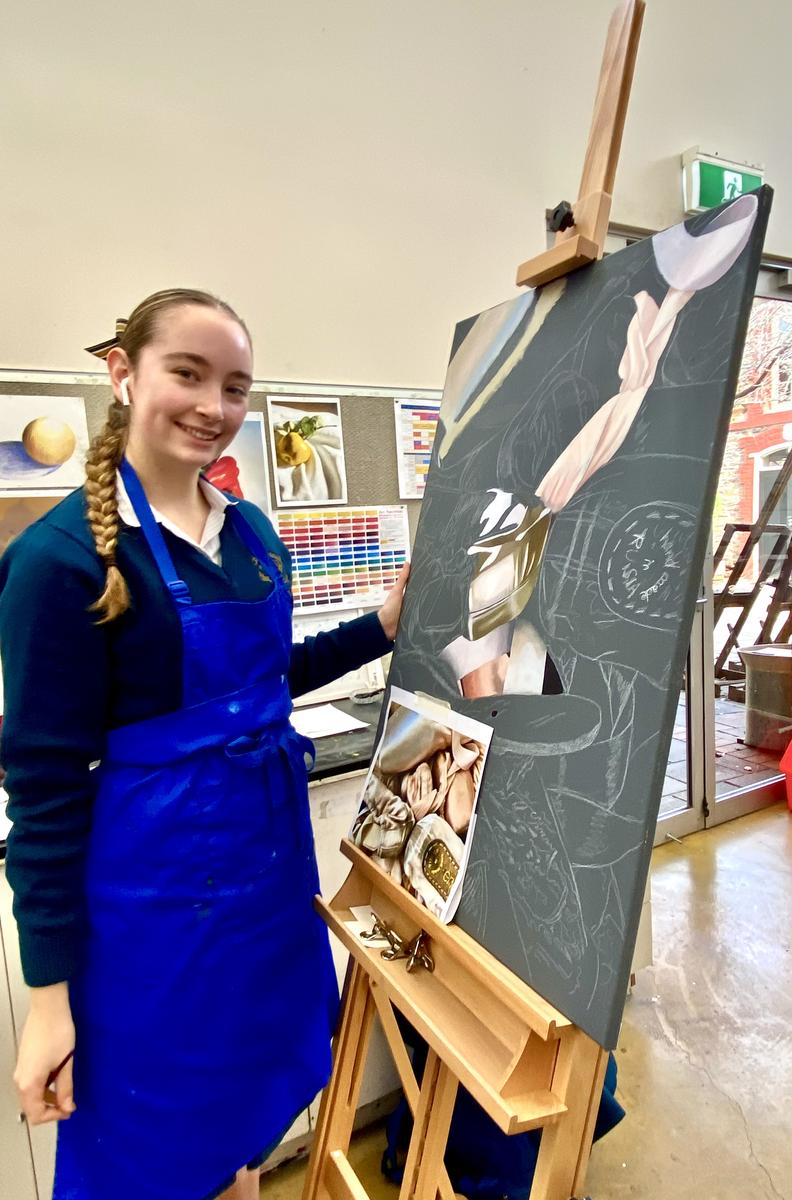
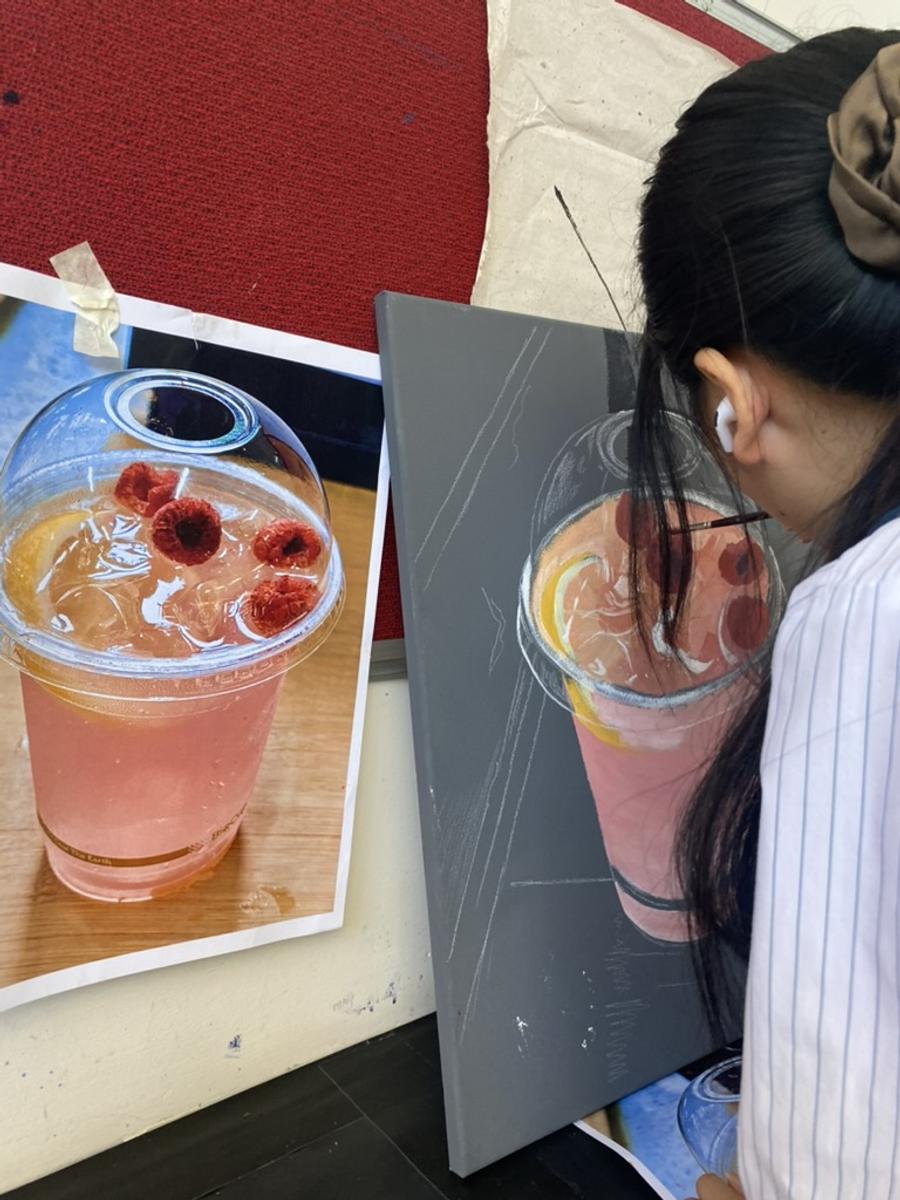
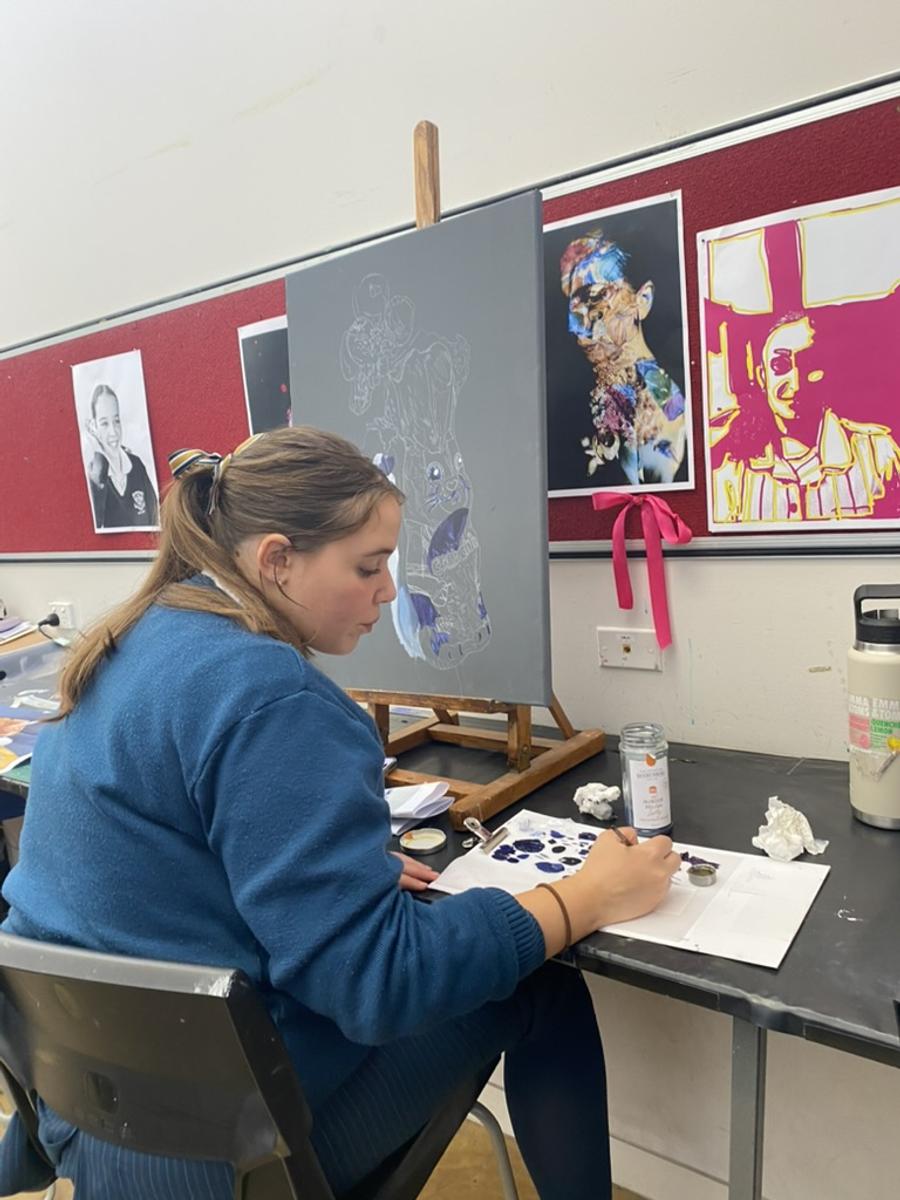
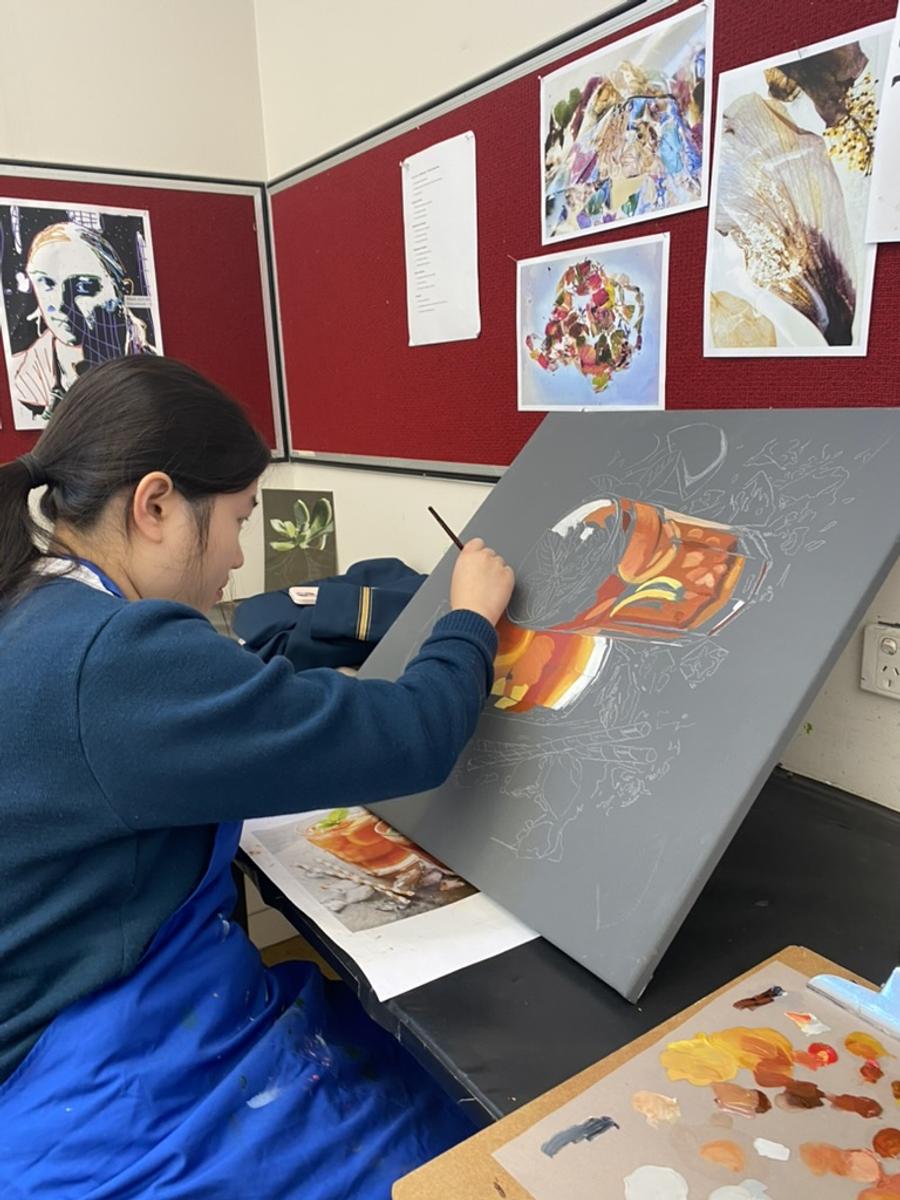
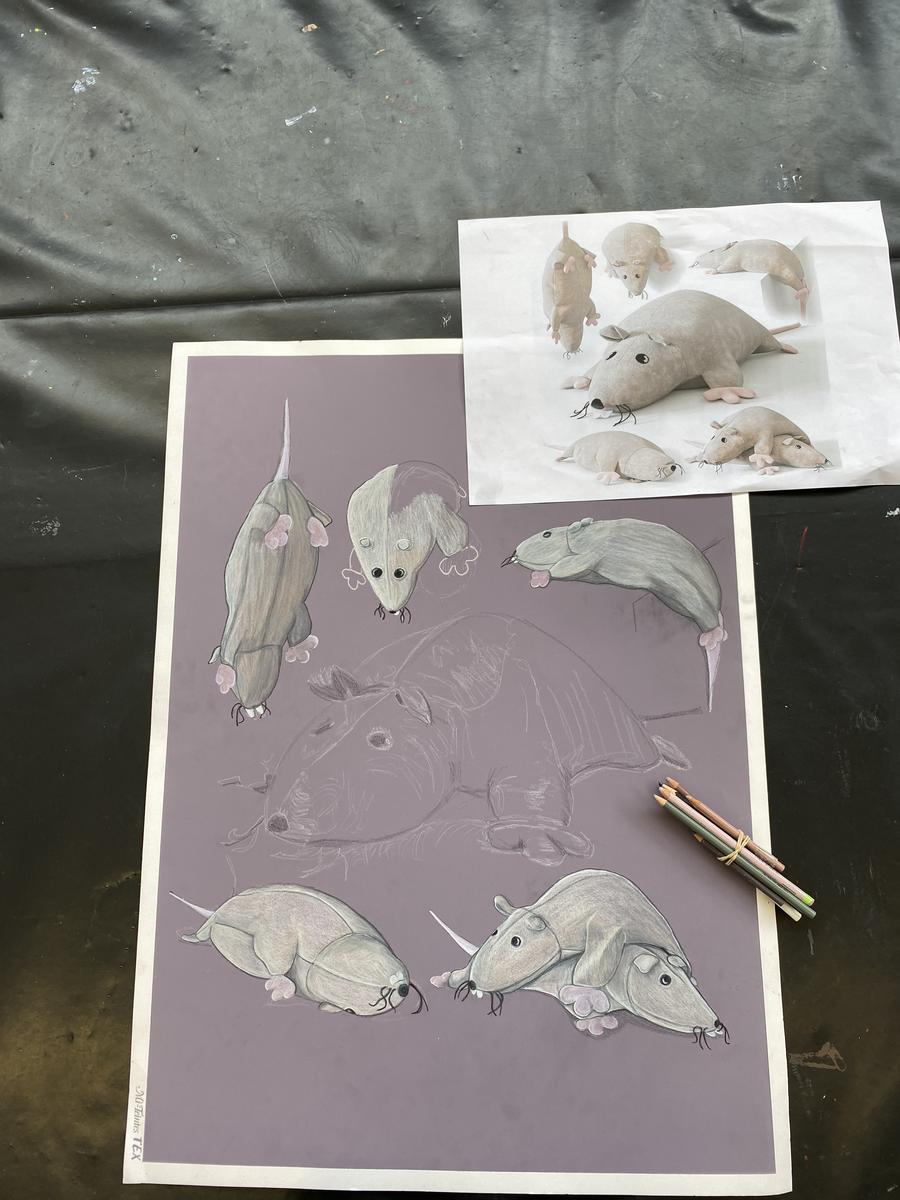
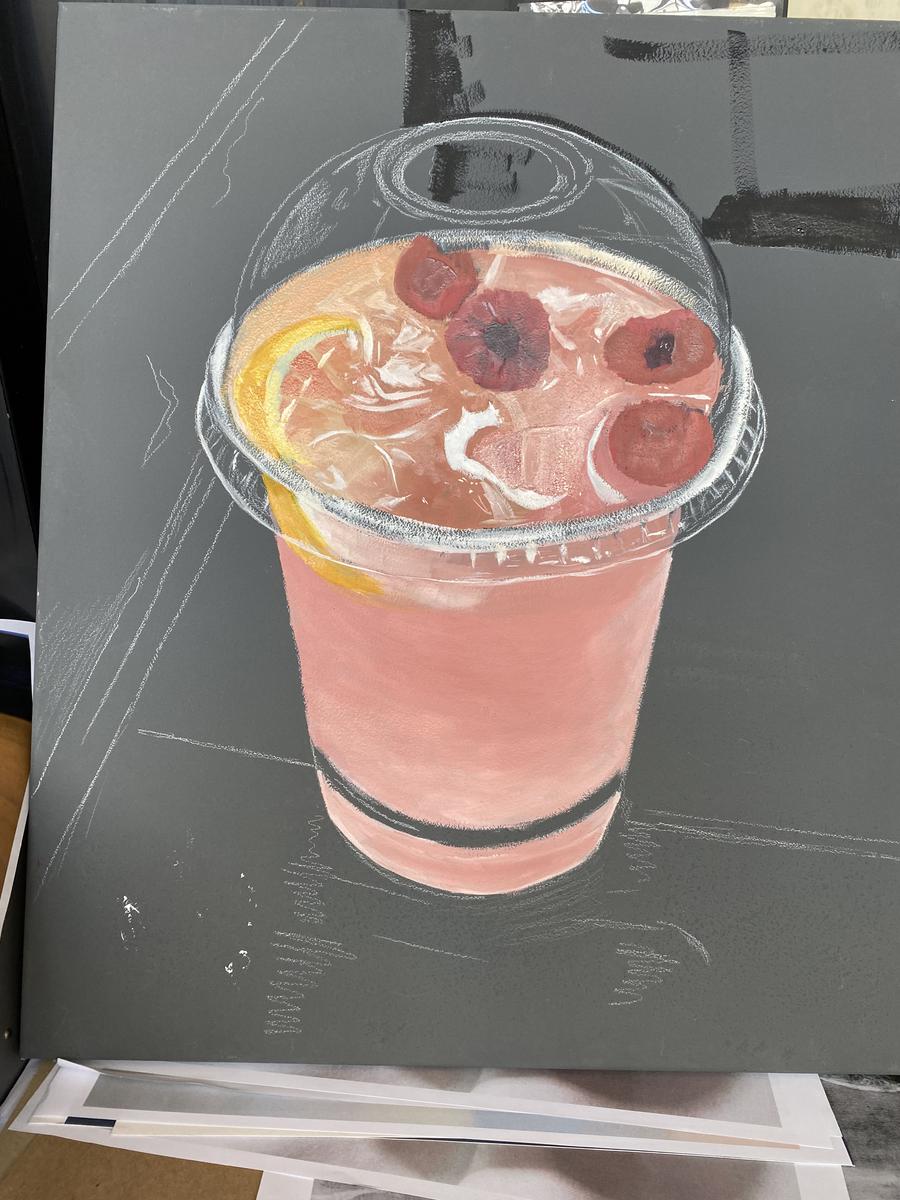
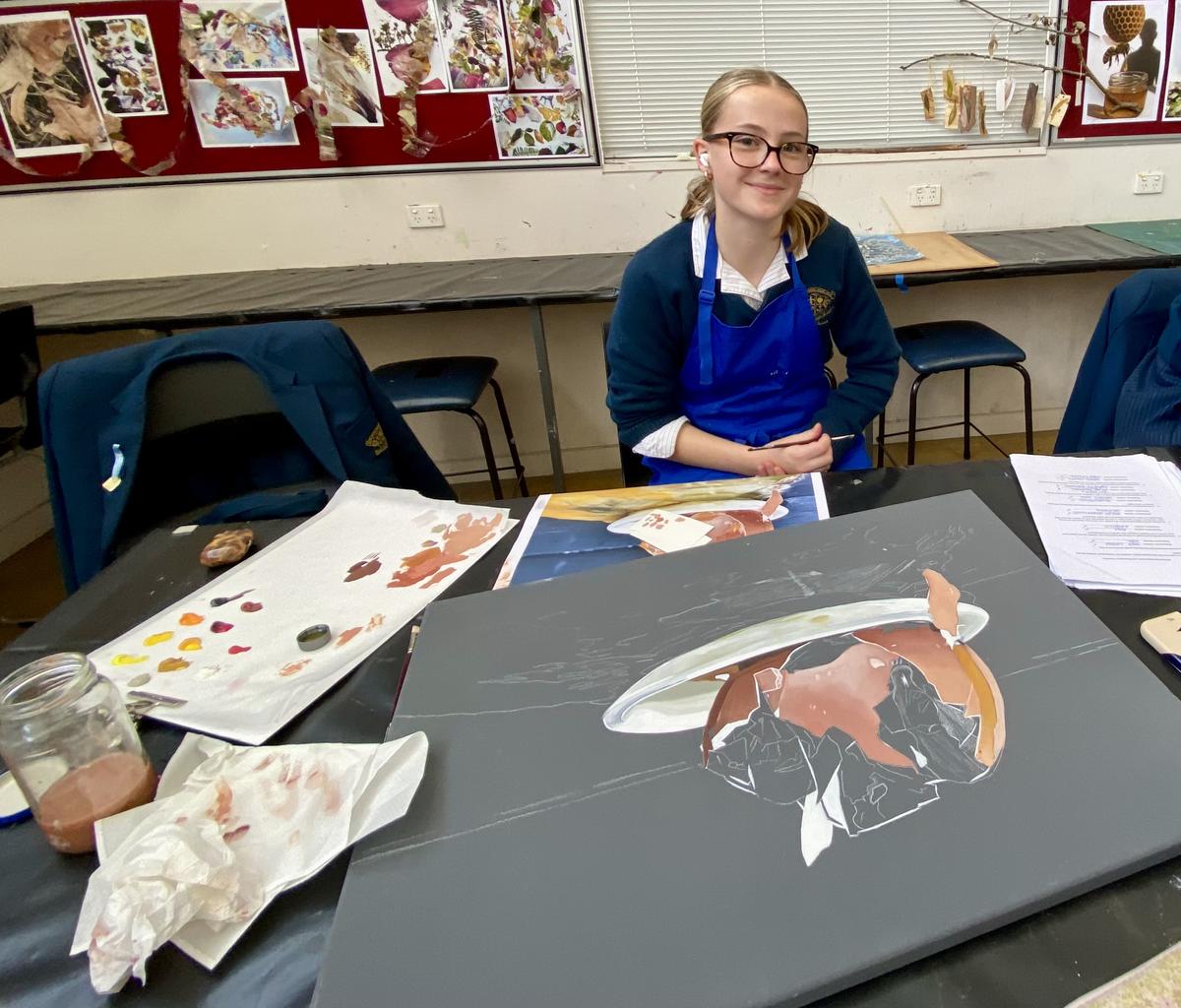
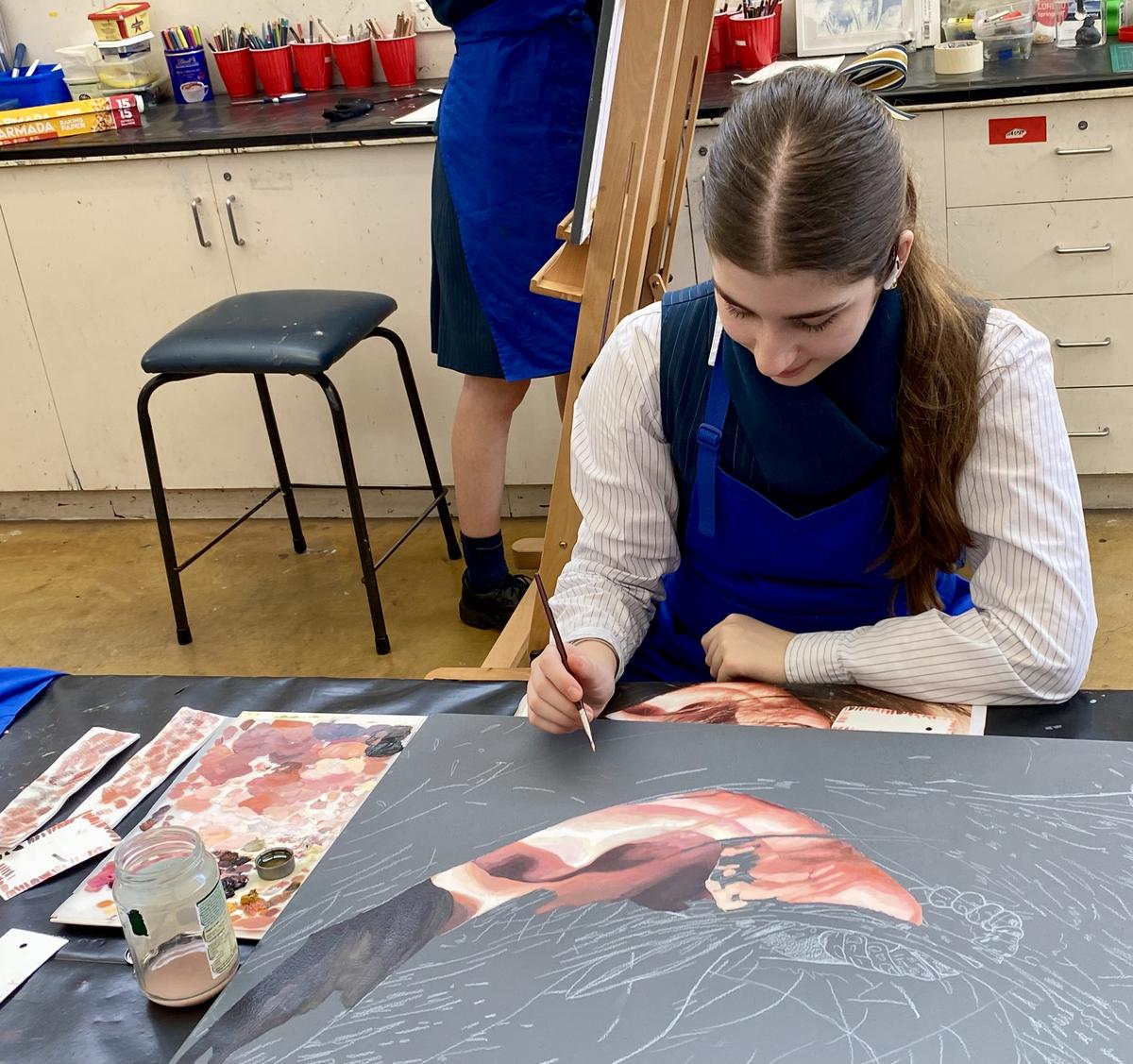

















Jacky Hamilton and Jo Maycock
Senior School Visual Art Department
As part of the Sound, Heat and Light Unit, our Year 9 Science classes have thoroughly enjoyed working with a Ray Box to study the behaviour of light when using plane and curved mirrors and concave and convex lenses. Prisms were also included to create magnificent rainbows and optical illusions were fun to explore. The girls even dissected a cow’s eye to familiarise themselves further with the structure and function of the eye.
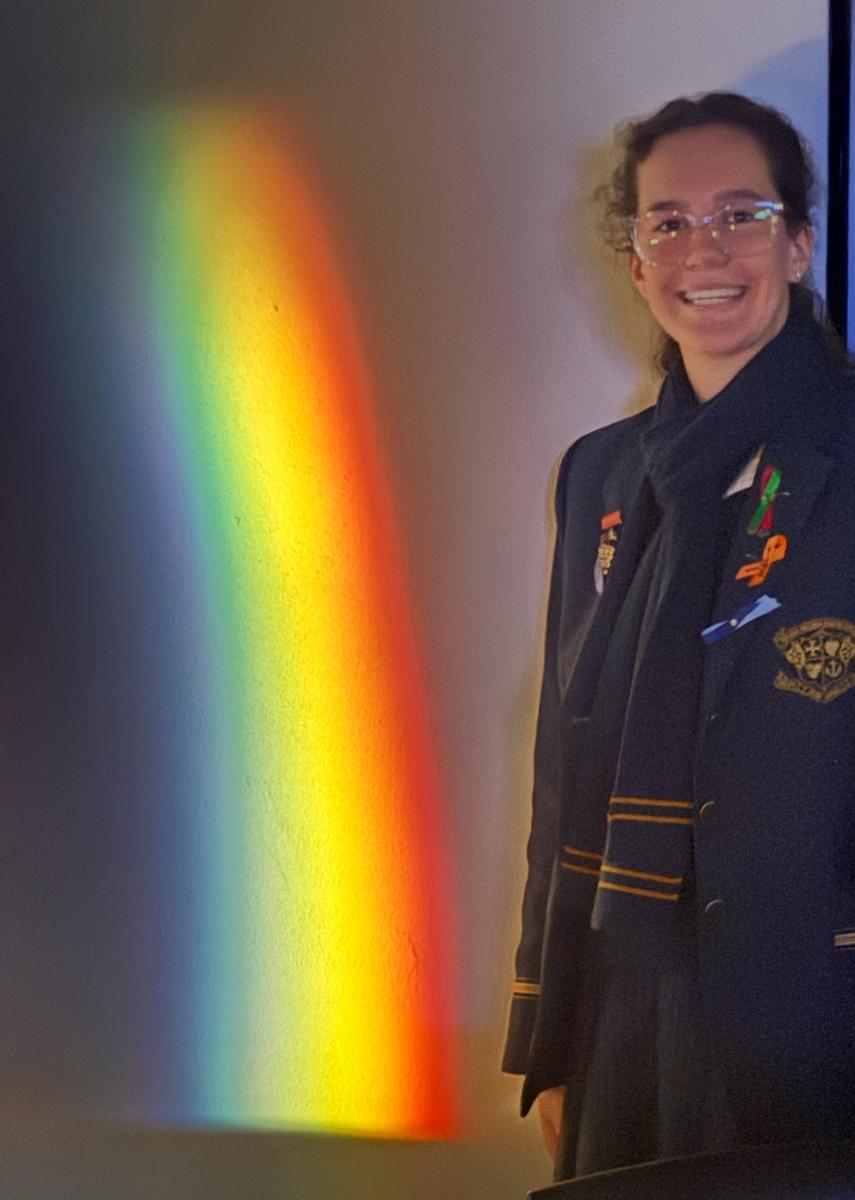
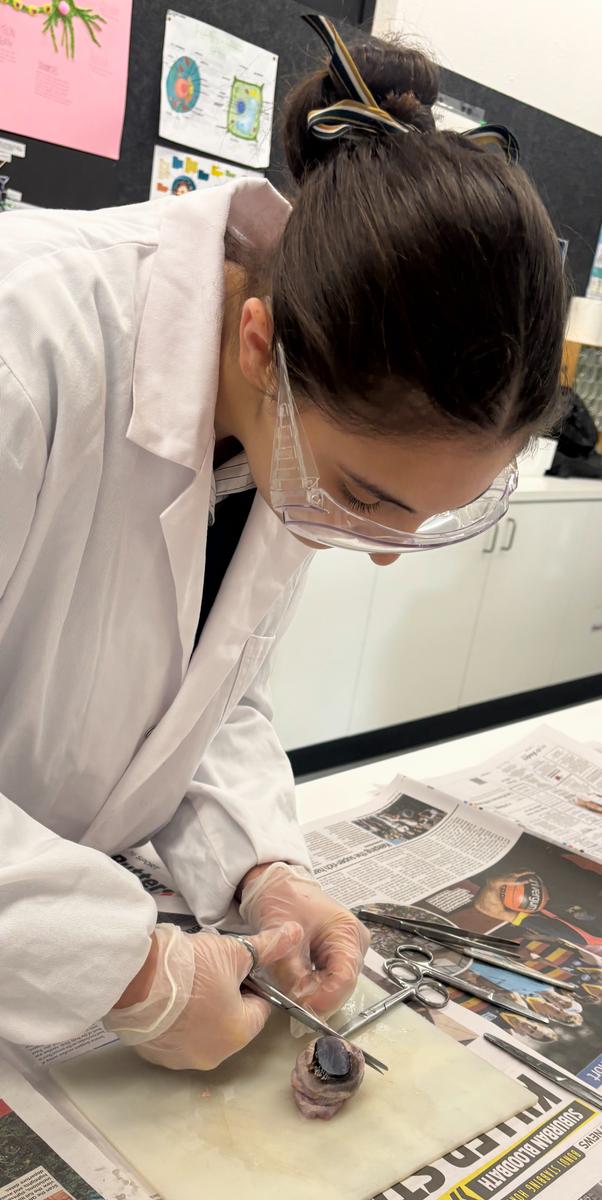
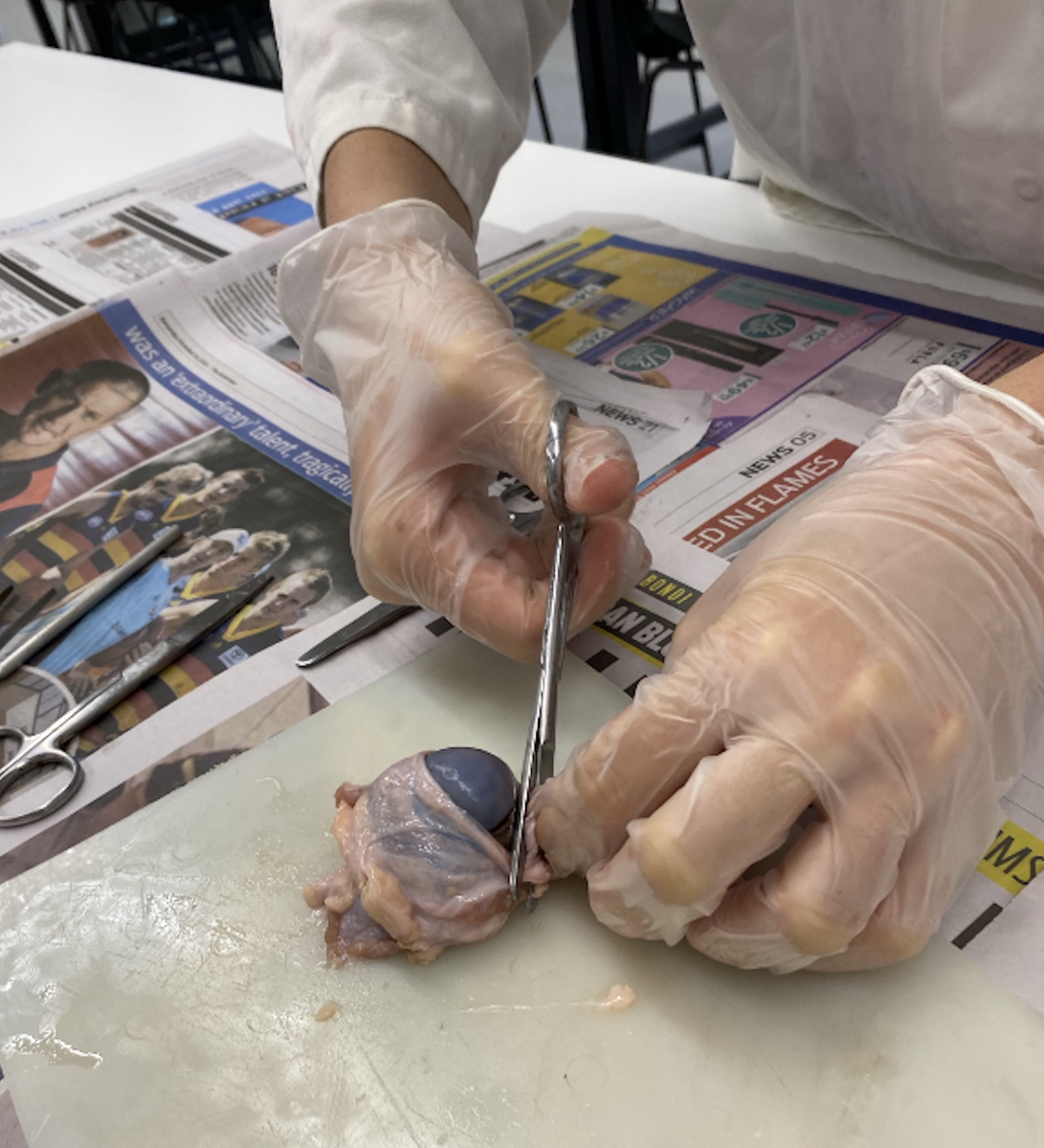
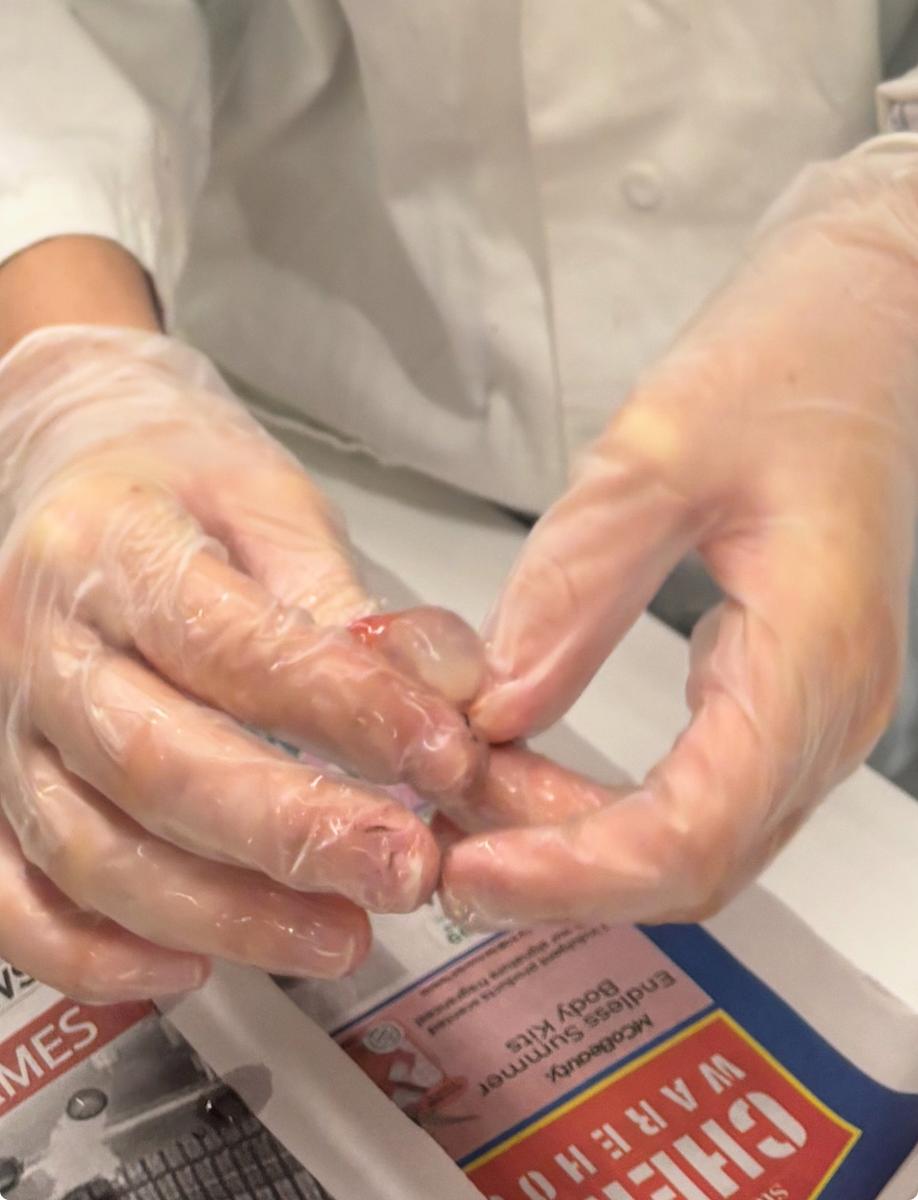
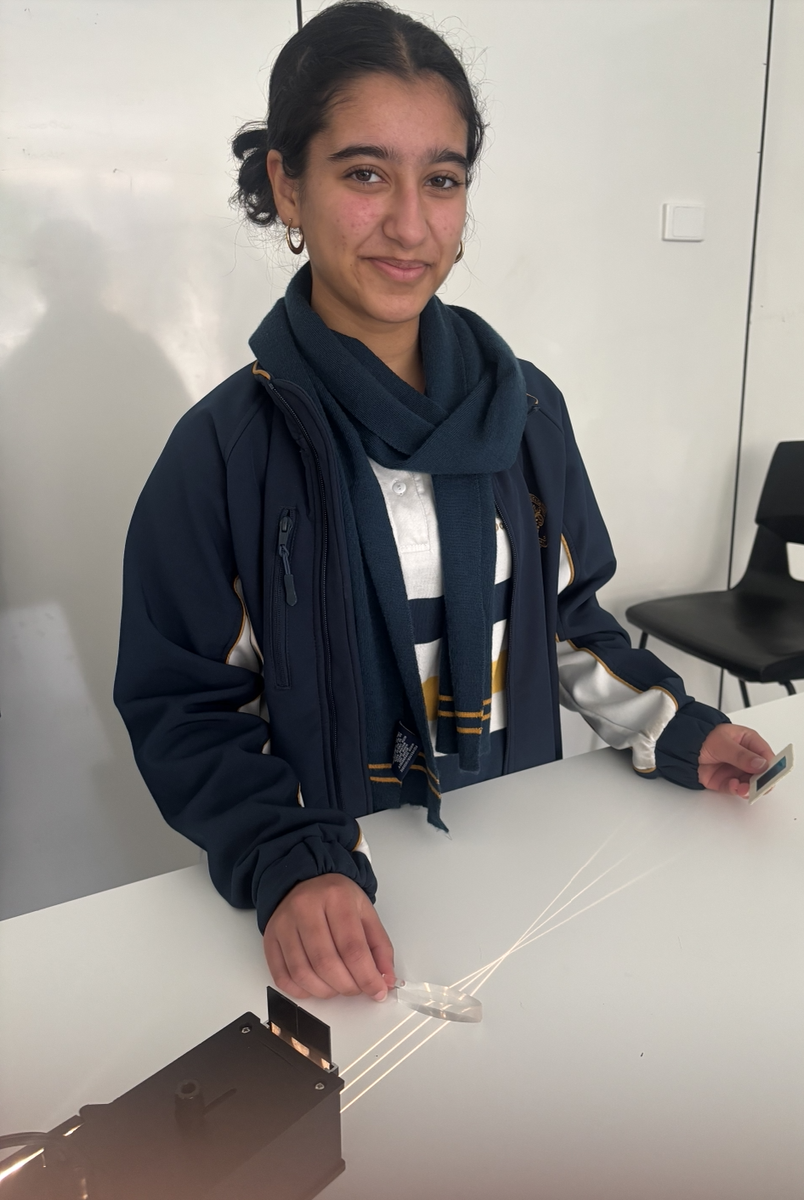
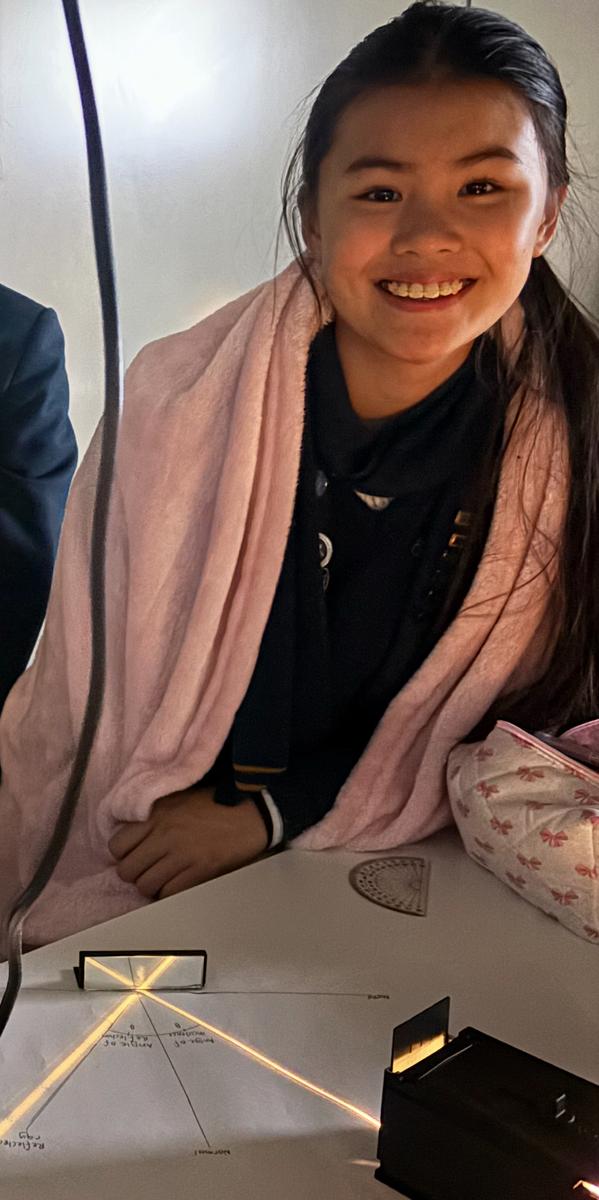
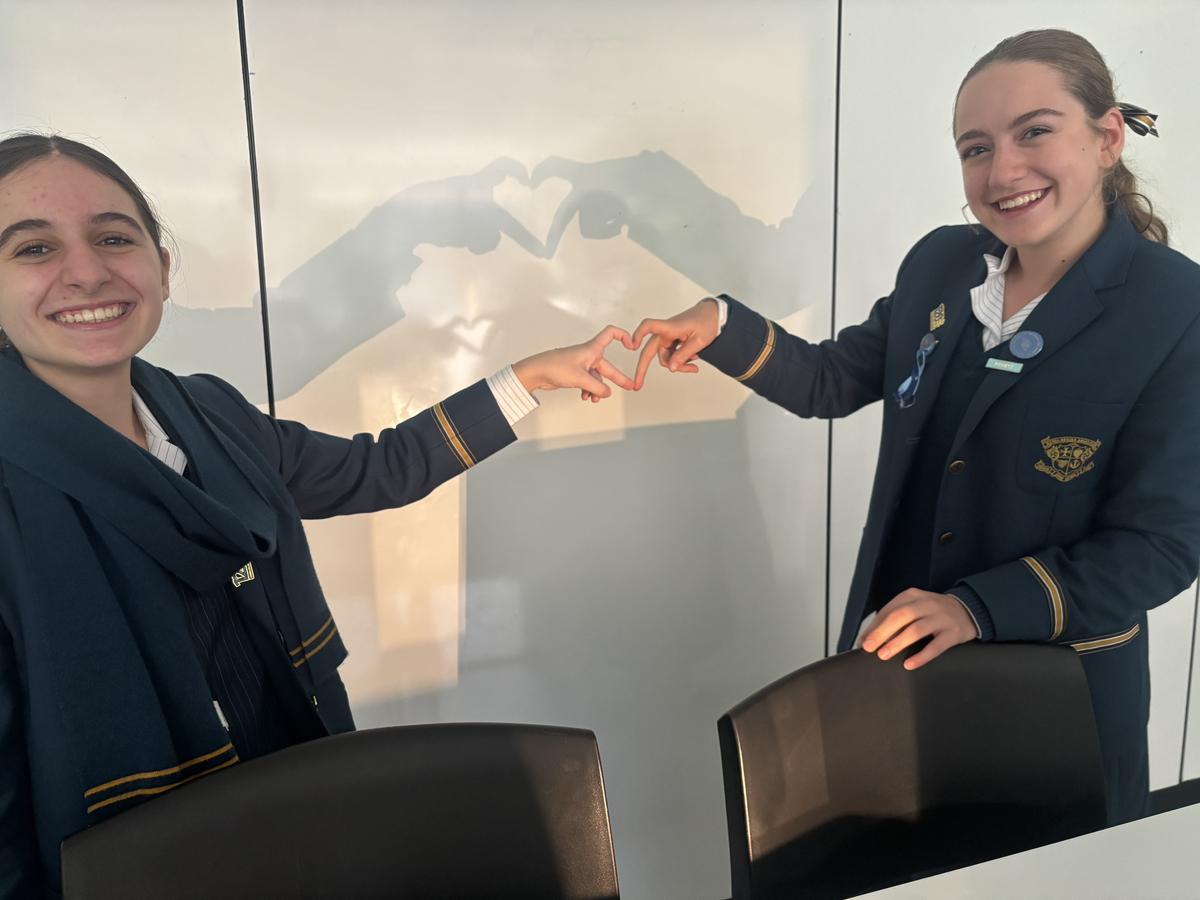
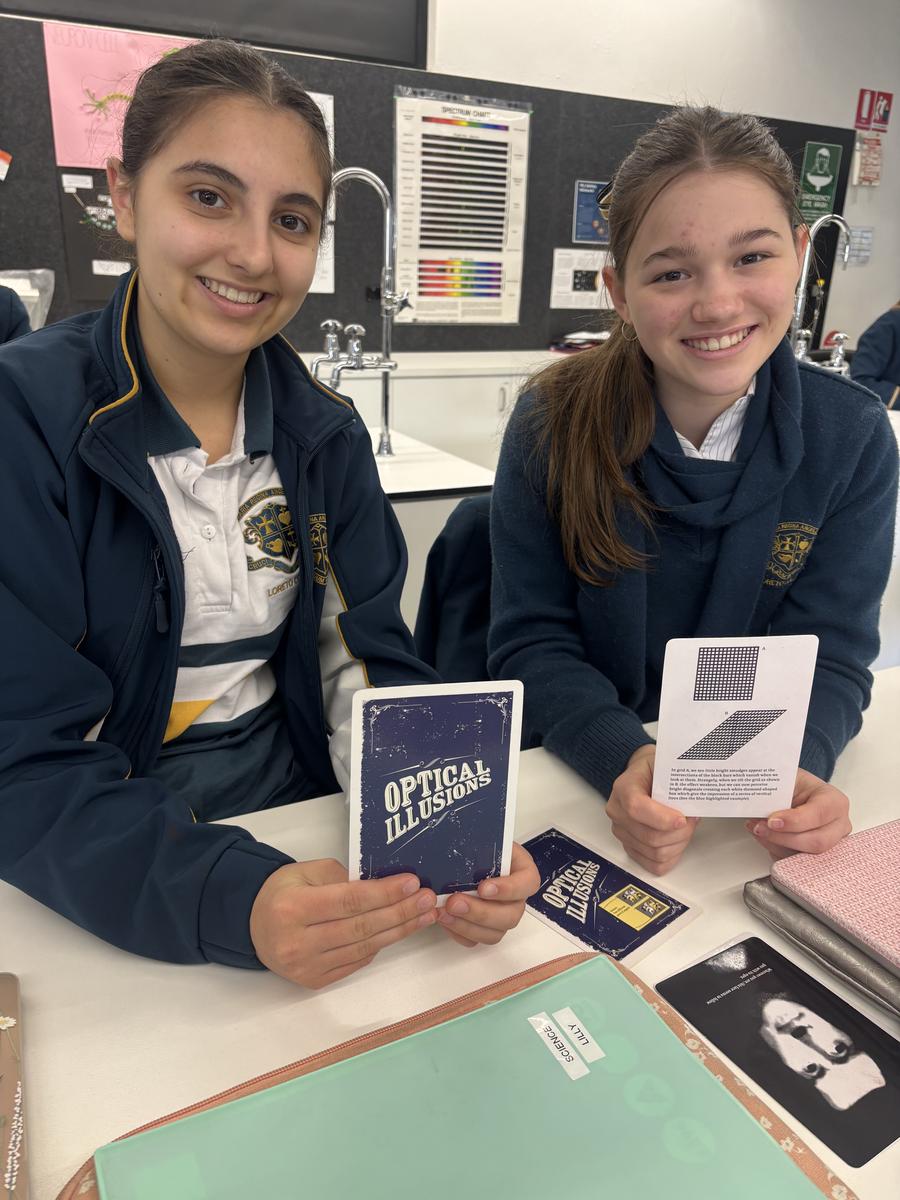
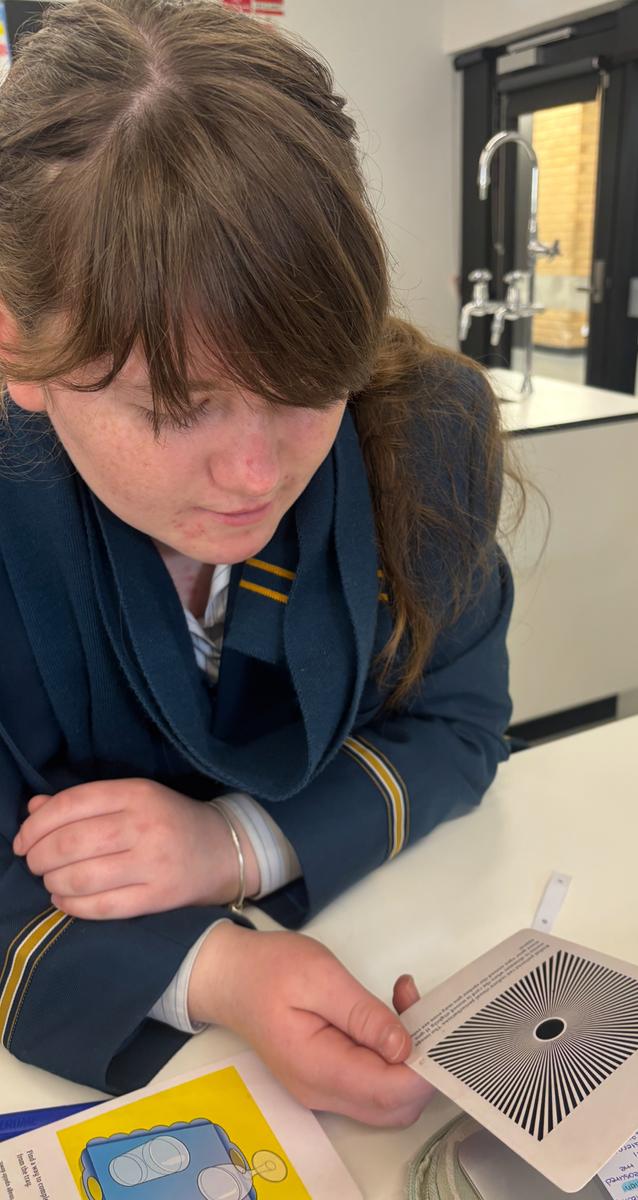









Patty Warrender
Biology/Science Teacher

